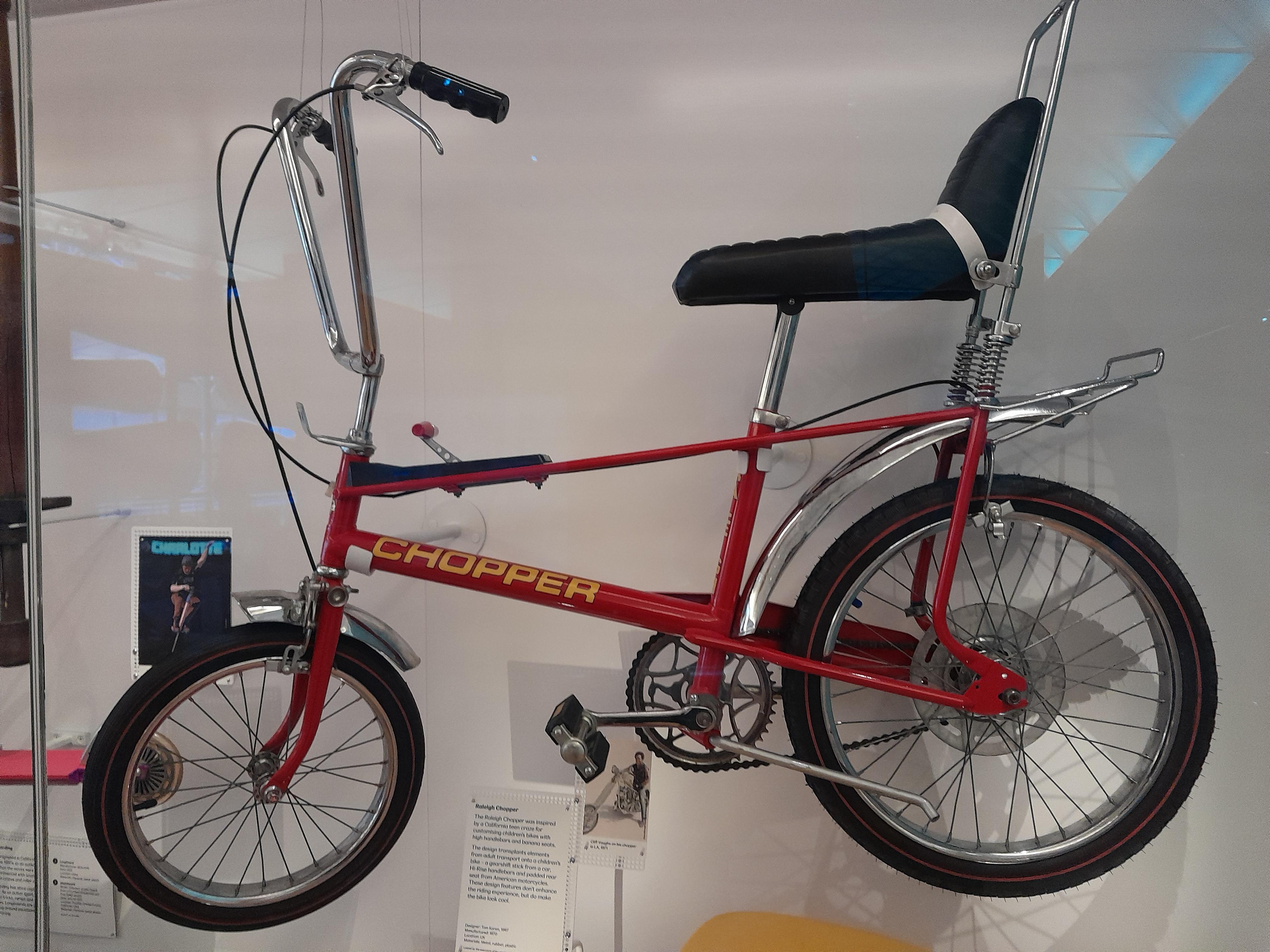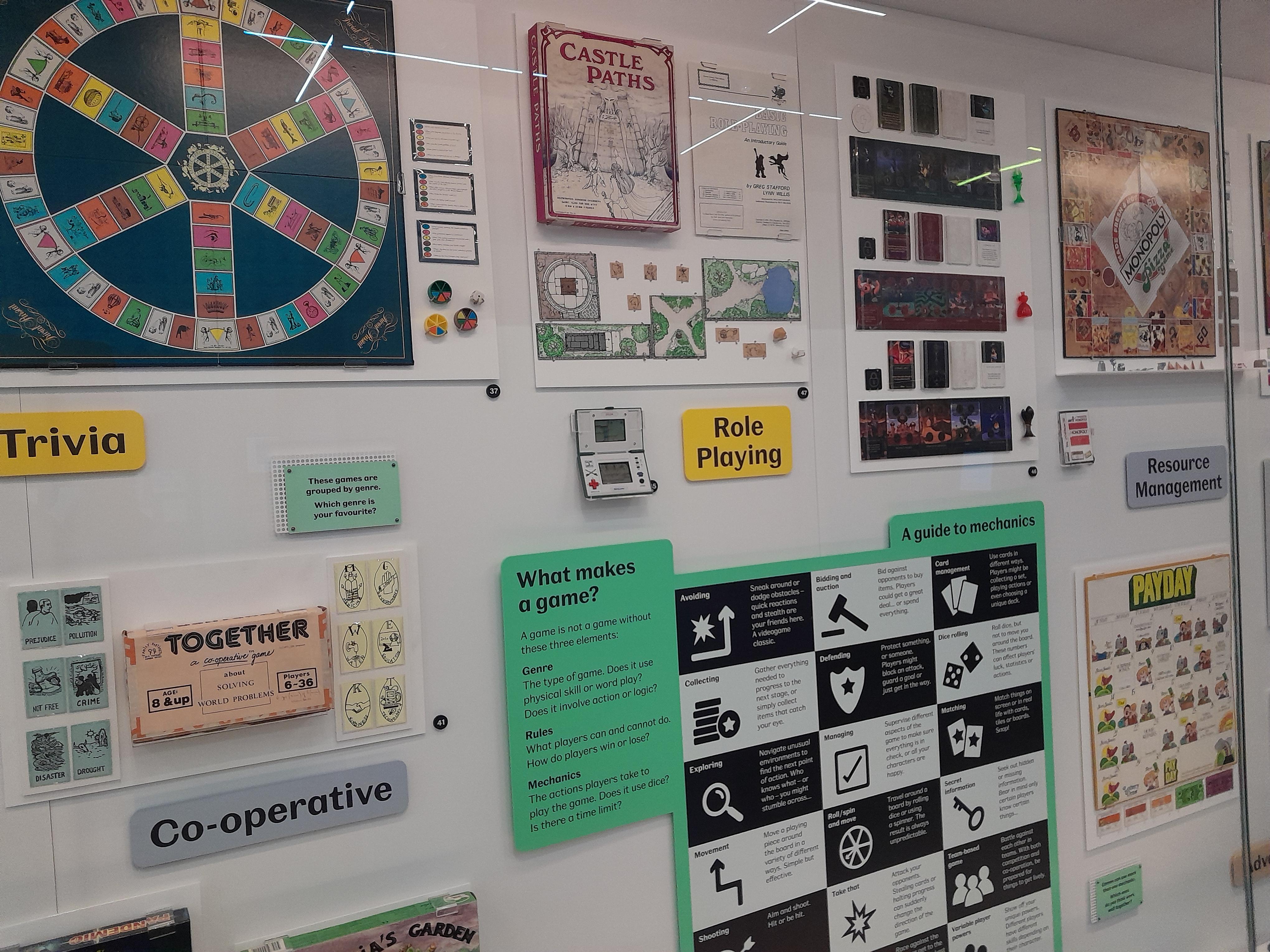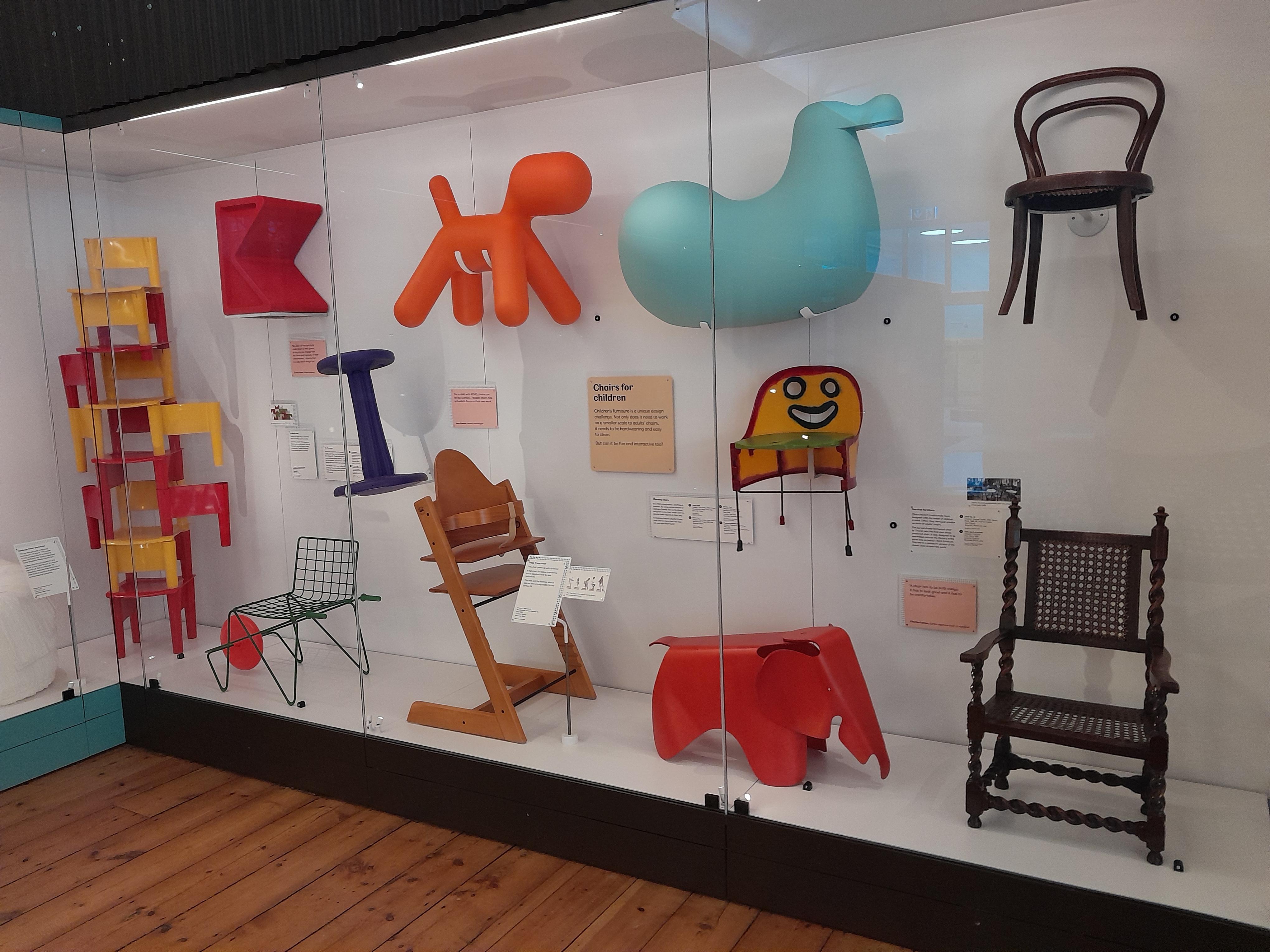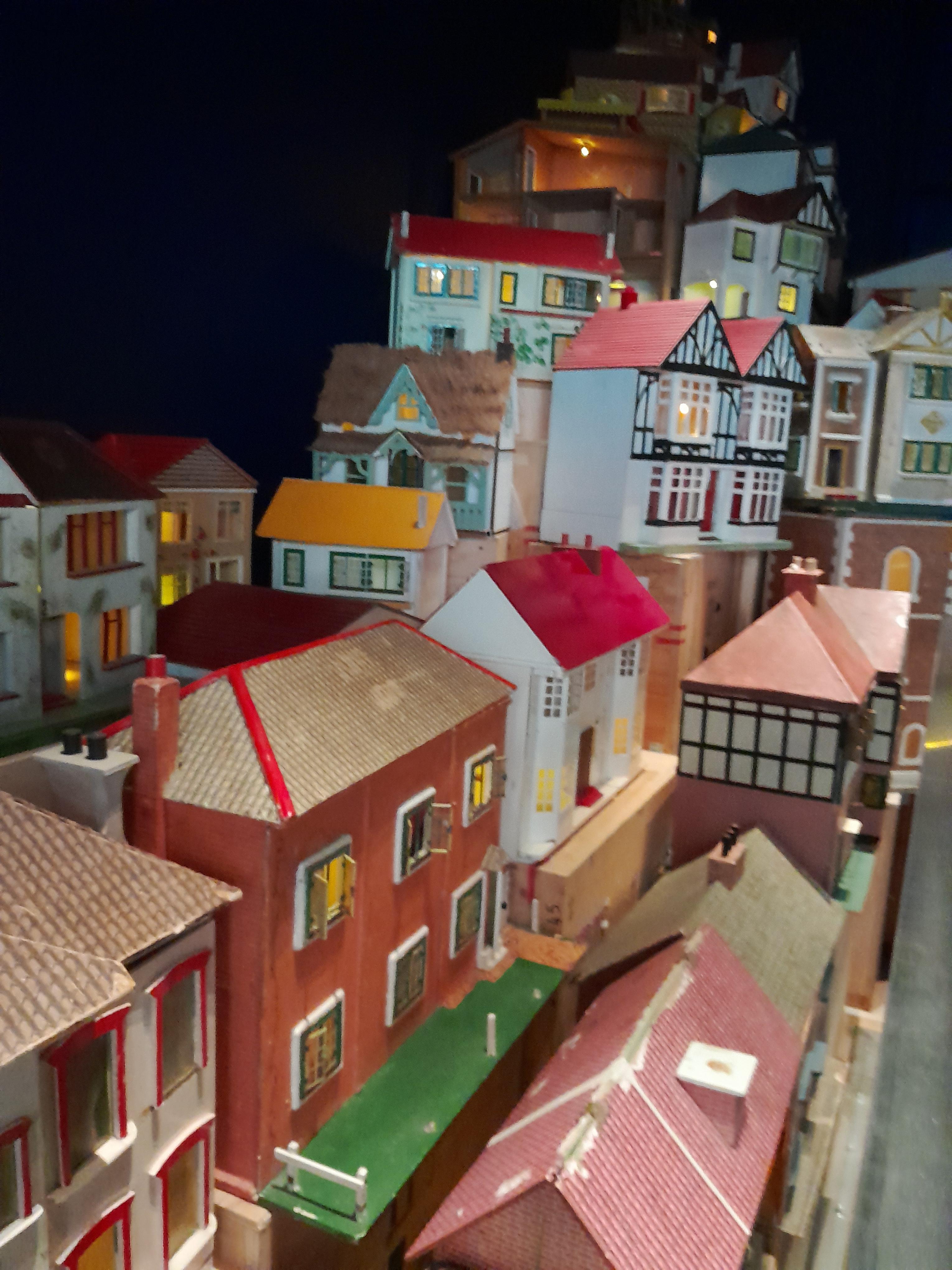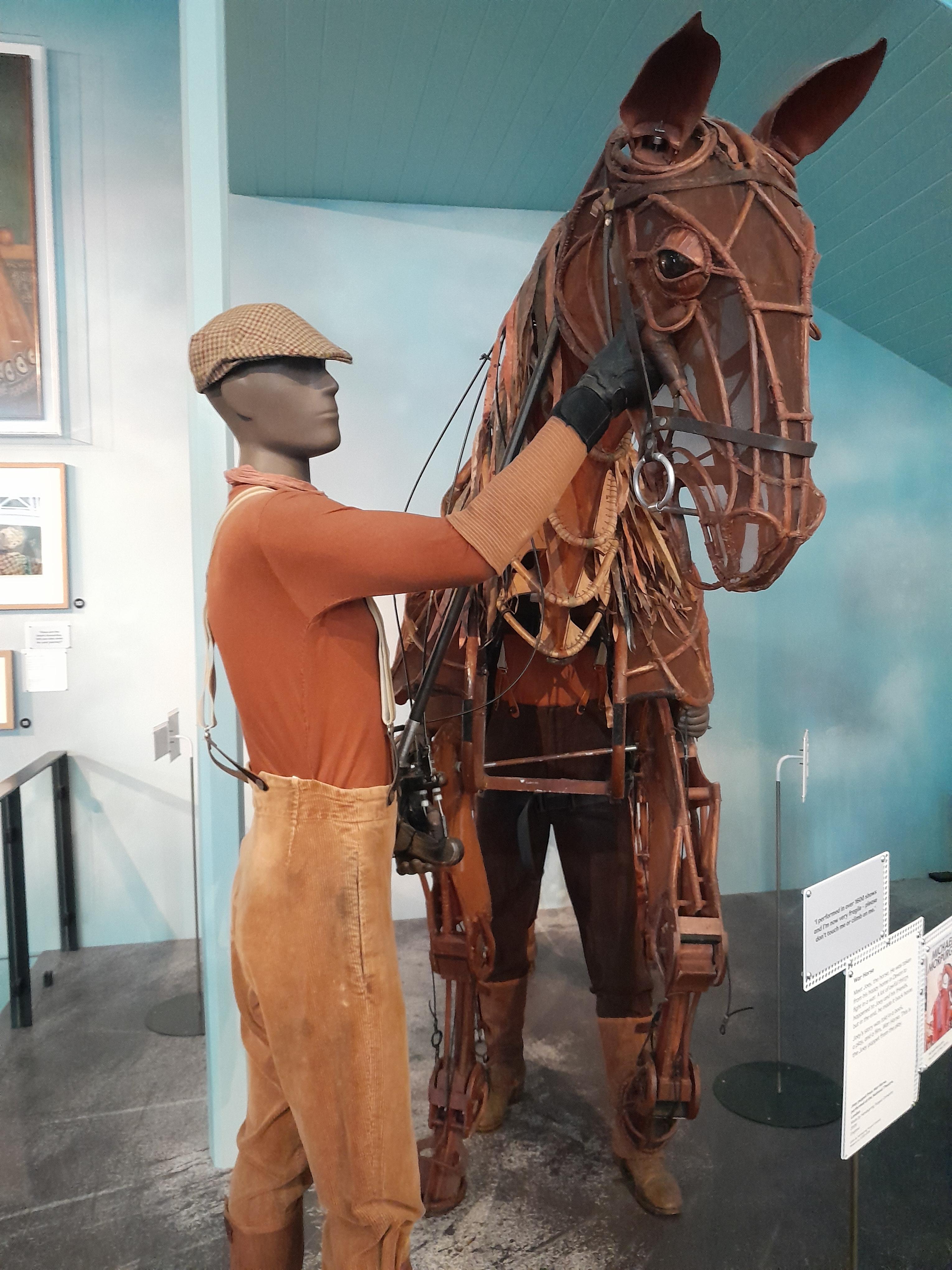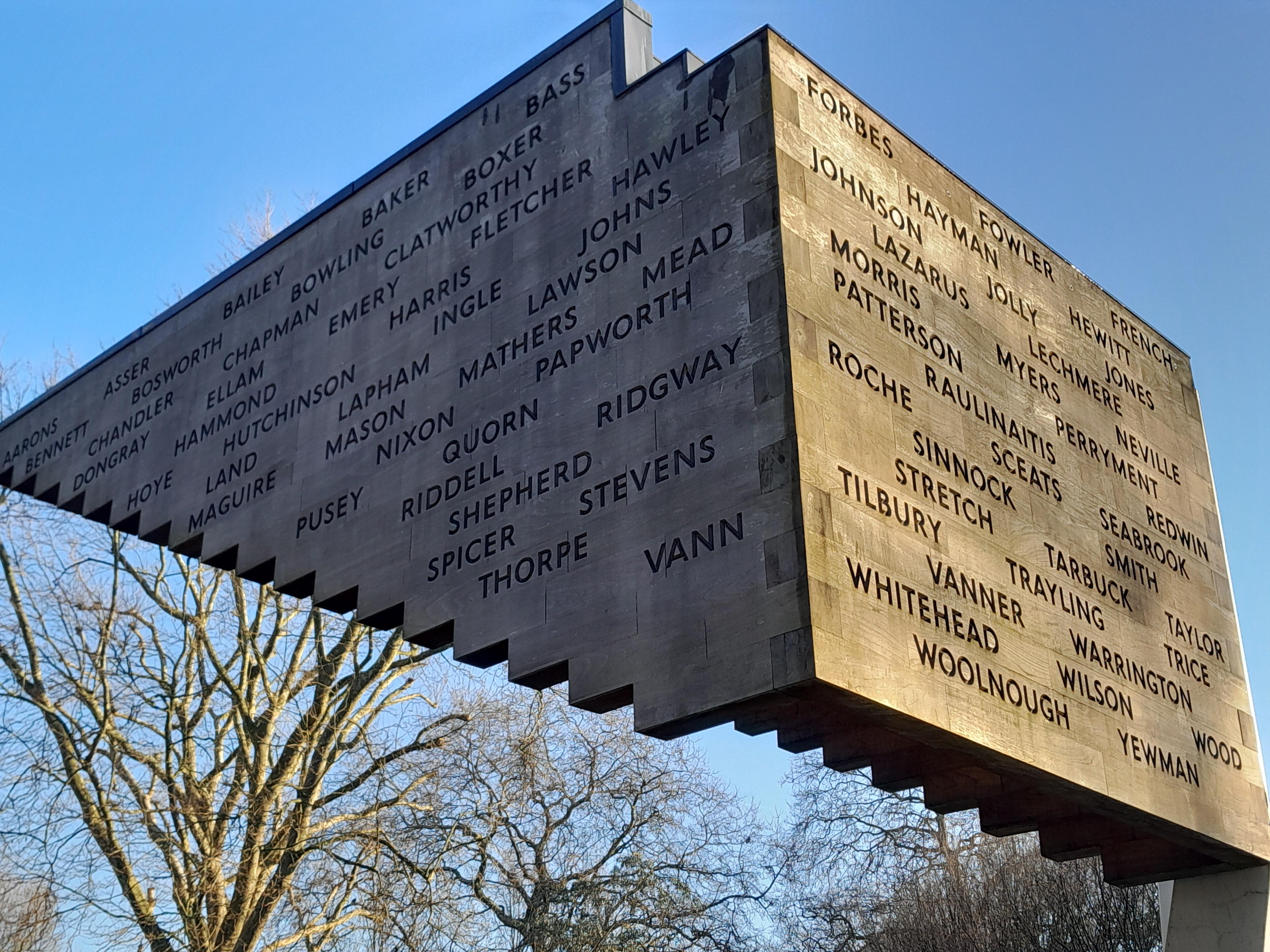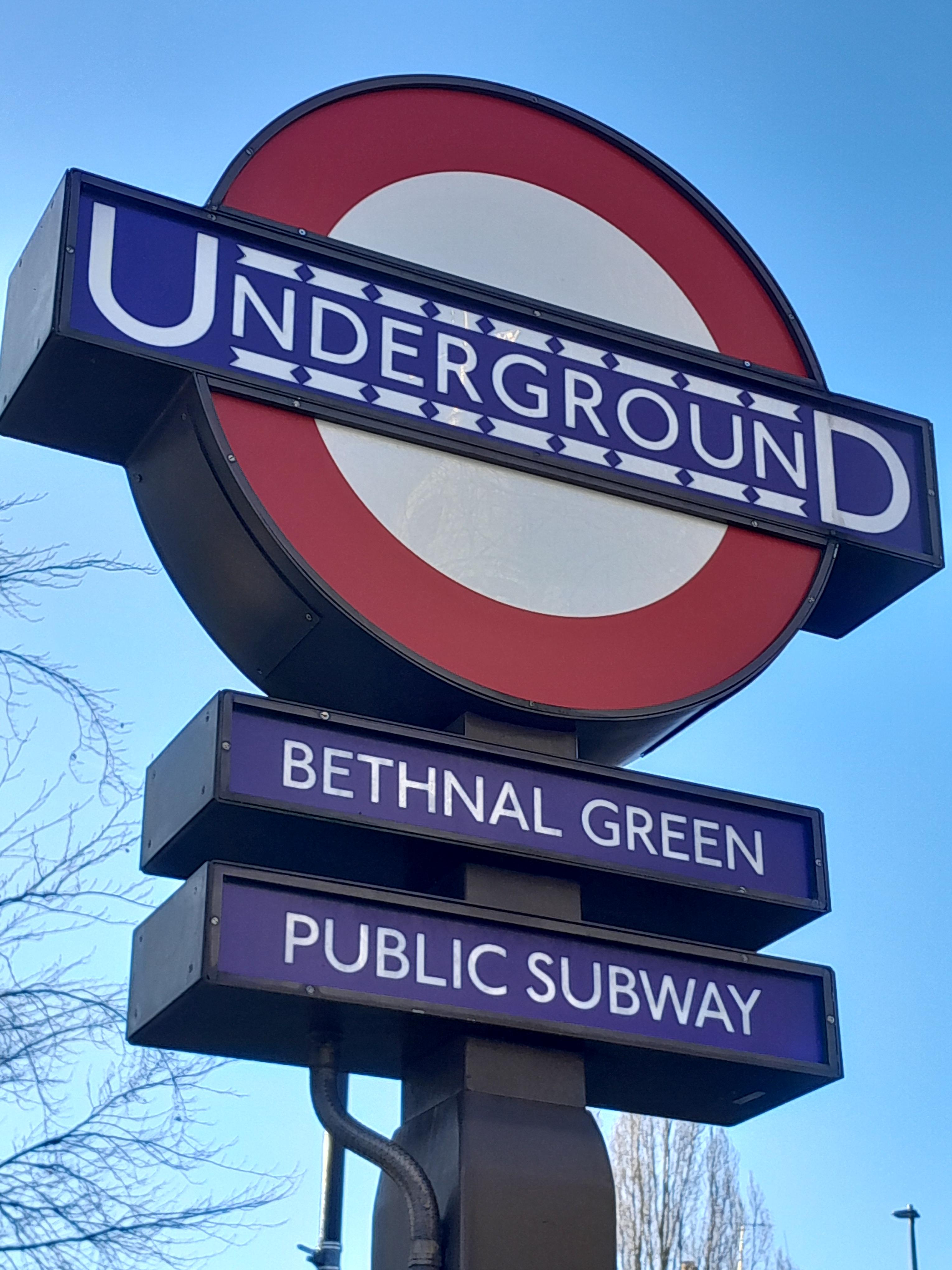
Be a rainbow explorer
York Minster Christmas Tree Festival
York Minster
Deangate
York
YO1 7HH
Tel: 01904 557200
Email: info@yorkminster.org
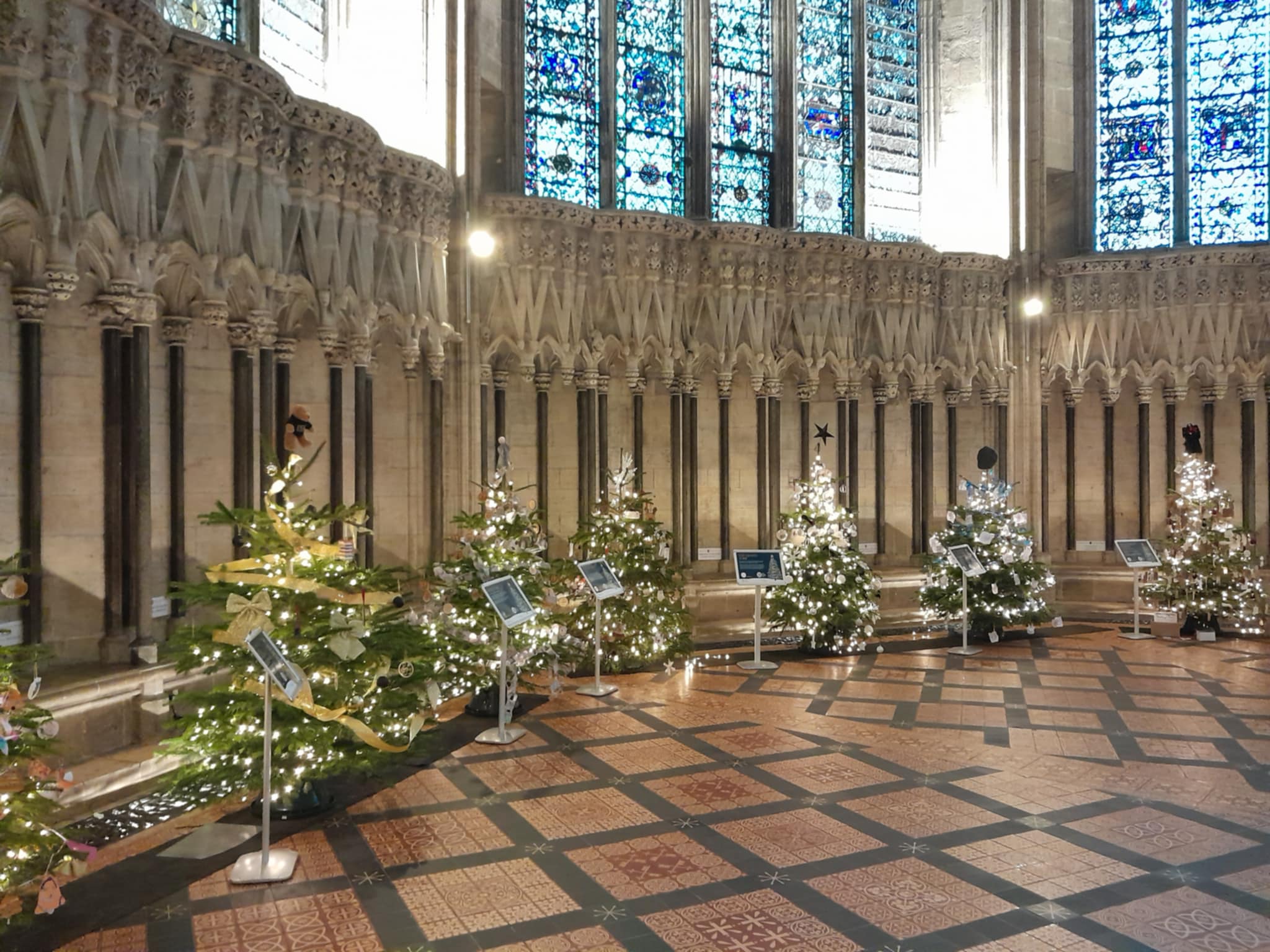
York Minster is a beautiful place to visit at any time of
the year but at Christmas it is even more magical, ethereal and festive! The
Christmas tree festival began in November 2021 towards the end of the
pandemic. It was held in a festive
marquee set by the Minster’s South Piazza and was a way to spread seasonal
cheer after a couple of difficult years dealing with the Covid pandemic.
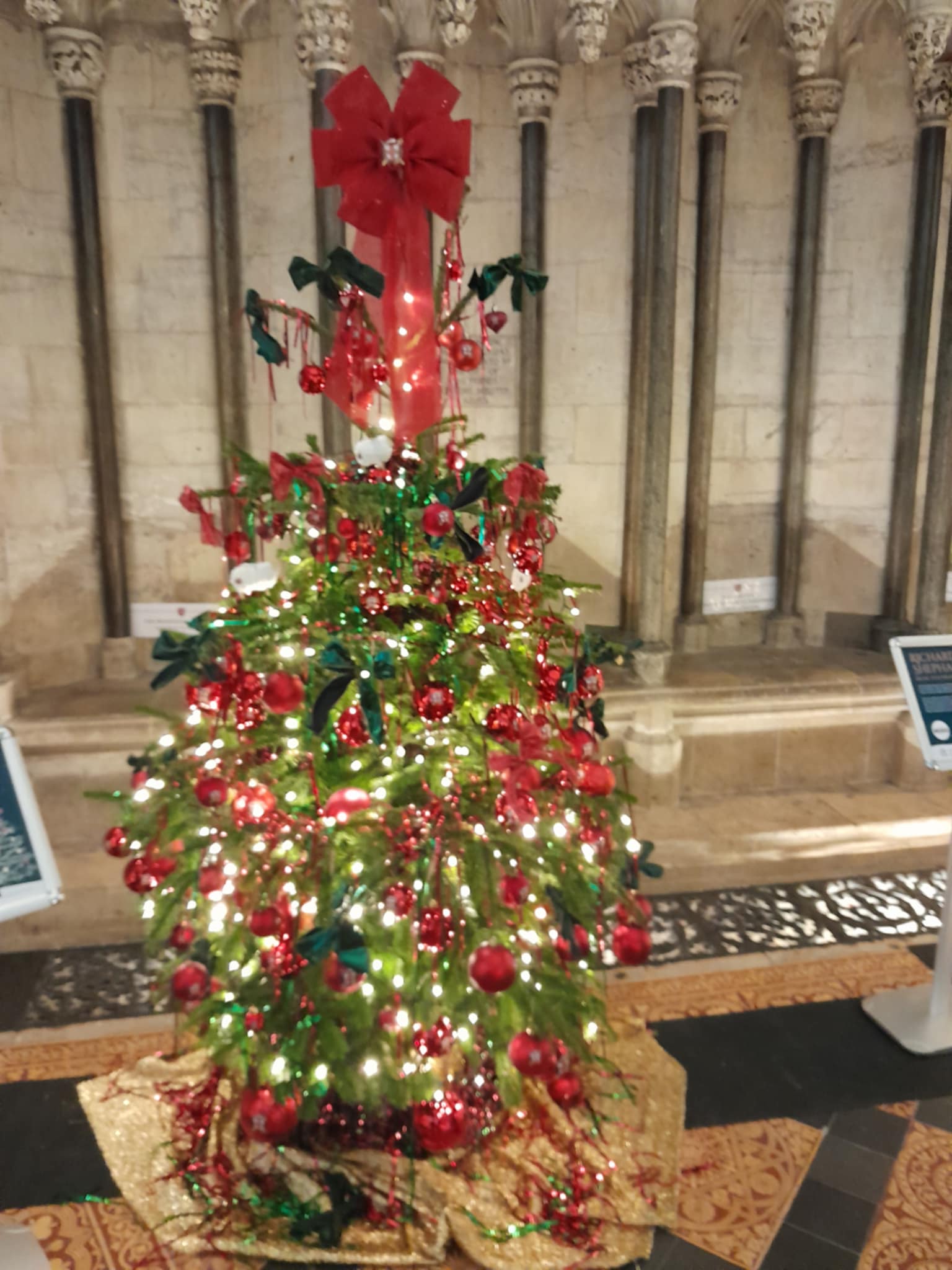
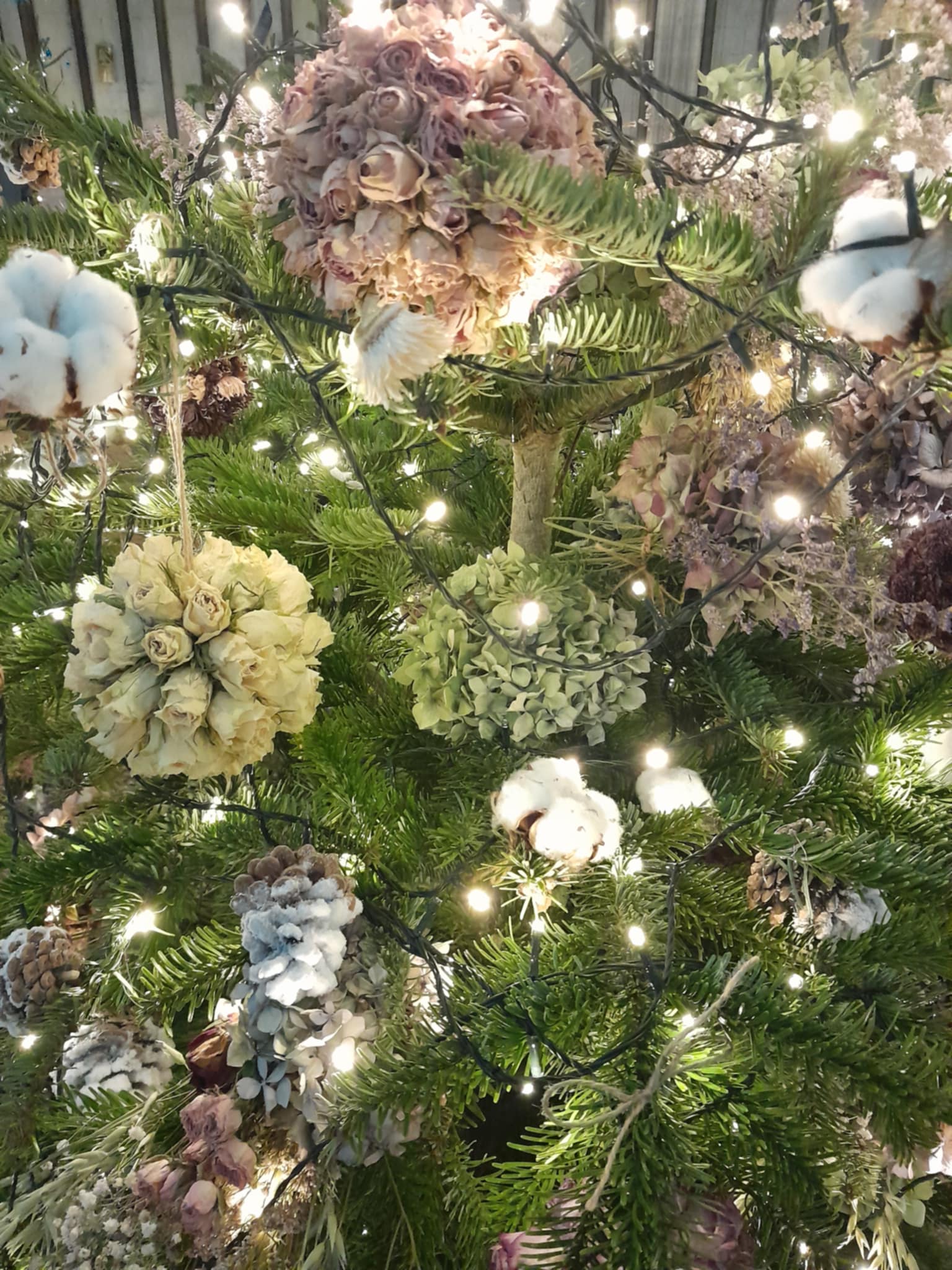
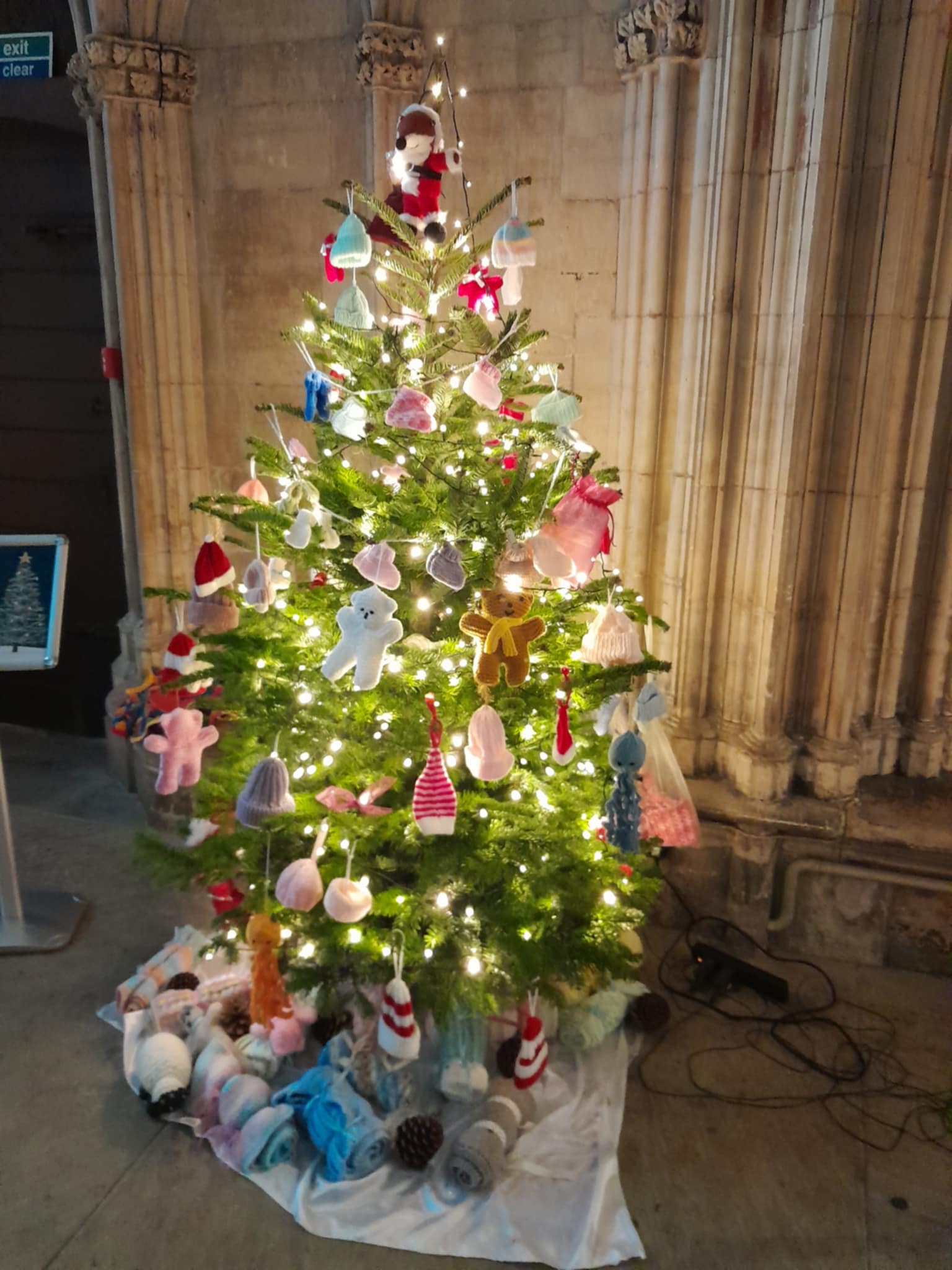
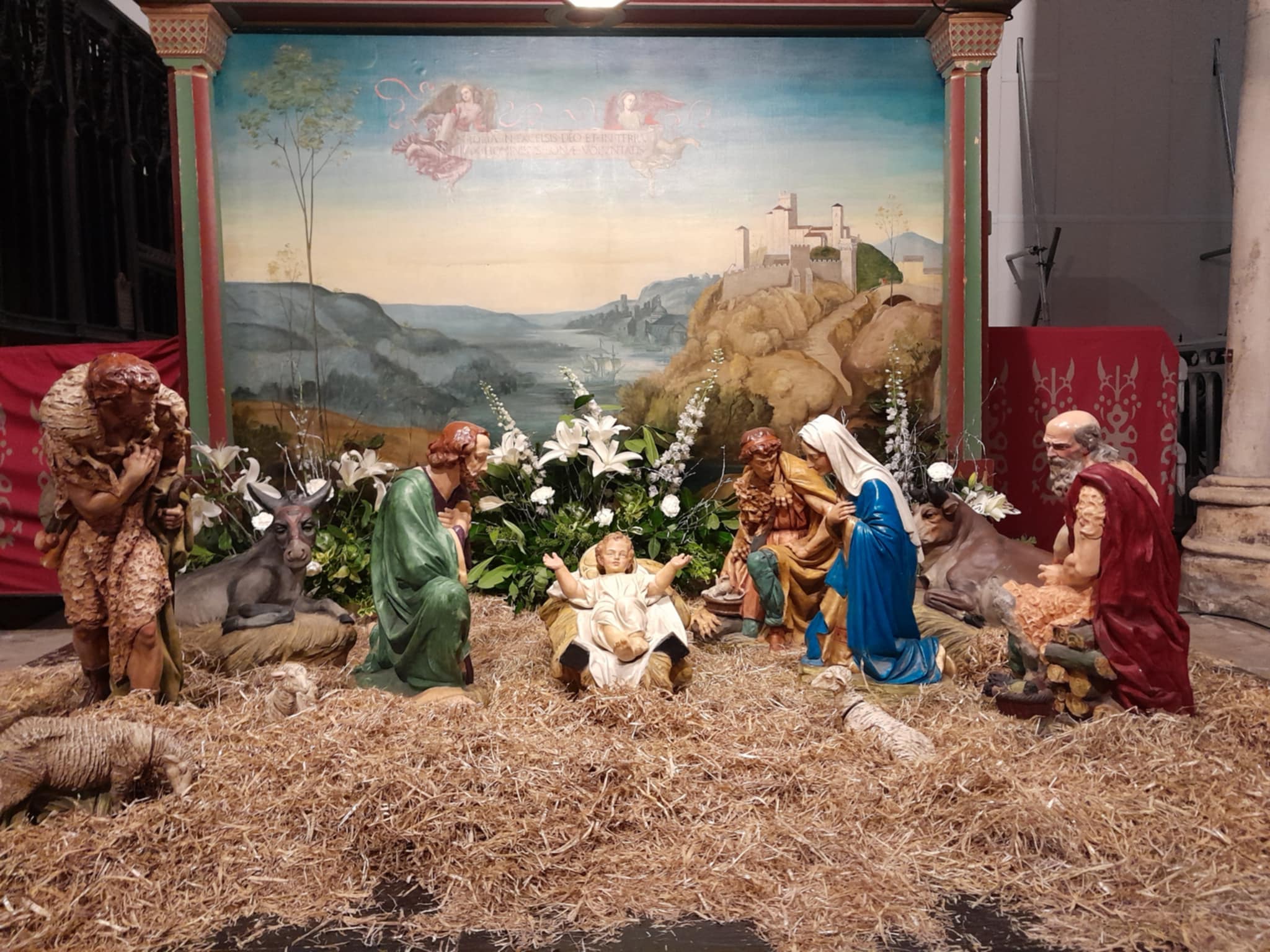
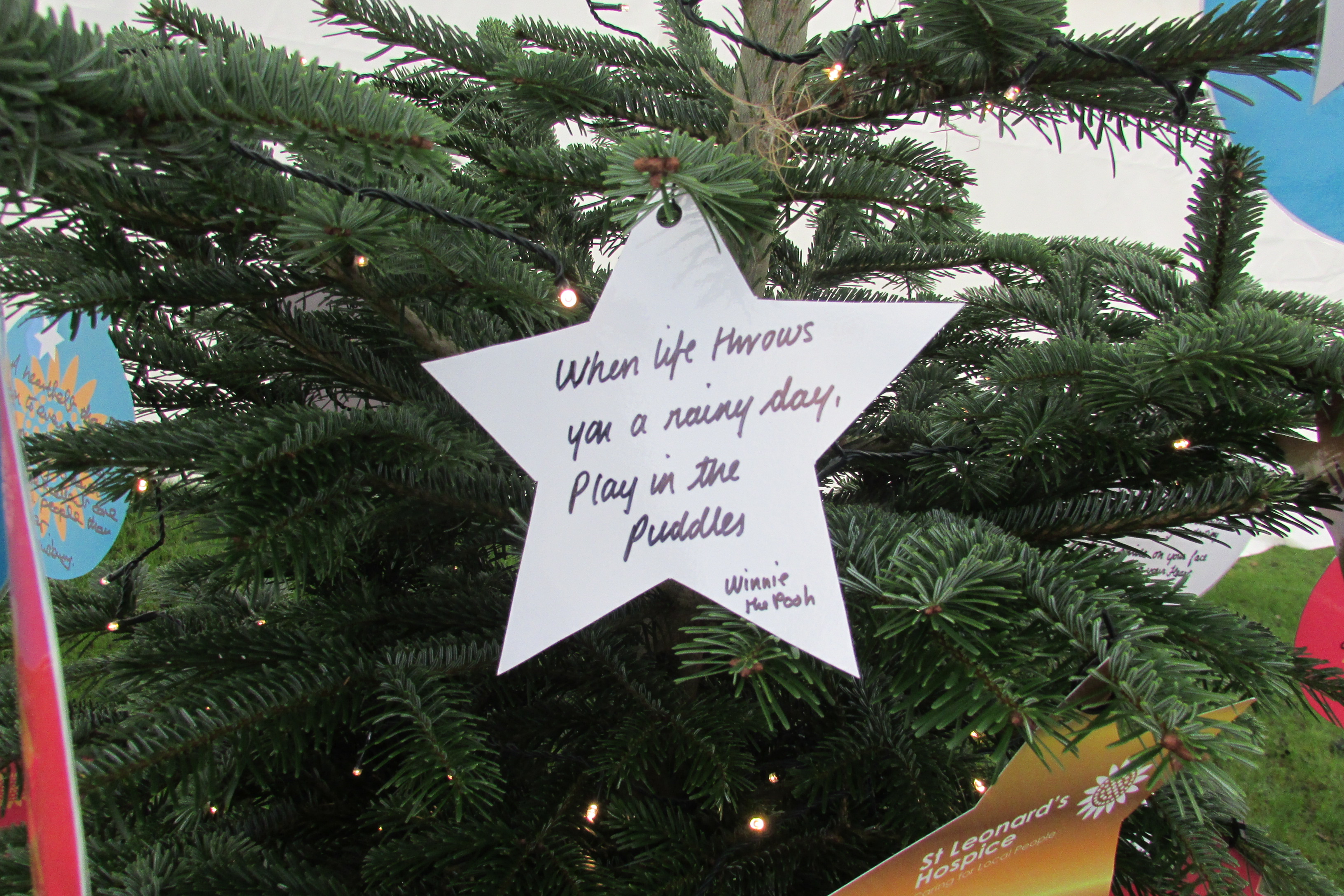
The British Ironwork Centre
Aston
Oswestry
Shropshire
SY11 4JH
www.britishironworkcentre.co.uk
Tel: 01691 610952
Email: infor@britishironworkcentre.co.uk
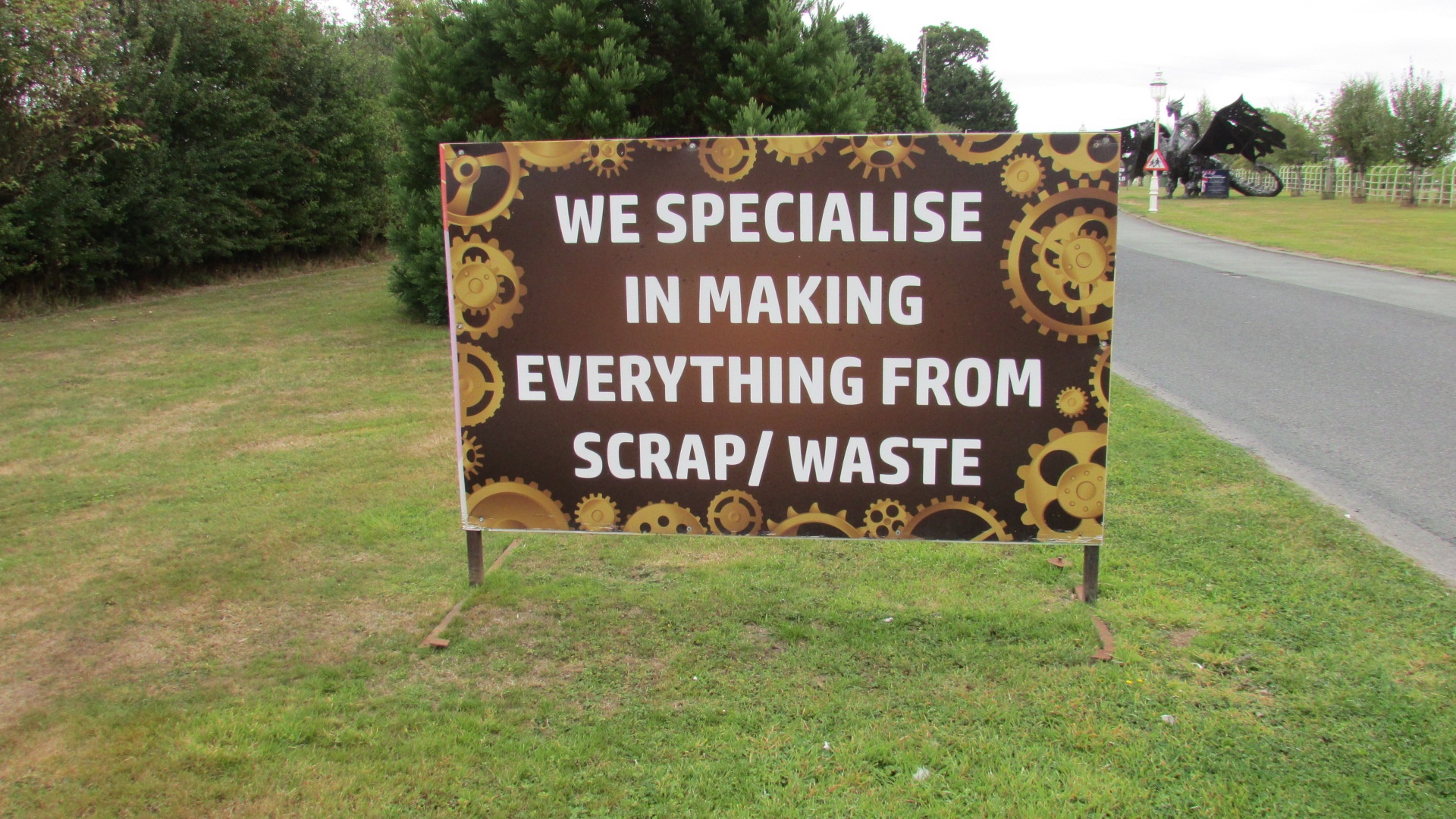
This site was recommended to me, so on a recent stay in
Shropshire, we decided to pay it a visit. It was a glum and showery day so I
was a bit unsure knowing that a lot of the site was outdoors, but this did not
dampen what turned out to be a fabulous visit.
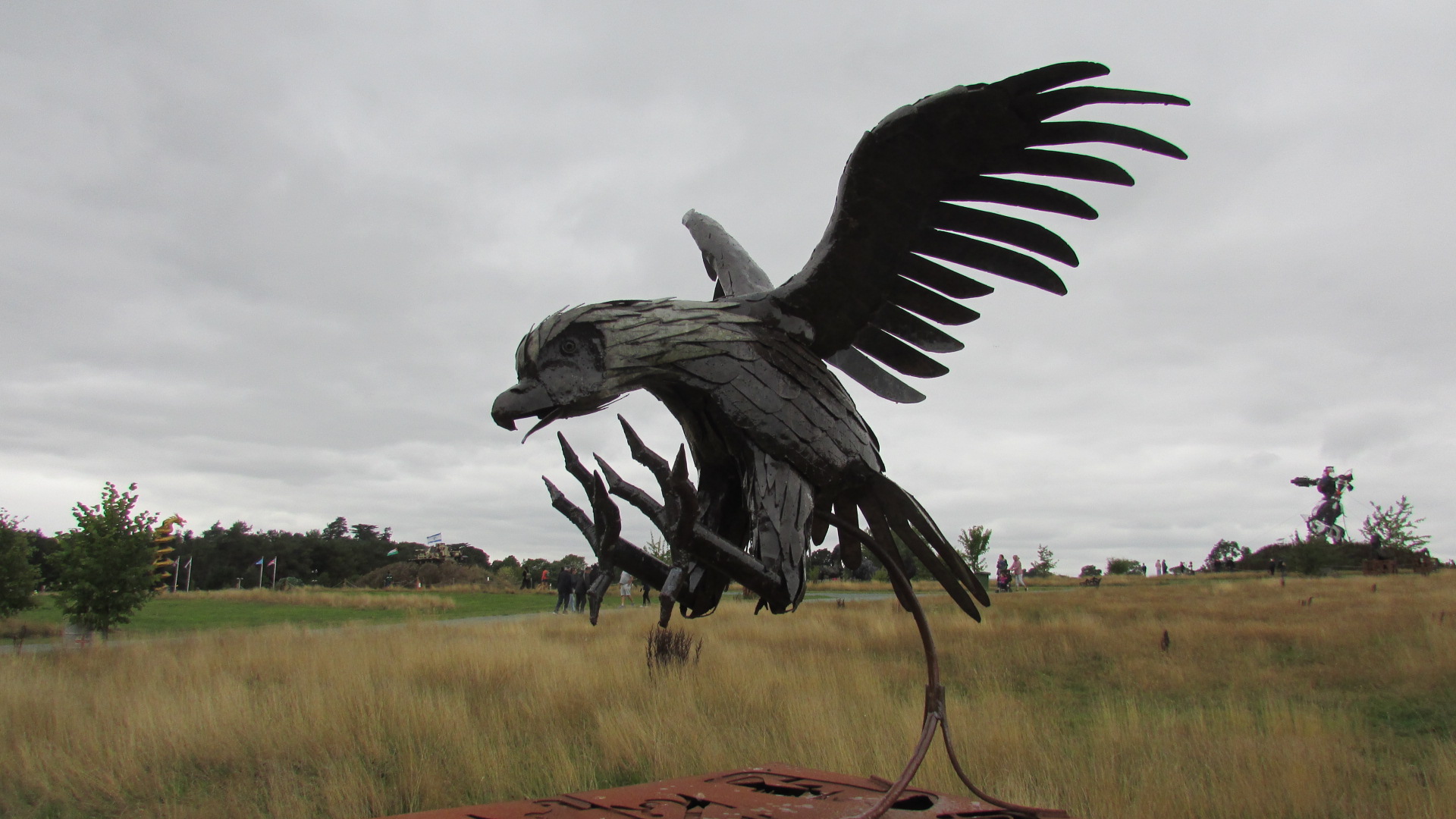


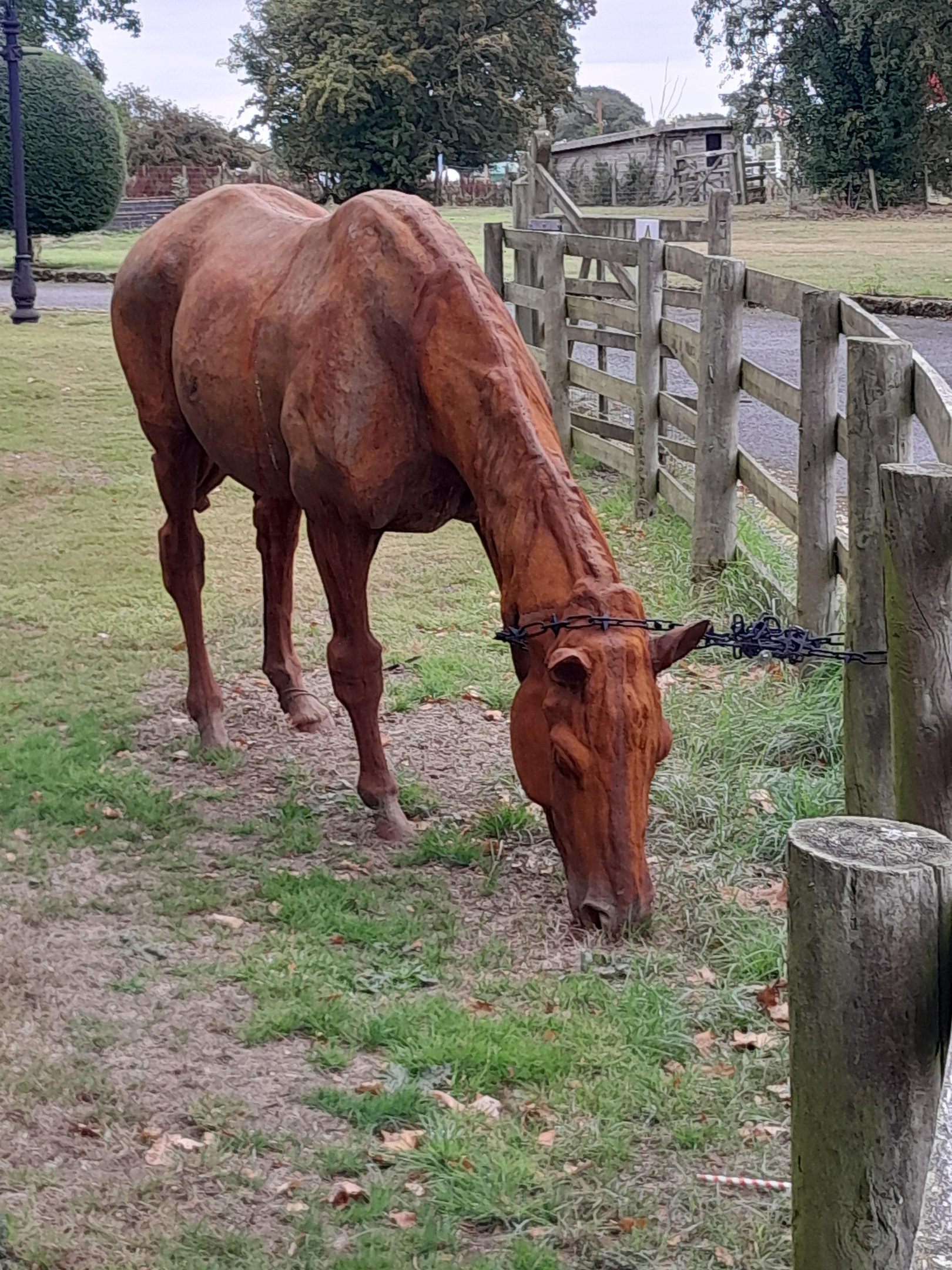
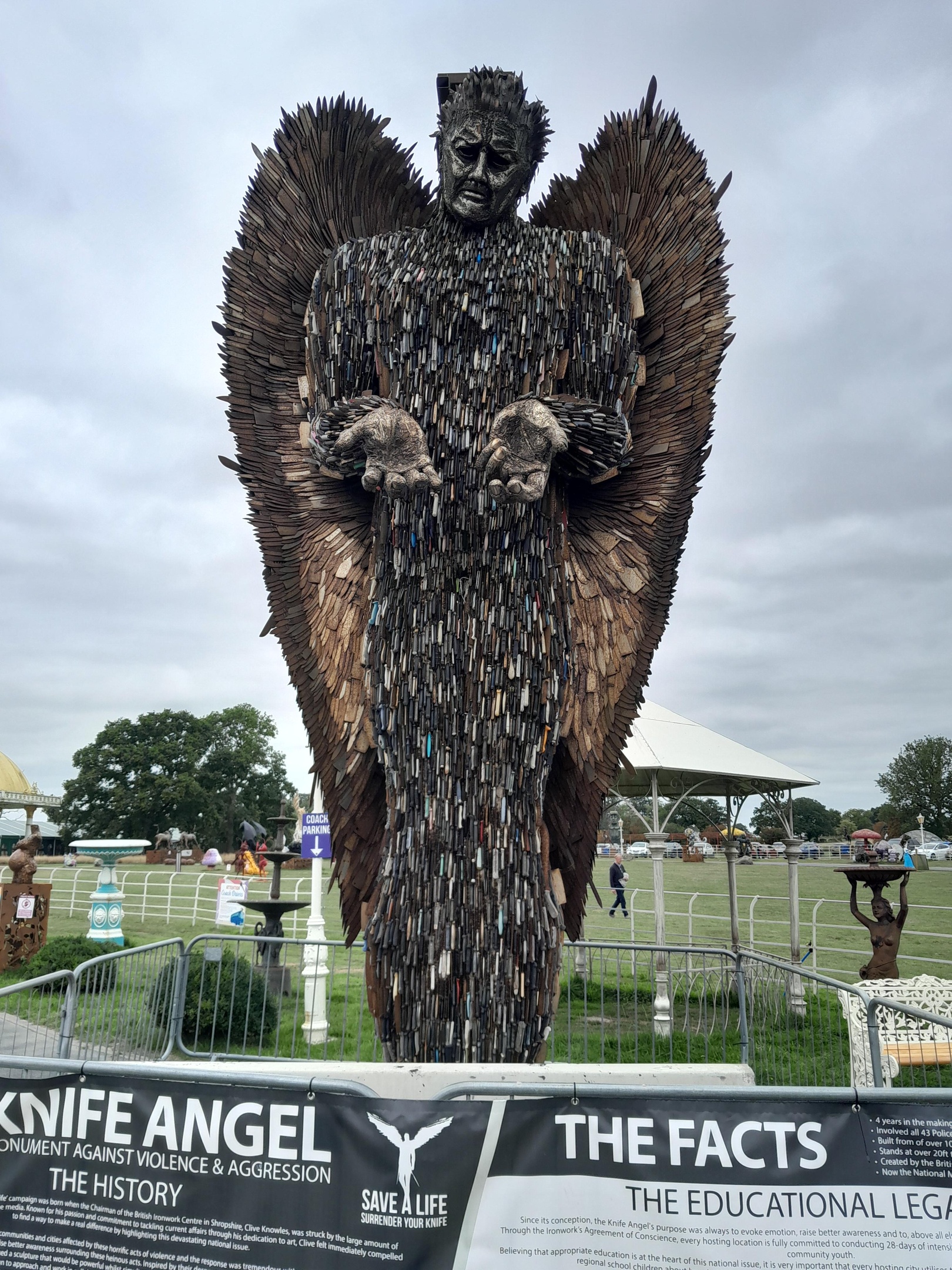
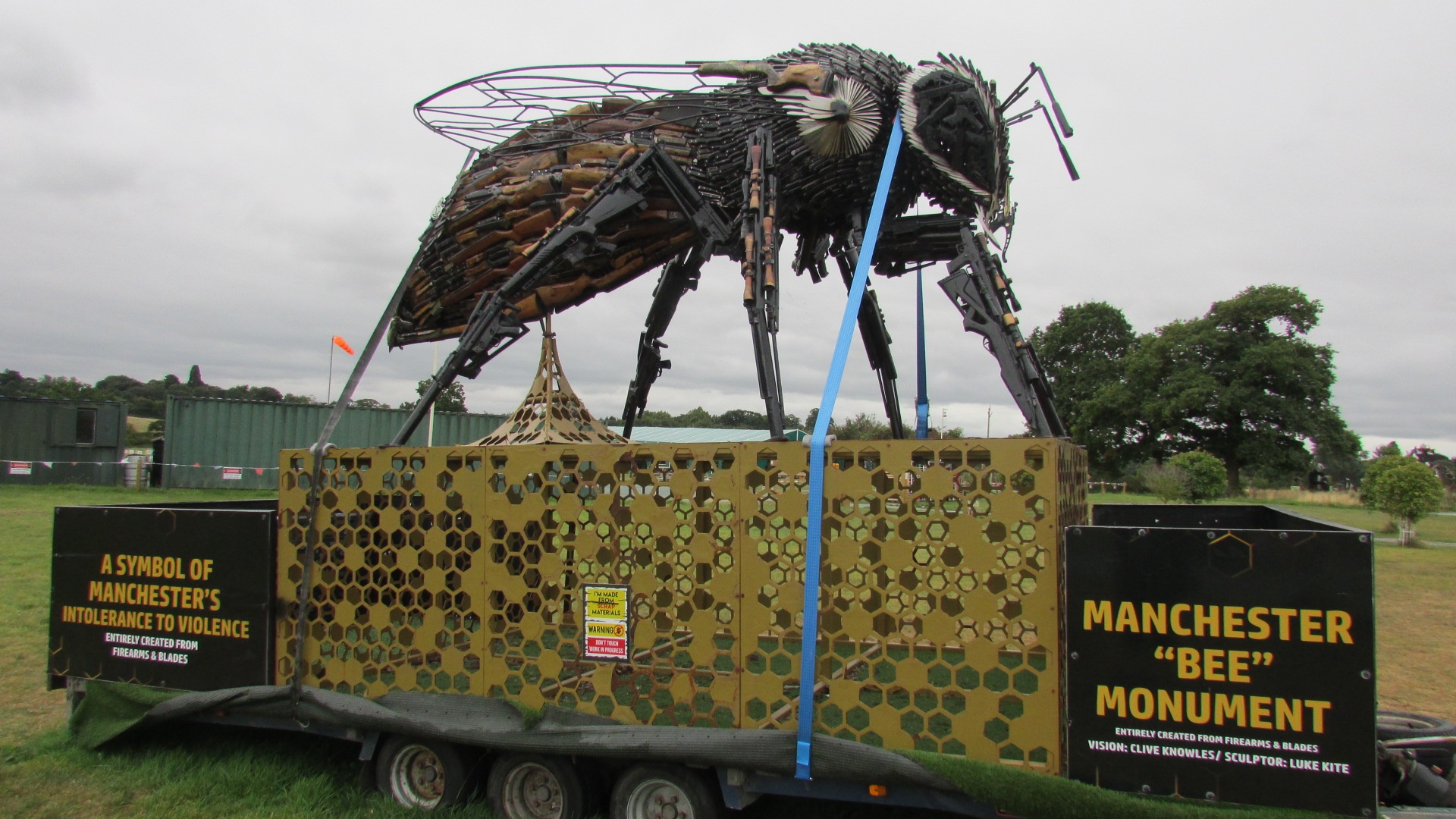
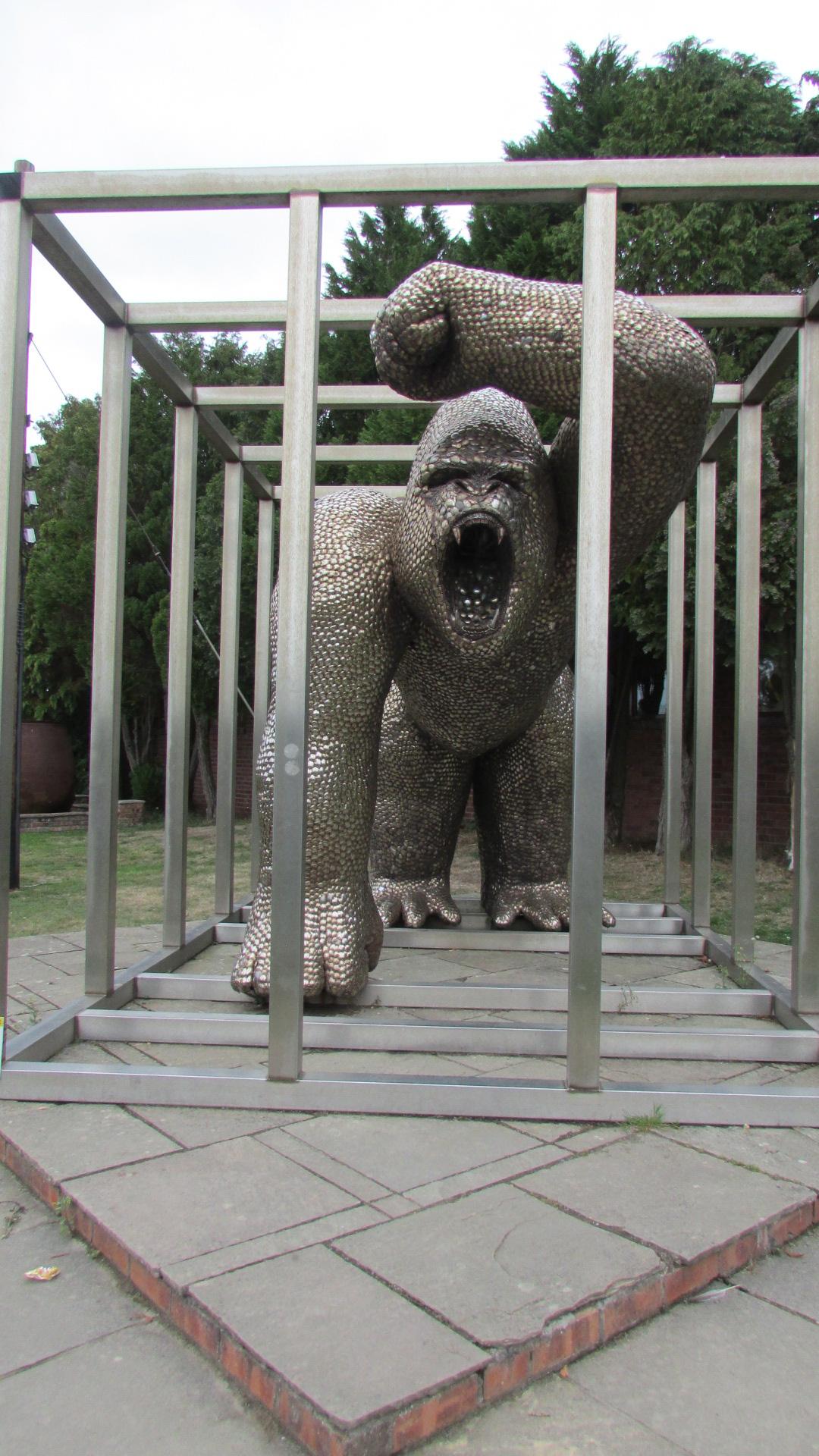

Blists Hill Victorian Town
Legges Way
Telford
TF7 5UD
www.ironbridge.org.uk
Tel: 01952 433424
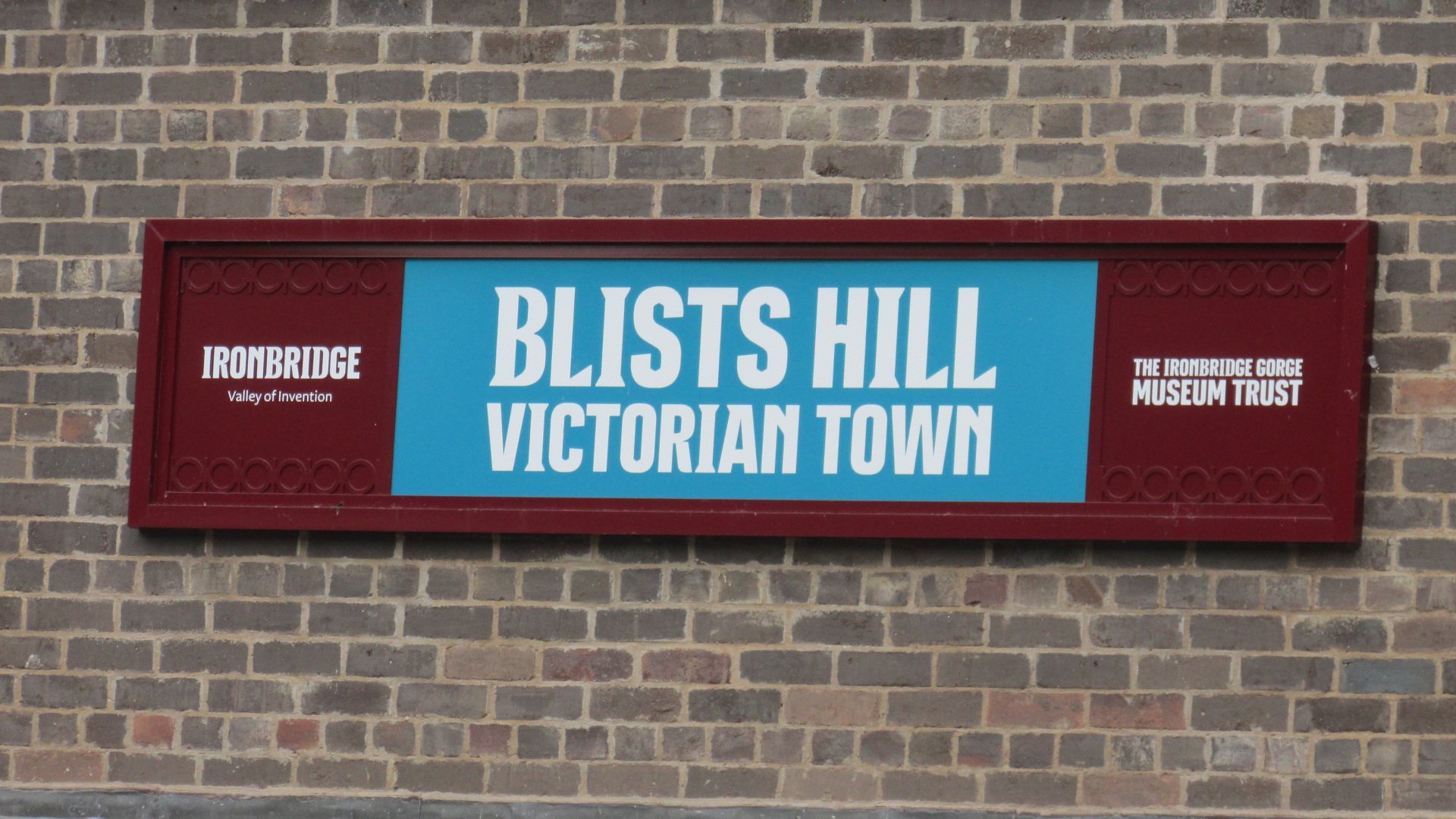
Those of you who read my explorer page regularly will know
that I just love an open-air museum, especially those that recreate a historic
era. I visit Beamish regularly and have been to the Black Country Living Museum
and loved them both. Blists Hill is a place I visited many years ago with young
children in tow, so when I found out that we would be holidaying nearby I
decided it was time for an adult only and probably very different
visit.
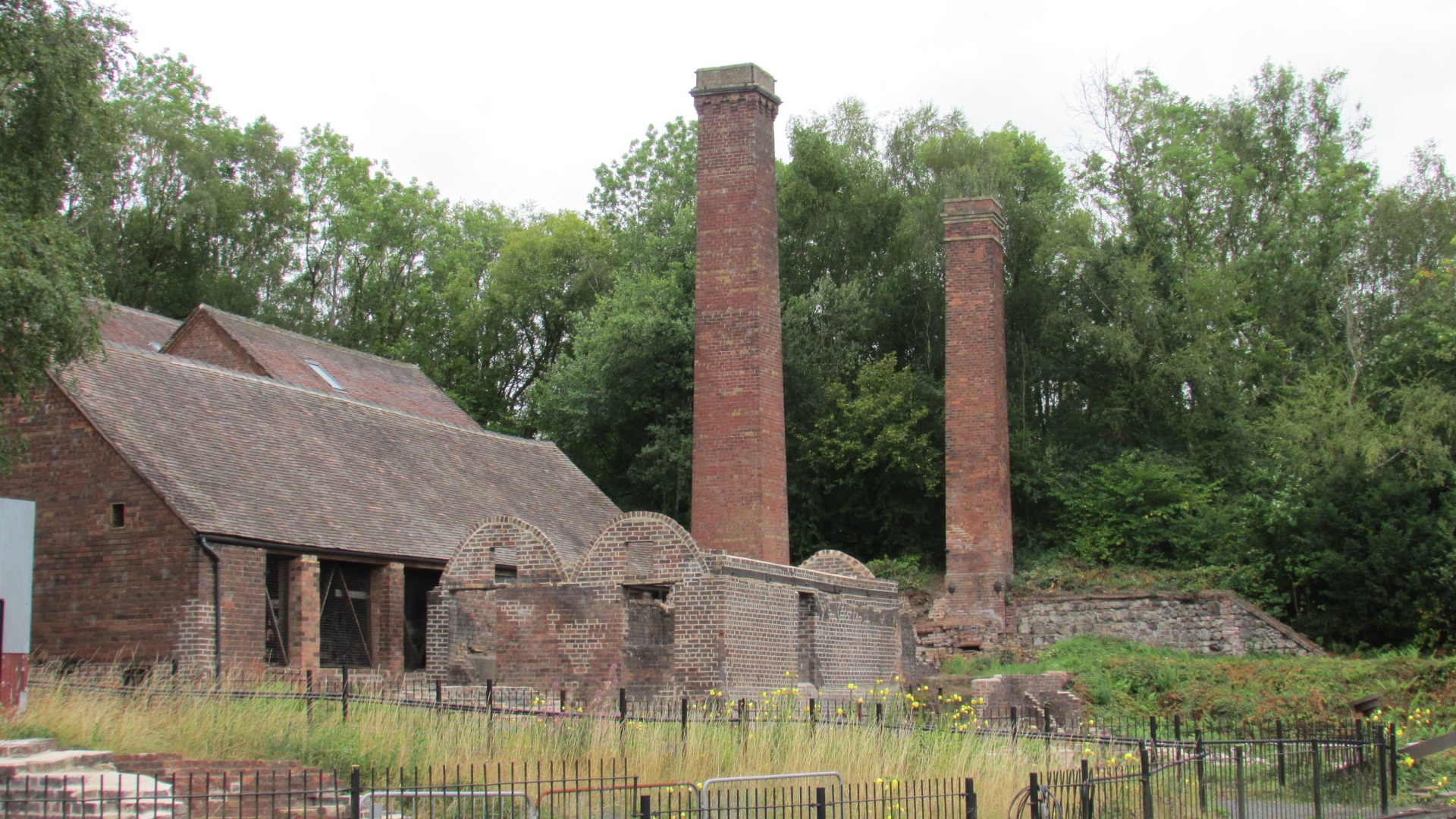
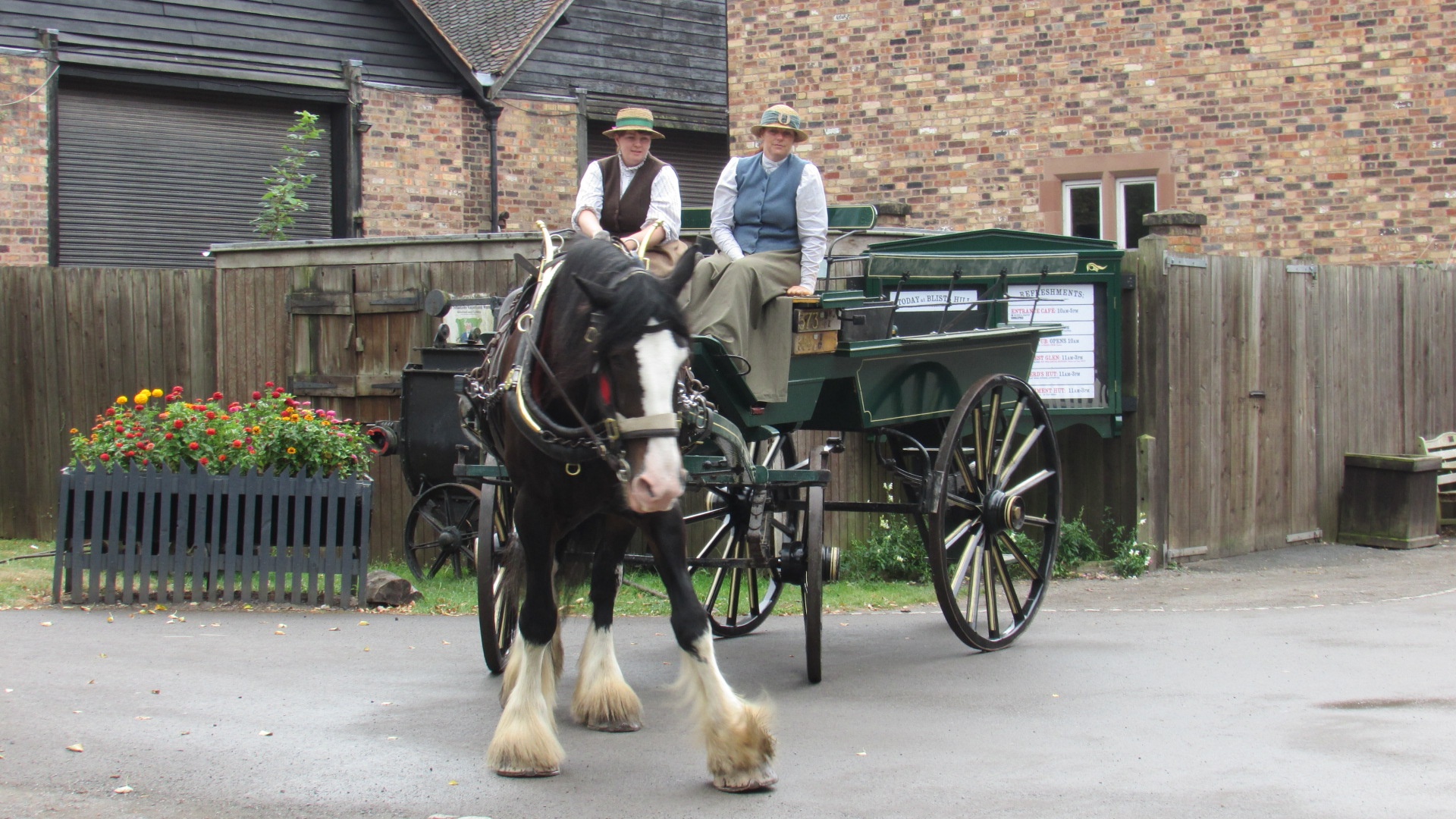
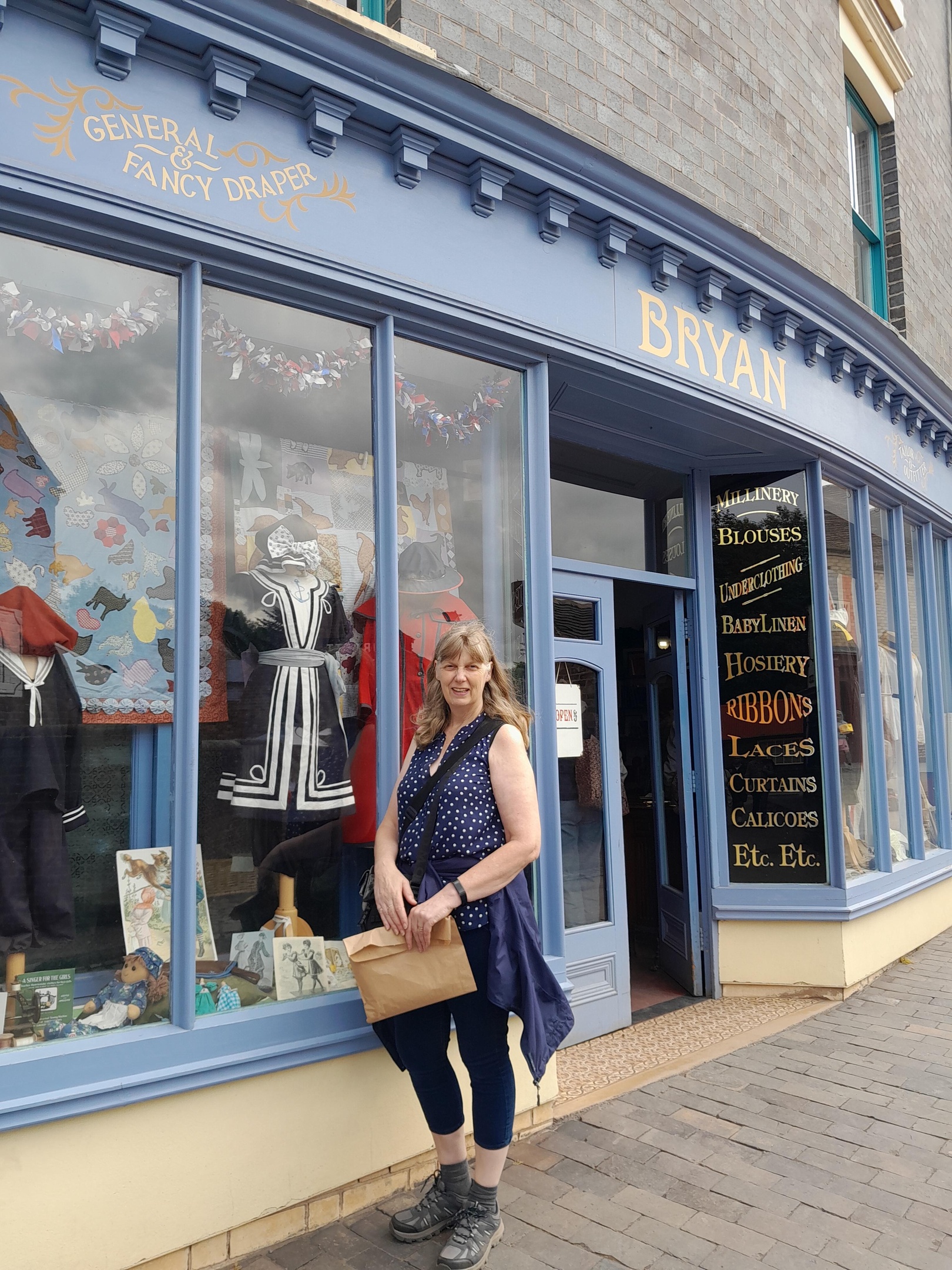
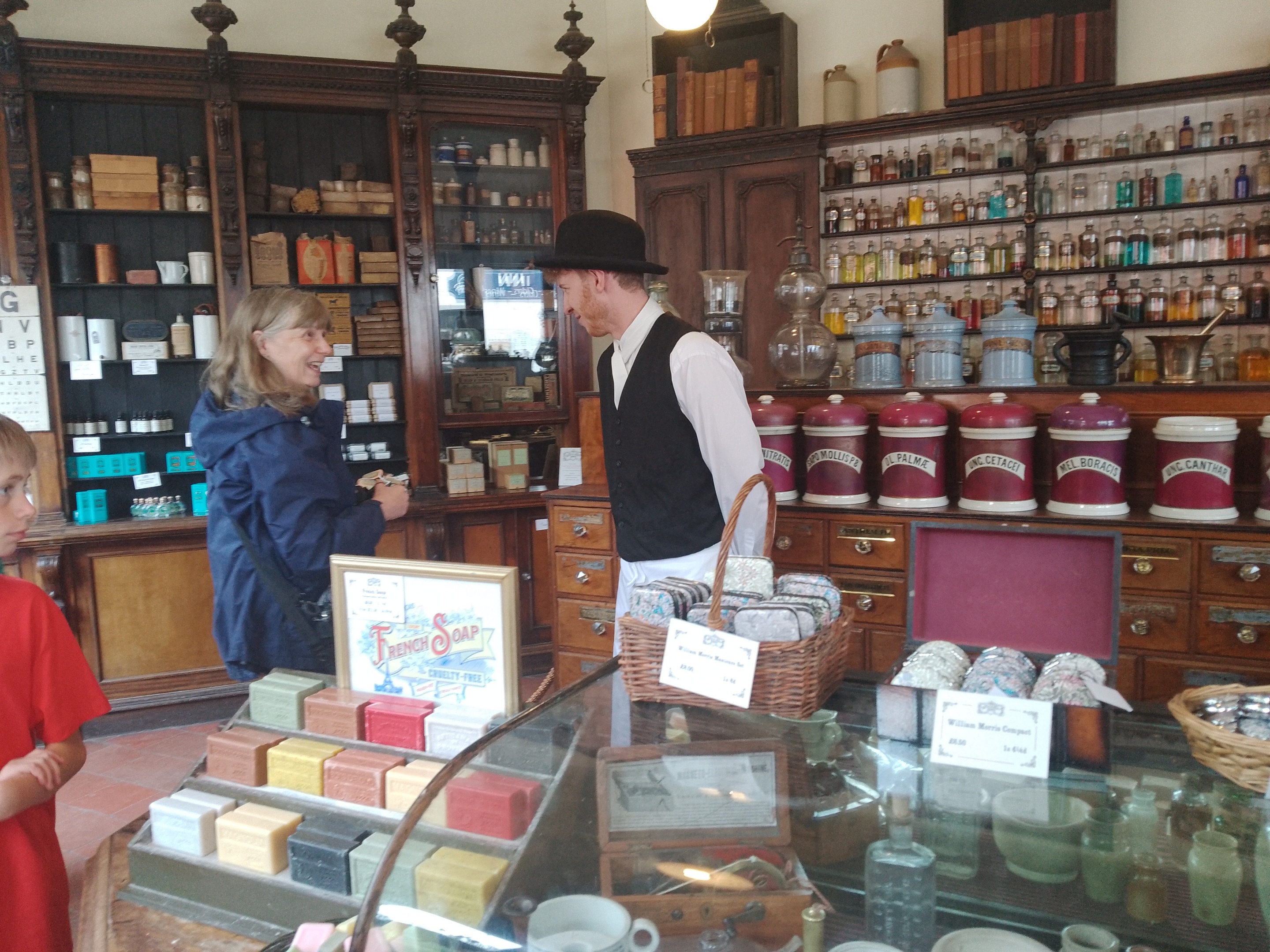
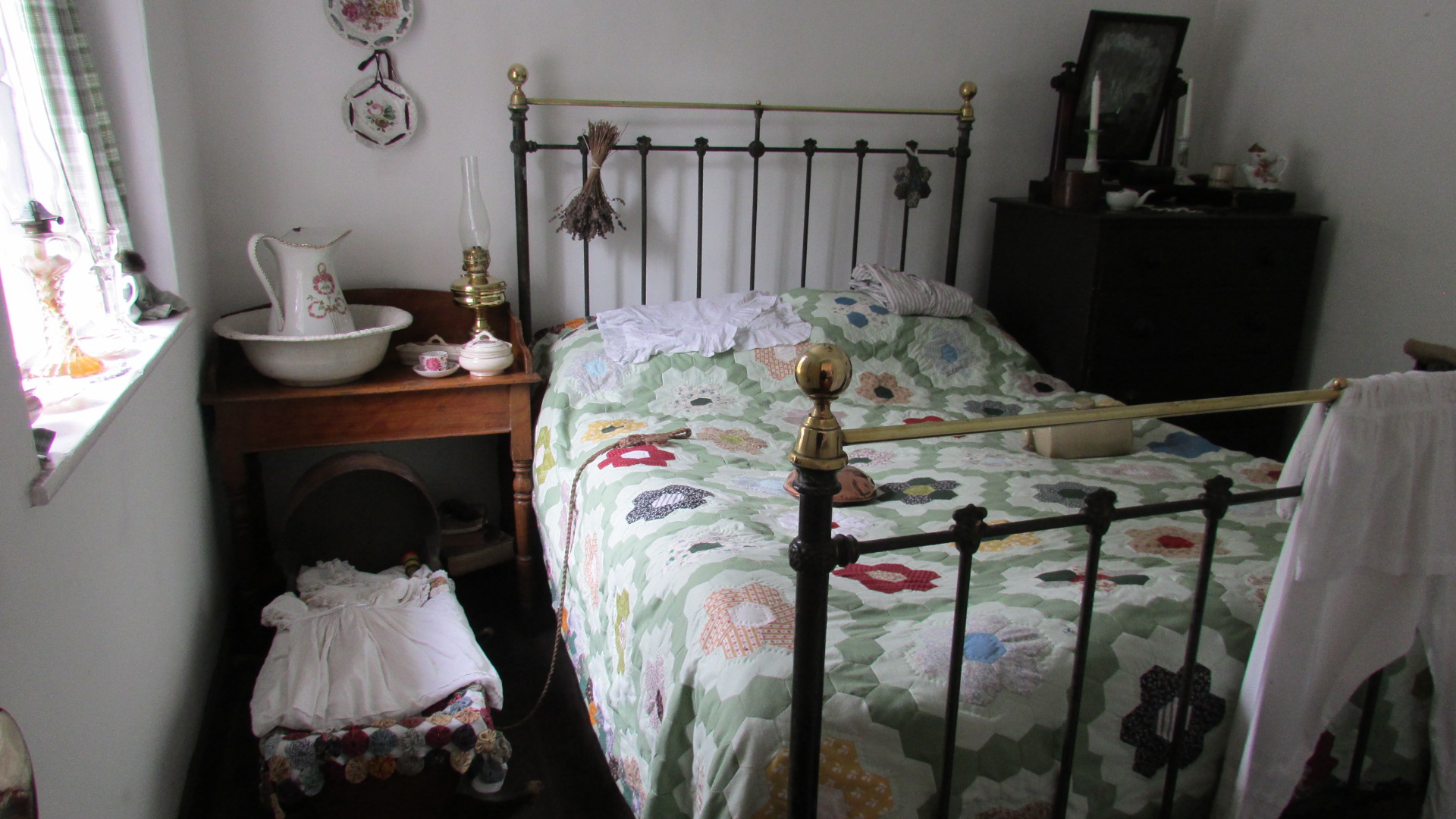


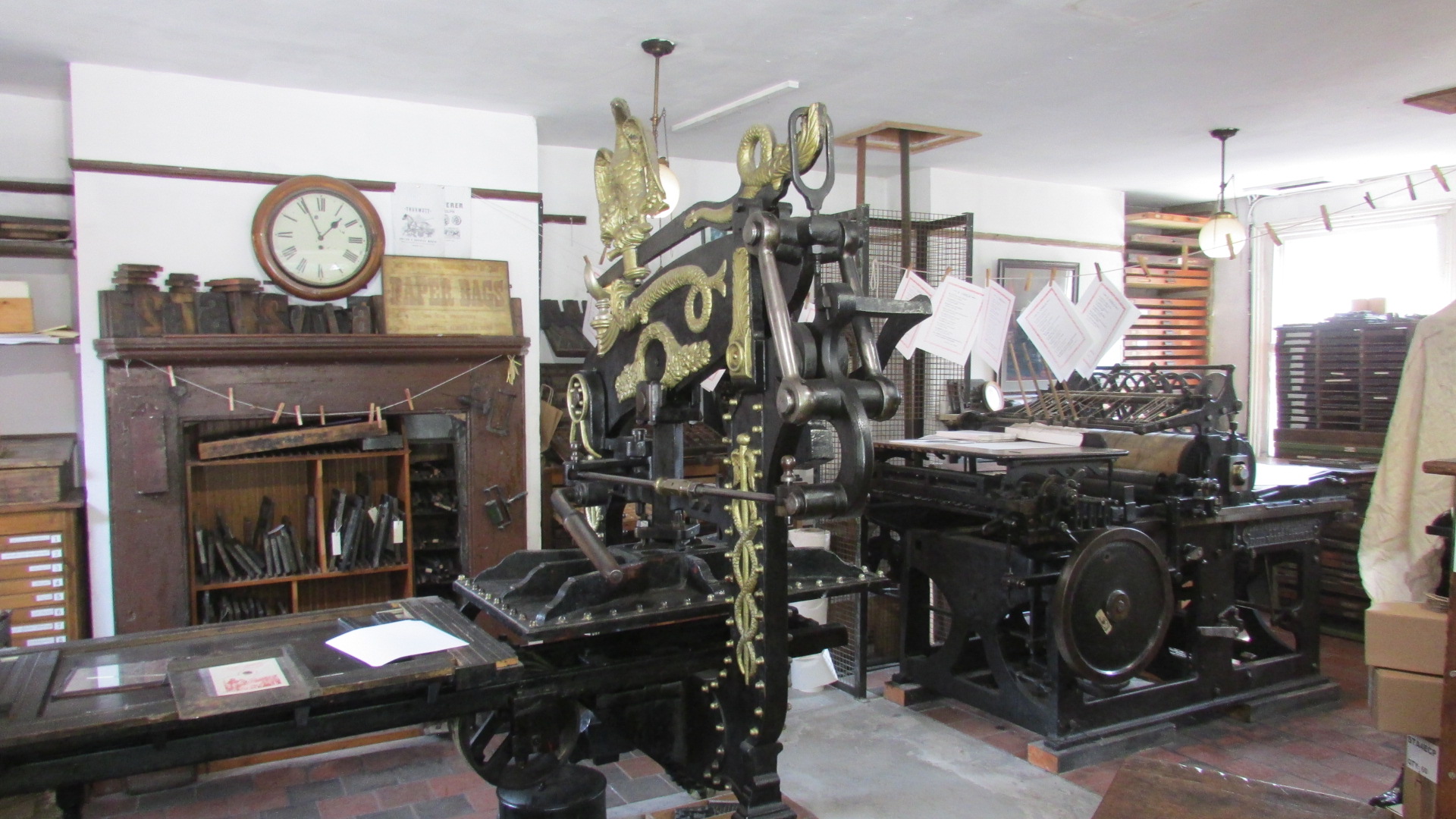
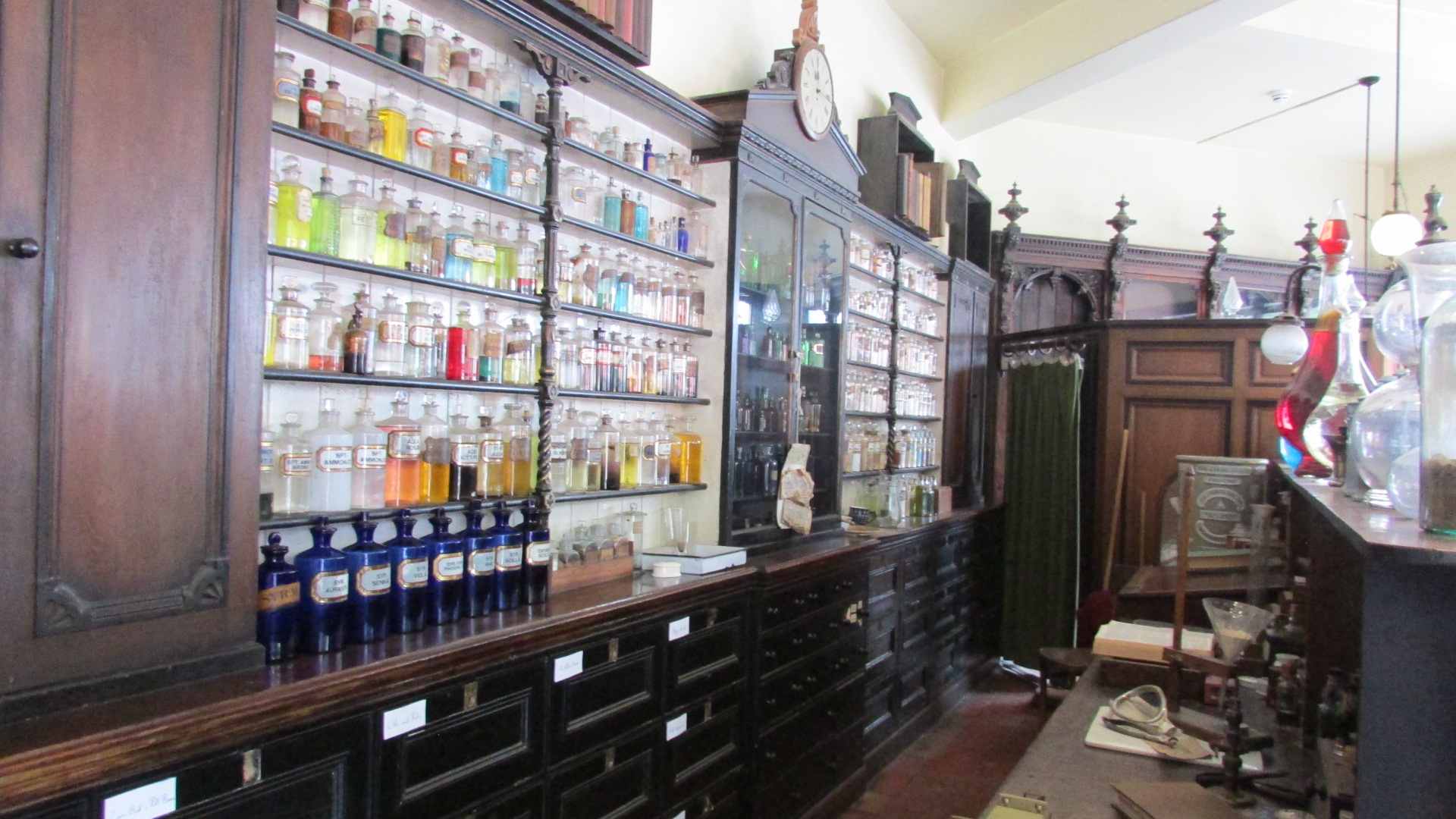
The Yorkshire Sculpture Park
West Bretton
Wakefield
WF4 4LG
www.ysp.org.uk
e mail: info@usp.co.uk
Tel: 01924 832631
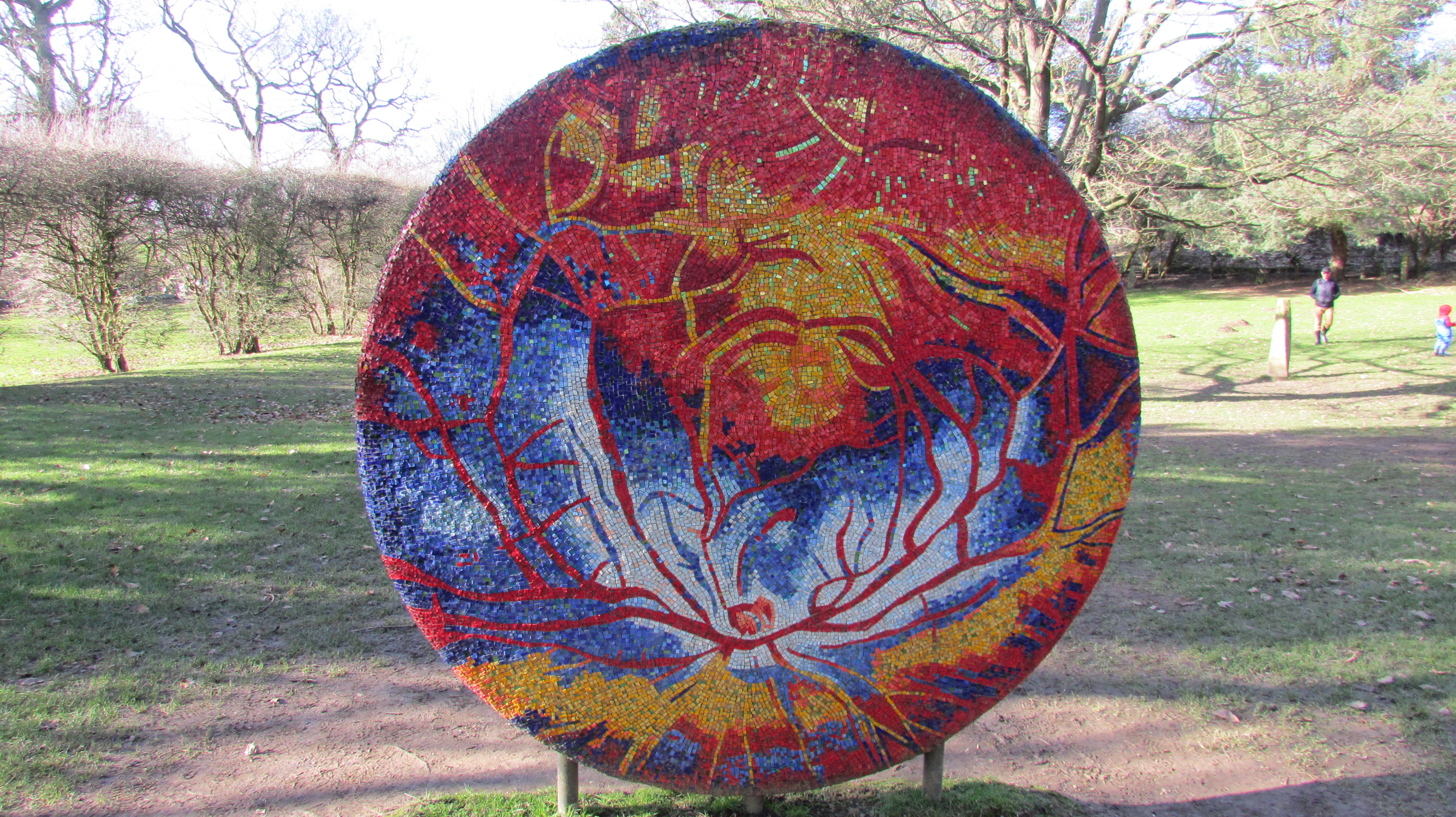
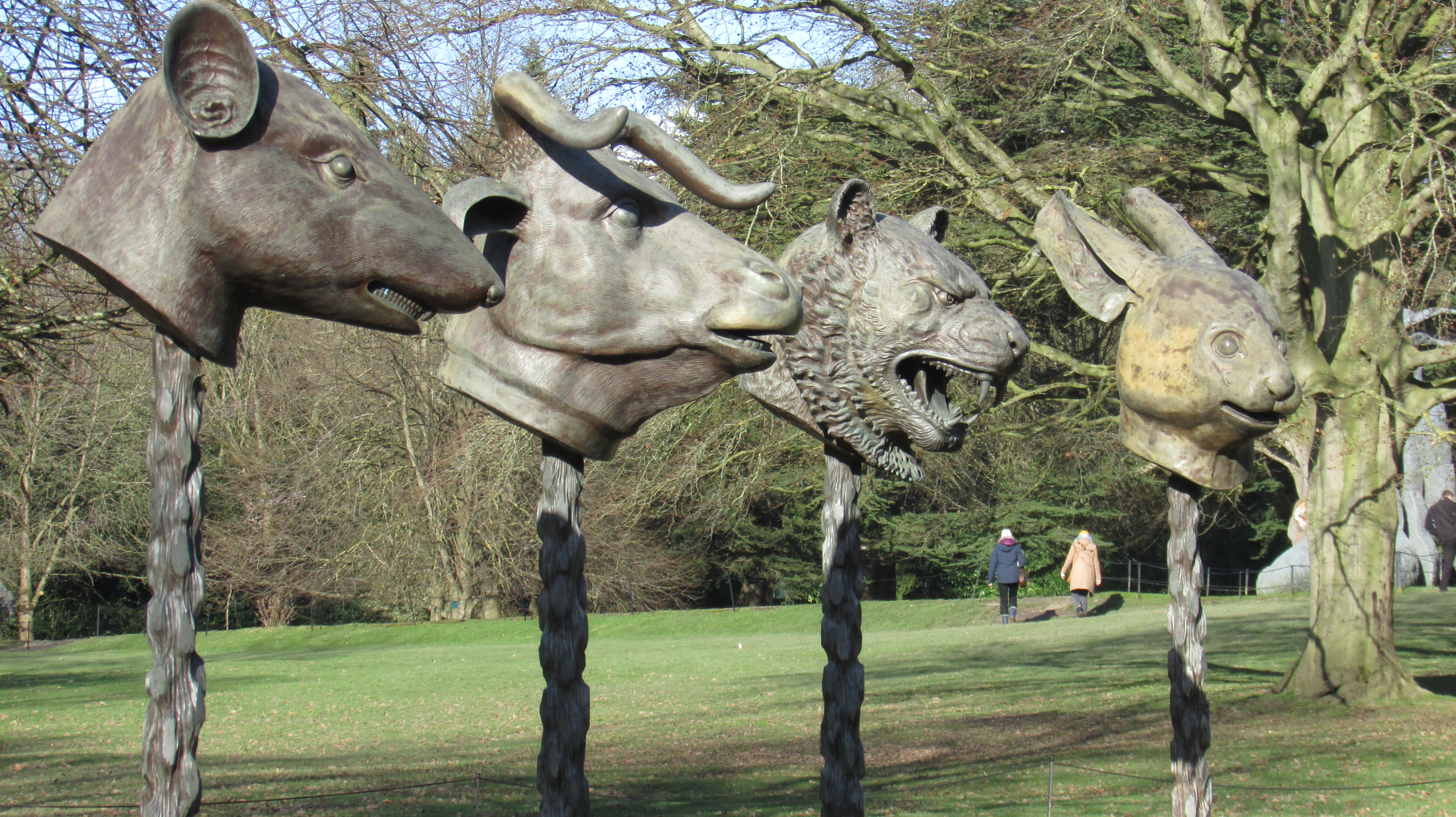
If you are heading to the Yorkshire Sculpture Park, then go
prepared. Sensible strong walking shoes and layers of clothing, along with a
water bottle are pretty much essential! To see everything in one day will
involve a great deal of walking on varied surfaces!
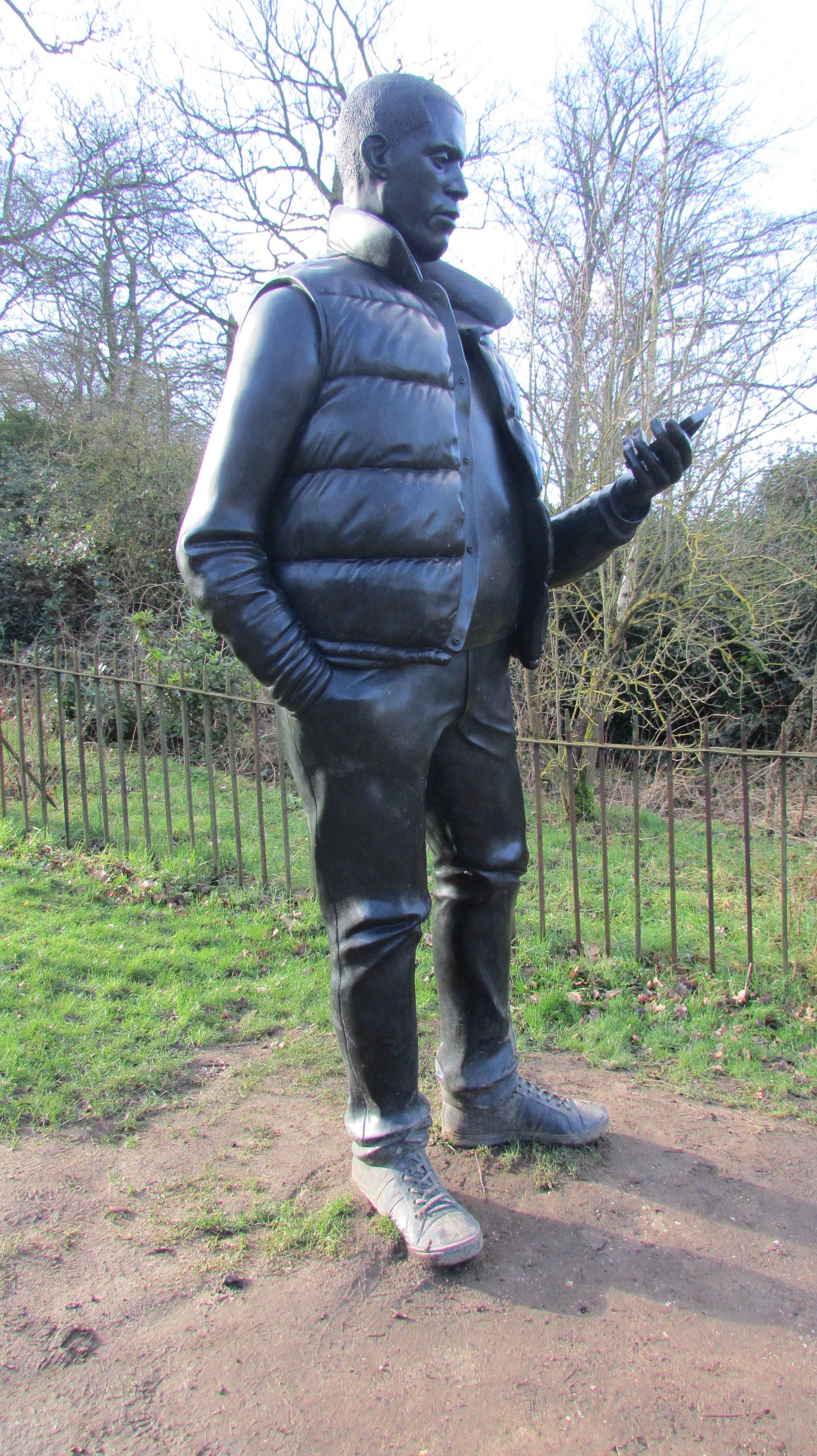
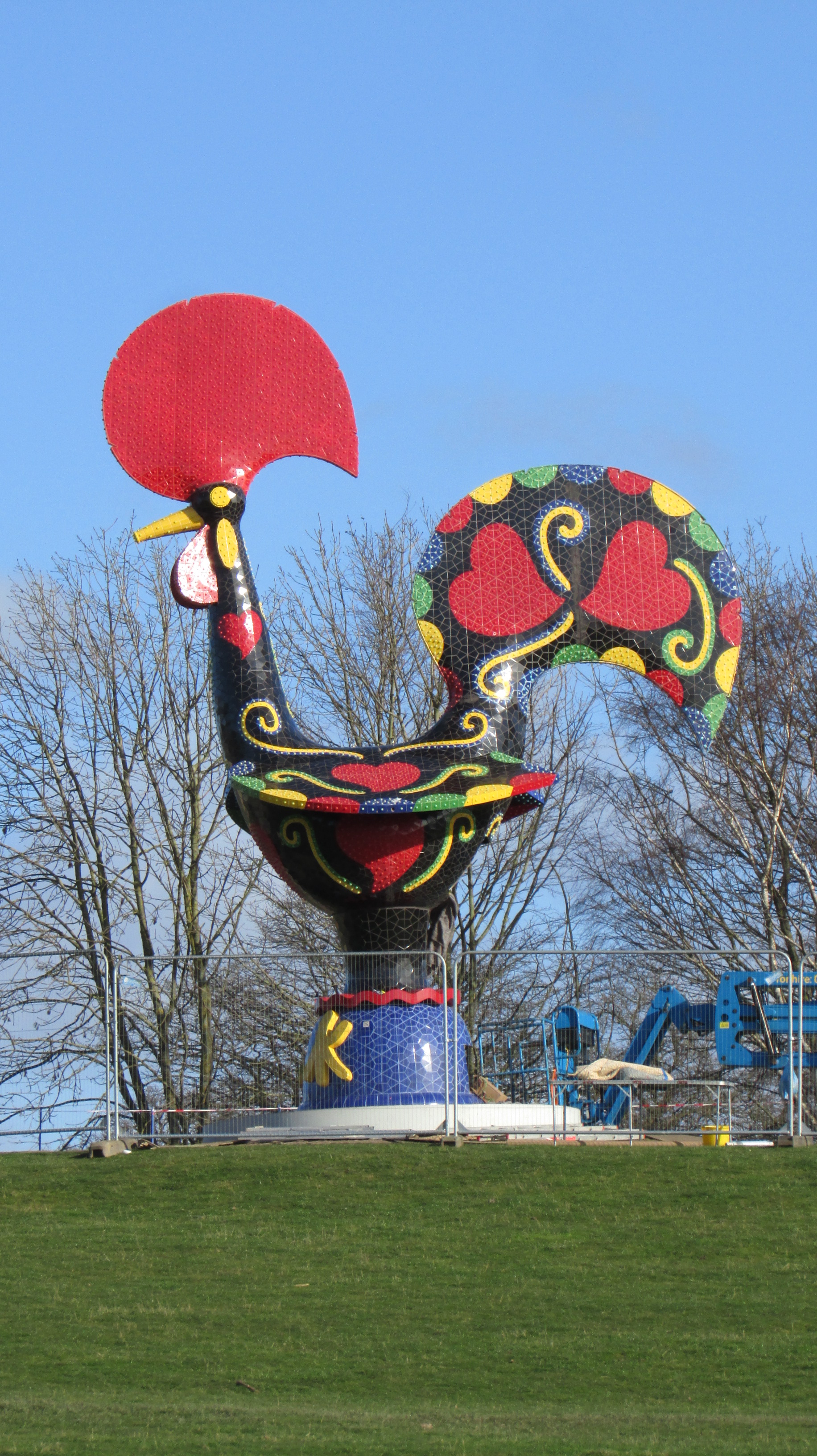
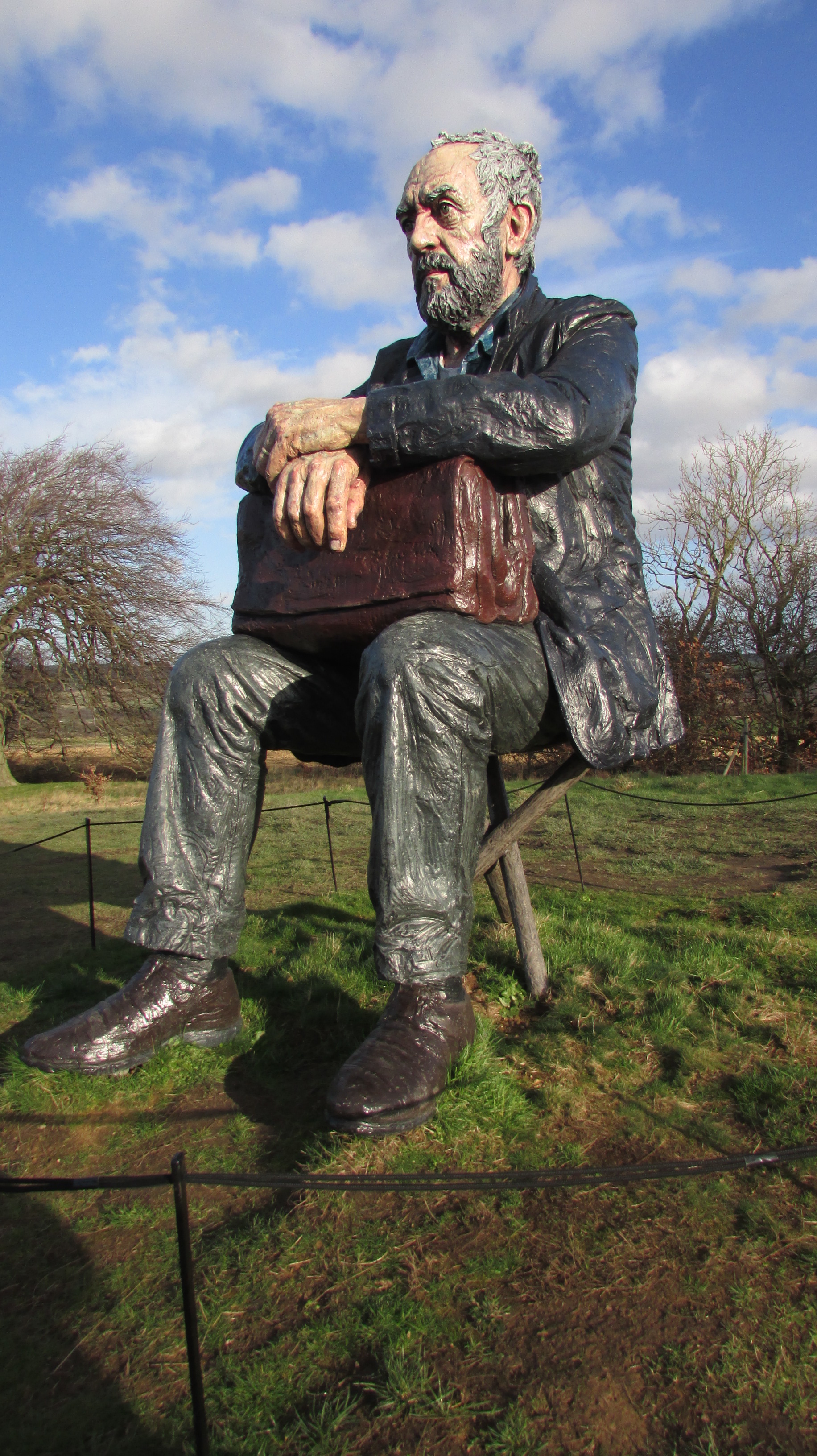
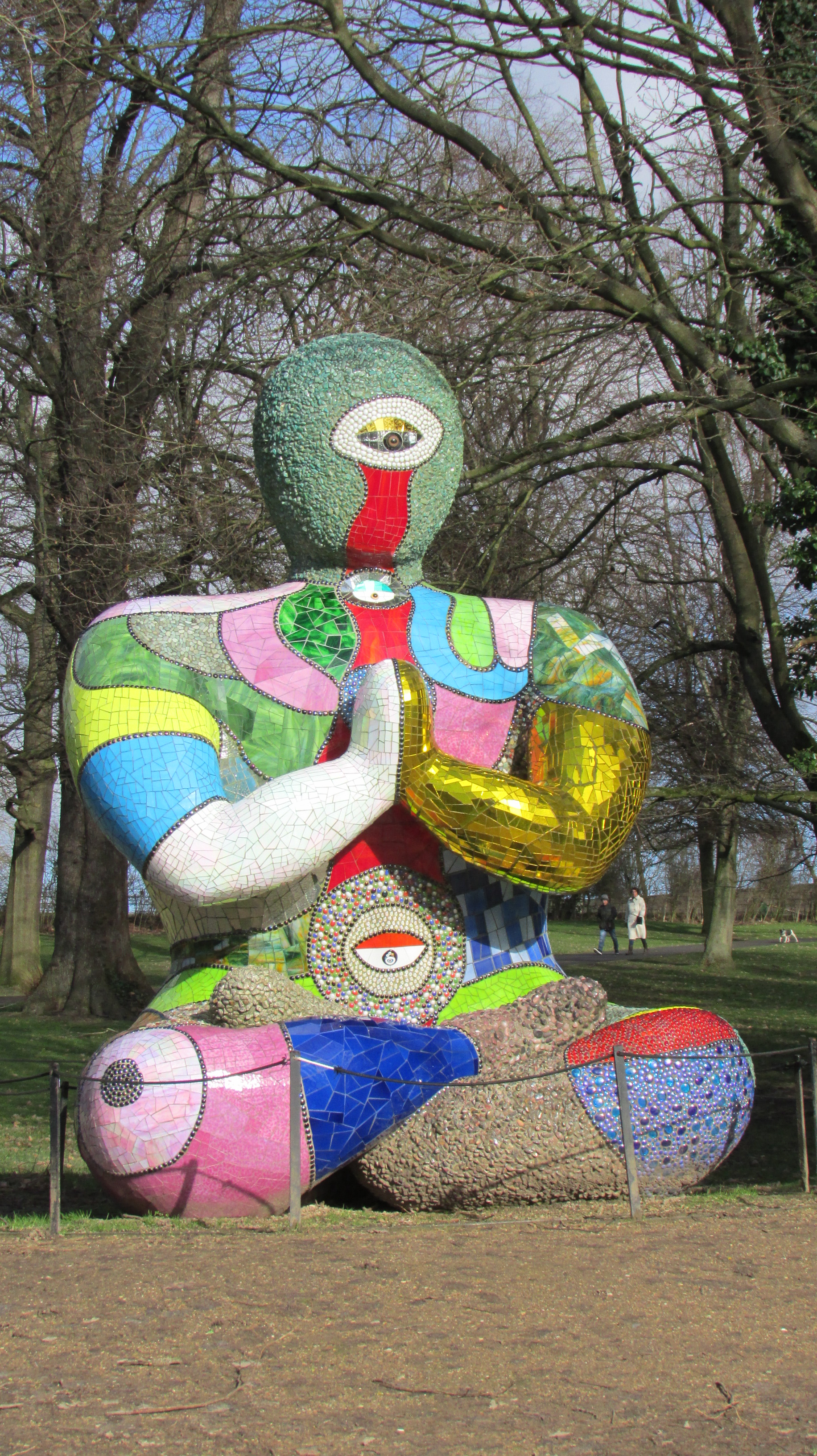
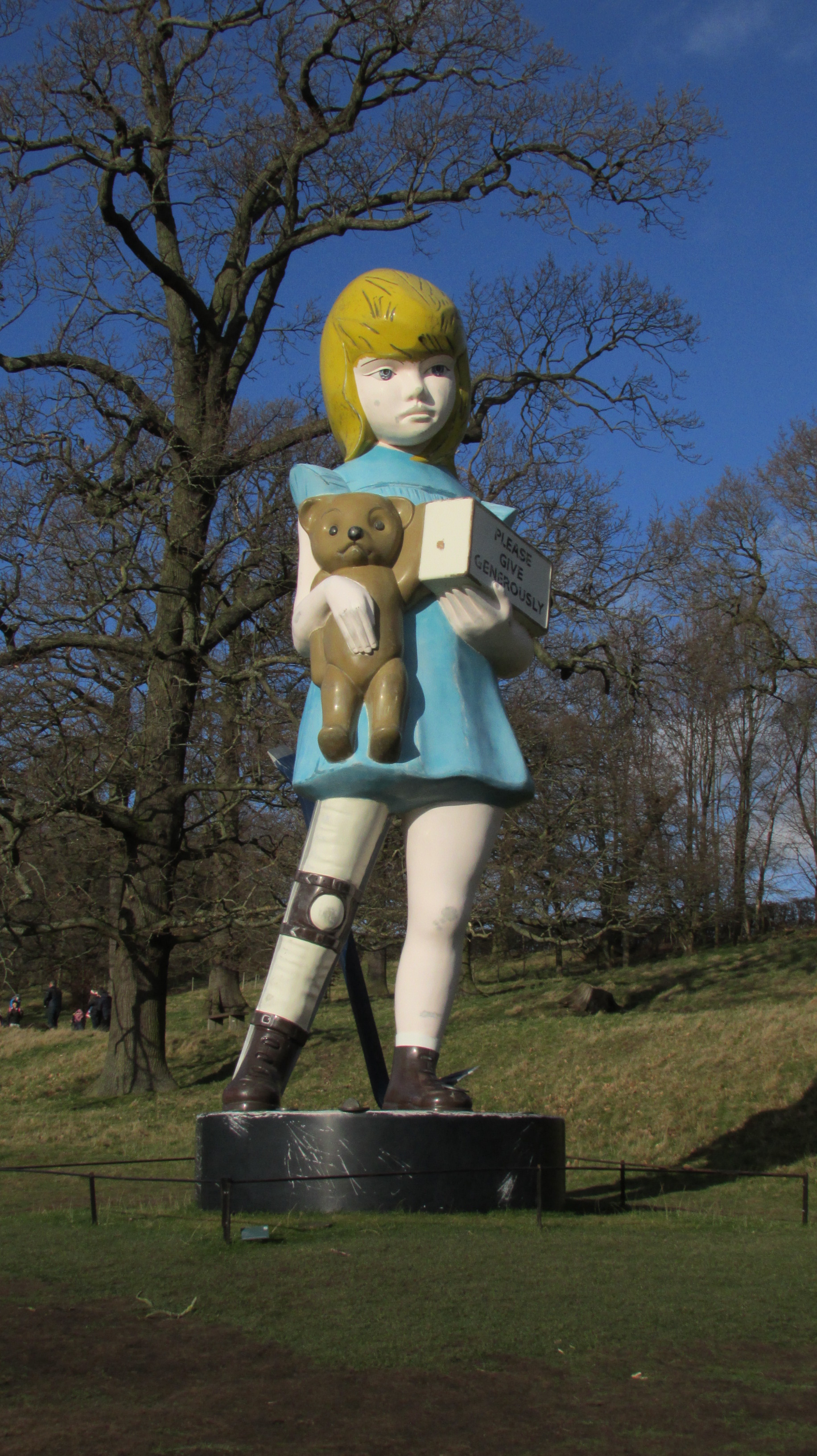
Newby Hall
Ripon
North Yorkshire
HG4 5AE
www.newbyhall.com
Email: info@newbyhall.com
Tel: 01423 322582
Newby Hall, the home of Mr and Mrs Richard Crompton, is one of England’s renowned Adam's House and an exceptional example of 18th century interior decoration. Built in the 1690s by Sir Christopher Wren, it was later enlarged and adapted by John Carr and then Robert Adam. Surrounded by 25 acres of Award-winning gardens that were mostly created in the early 1920s and many other areas of interest that will appeal to all ages, this Yorkshire house is well worth a visit.
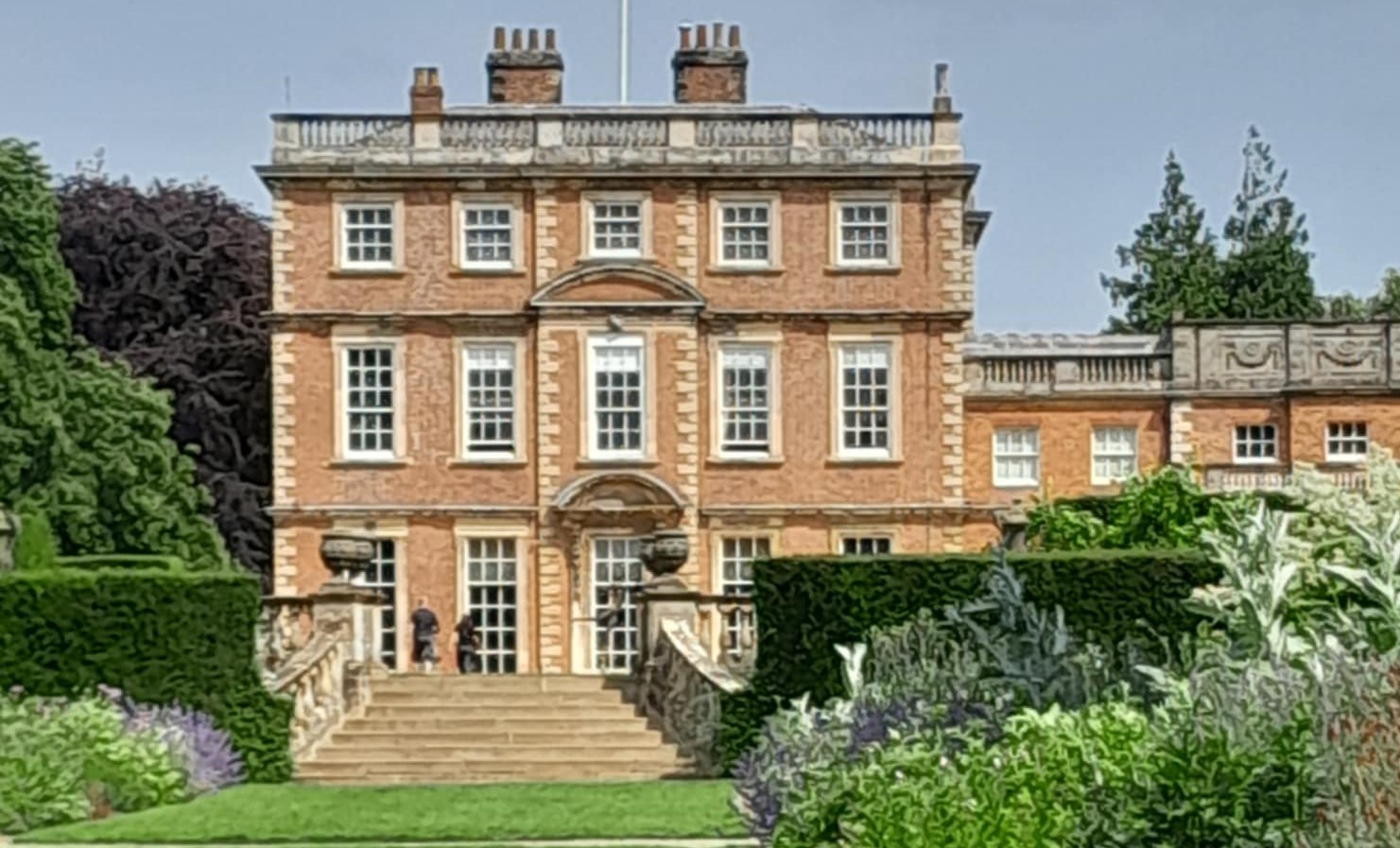
The house itself, a Grade 1 listed building, is only open part of the day and by pre booked tour only. The tour takes approximately an hour and is well worth booking. Examples of Chippendale furniture, a highly sought after billiards room and quirky features such as symmetry, false doors and fake pillars are just some of the fascinating facts your tour guide will tell you. There is also the only known suite of Chippendale furniture with the original covers, still in their original setting, in the Tapestry Room. Sadly, no photography is permitted inside the house for me to show you. I was particularly fascinated by the symmetry in the entrance area, with ceilings mirroring floors and similar details appearing on chair backs, and the need to have the same number of doors on each side of the room, even if they didn’t open!

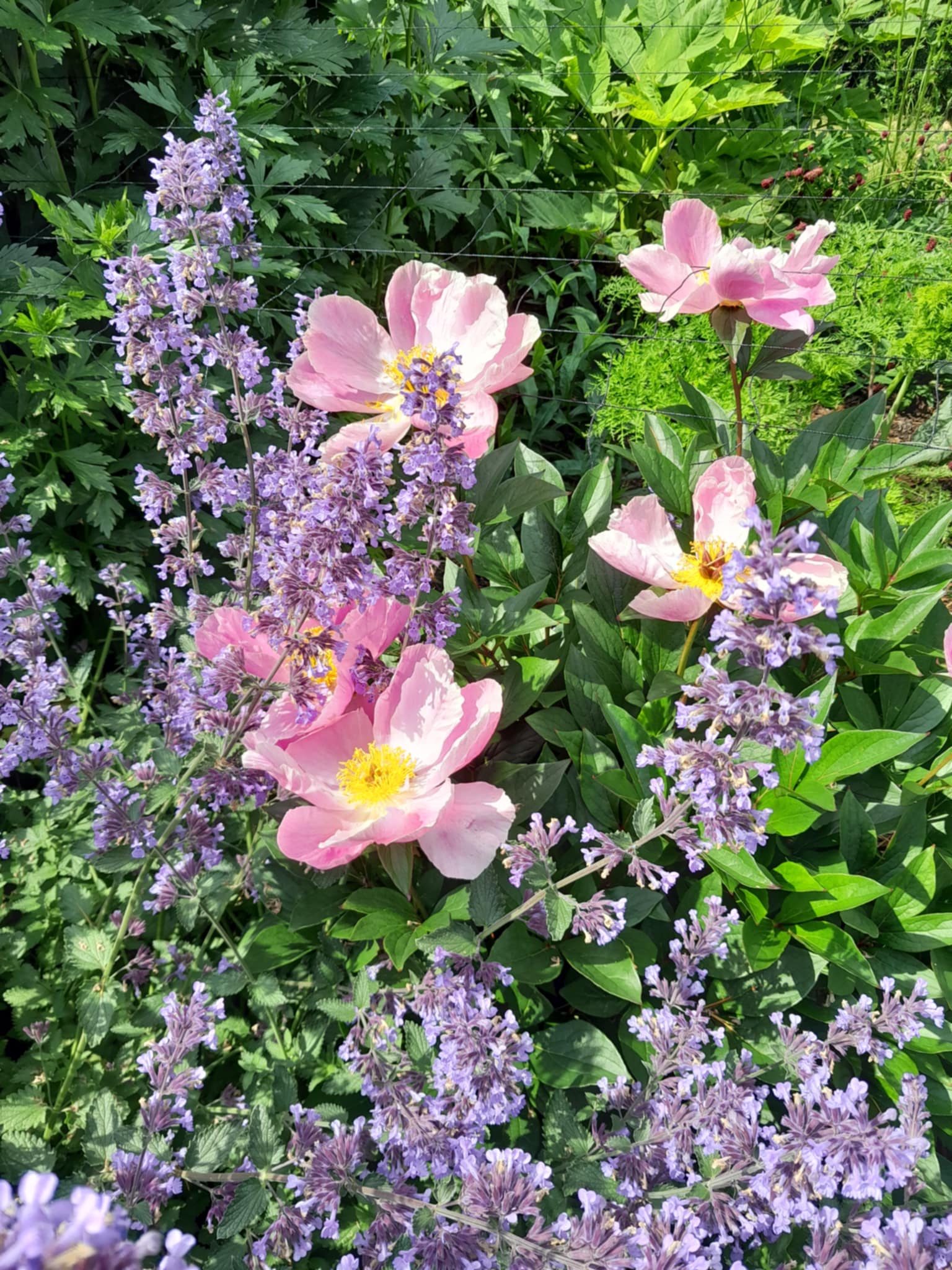
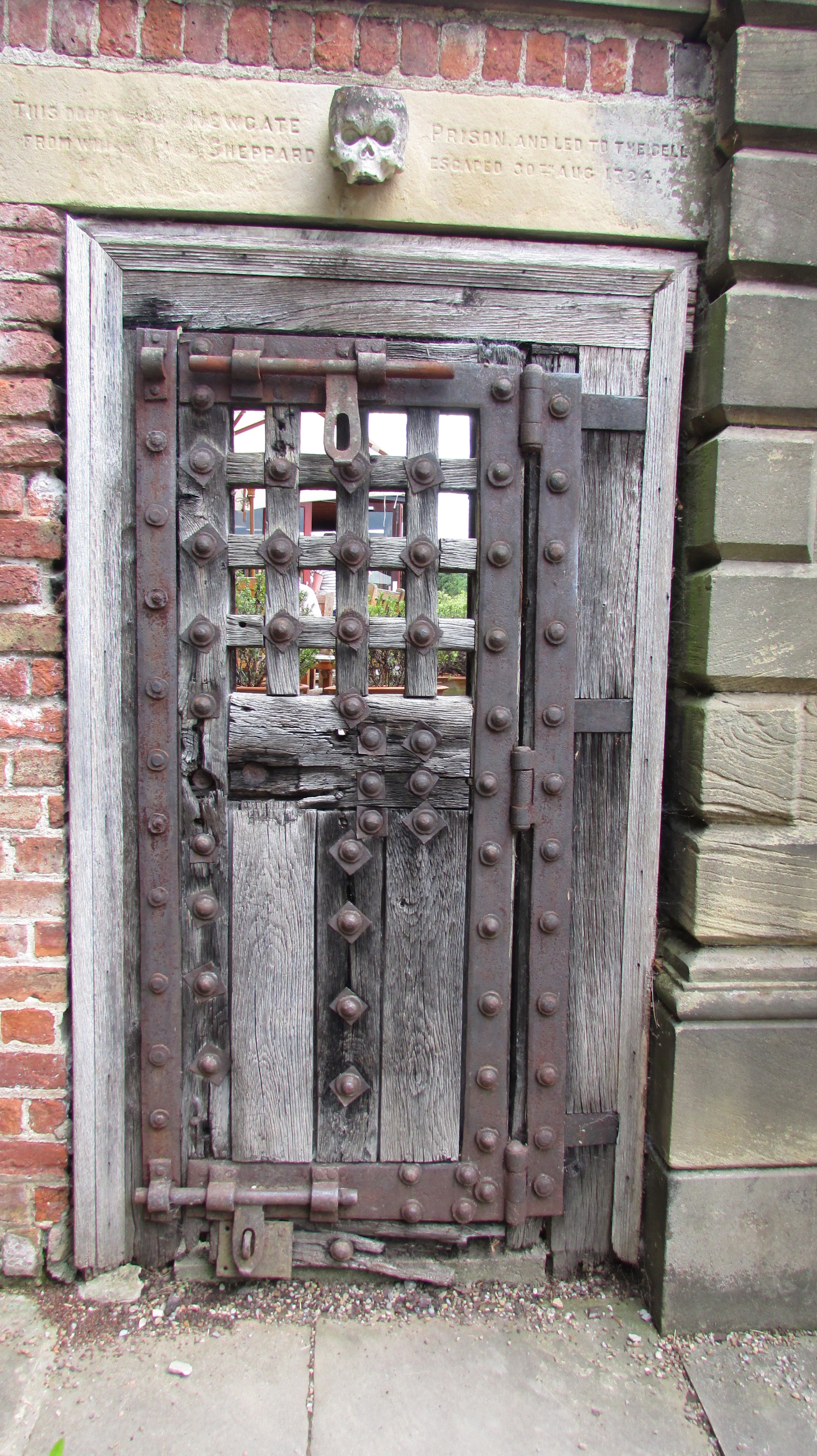
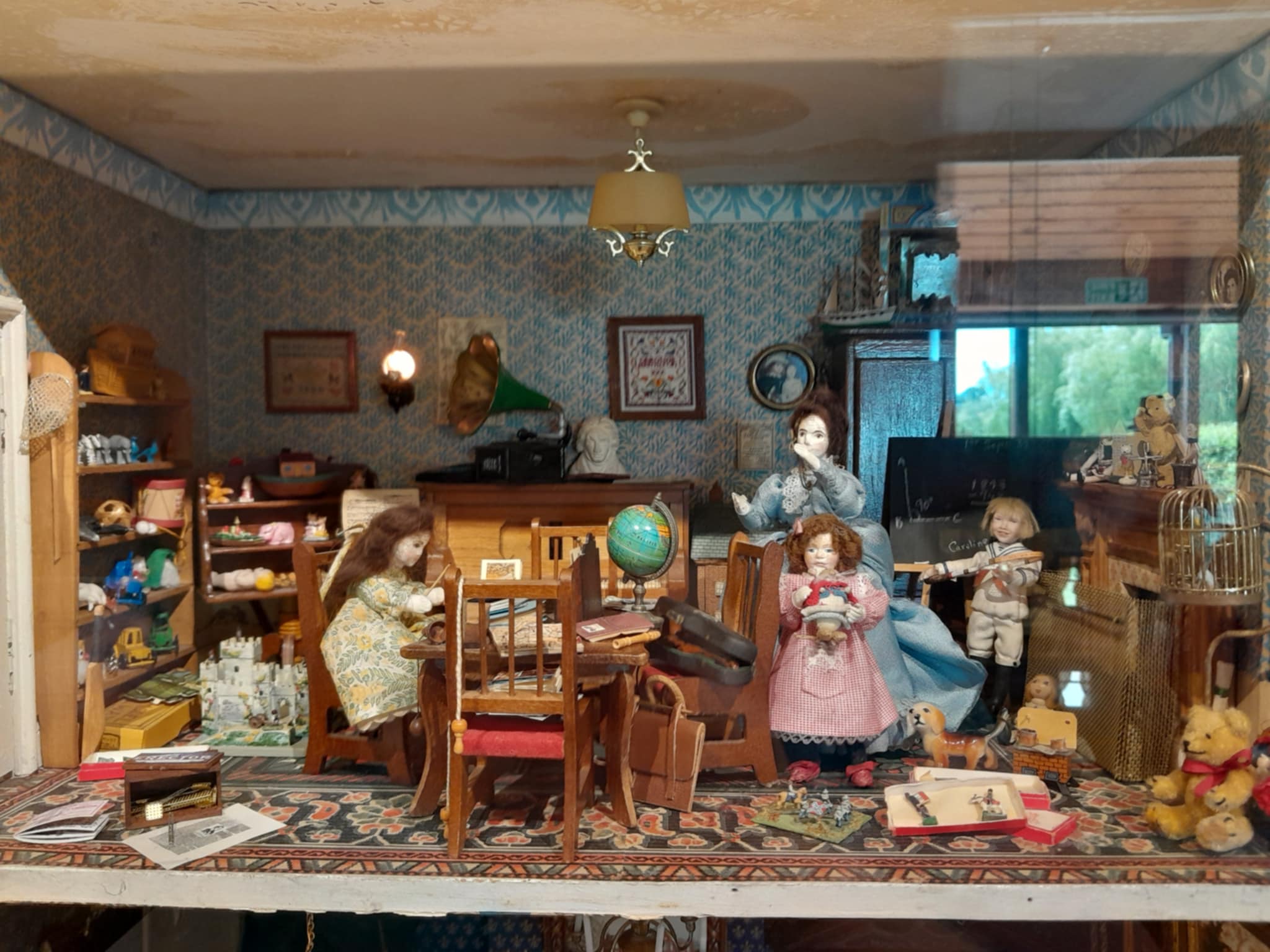
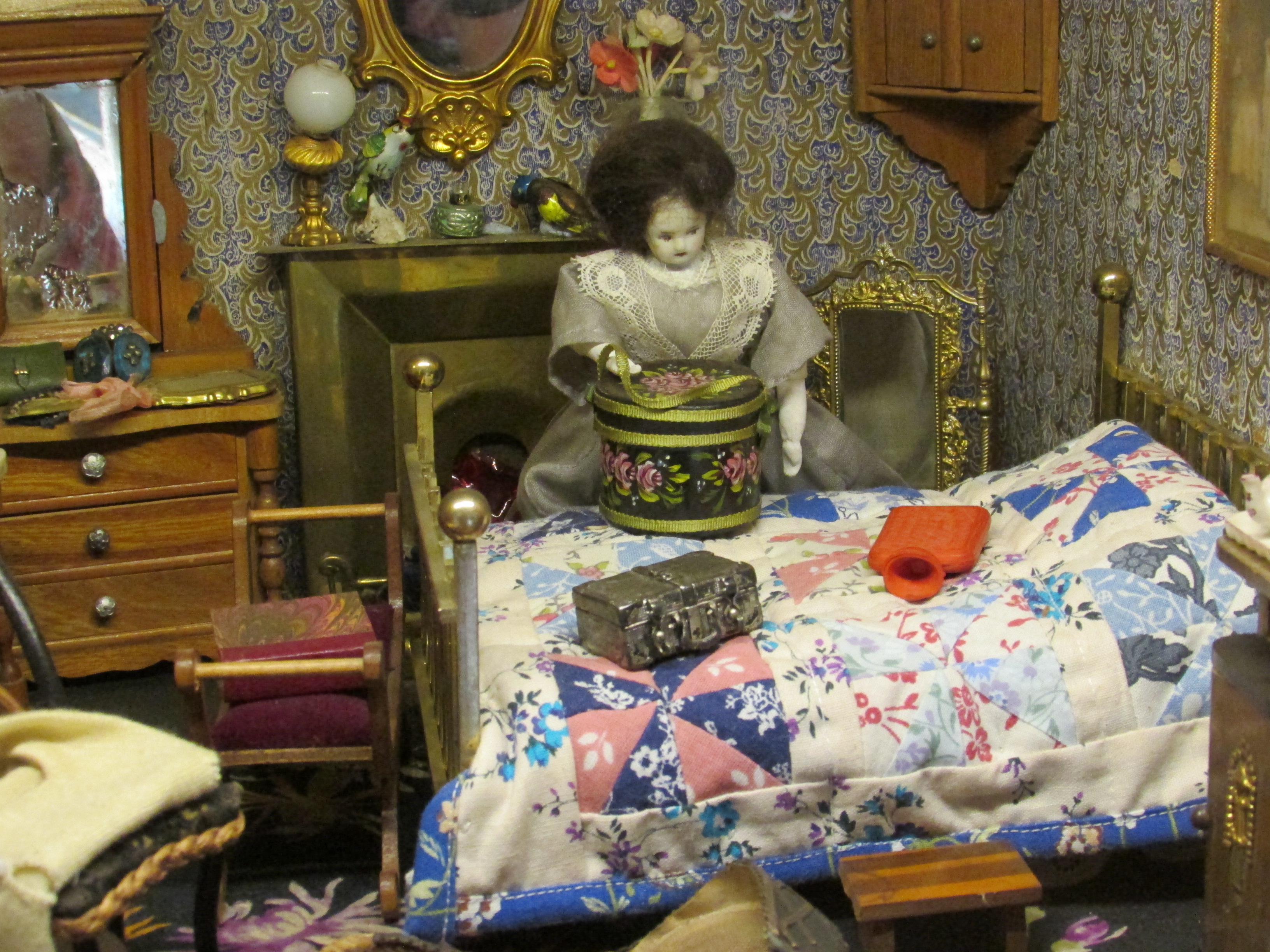
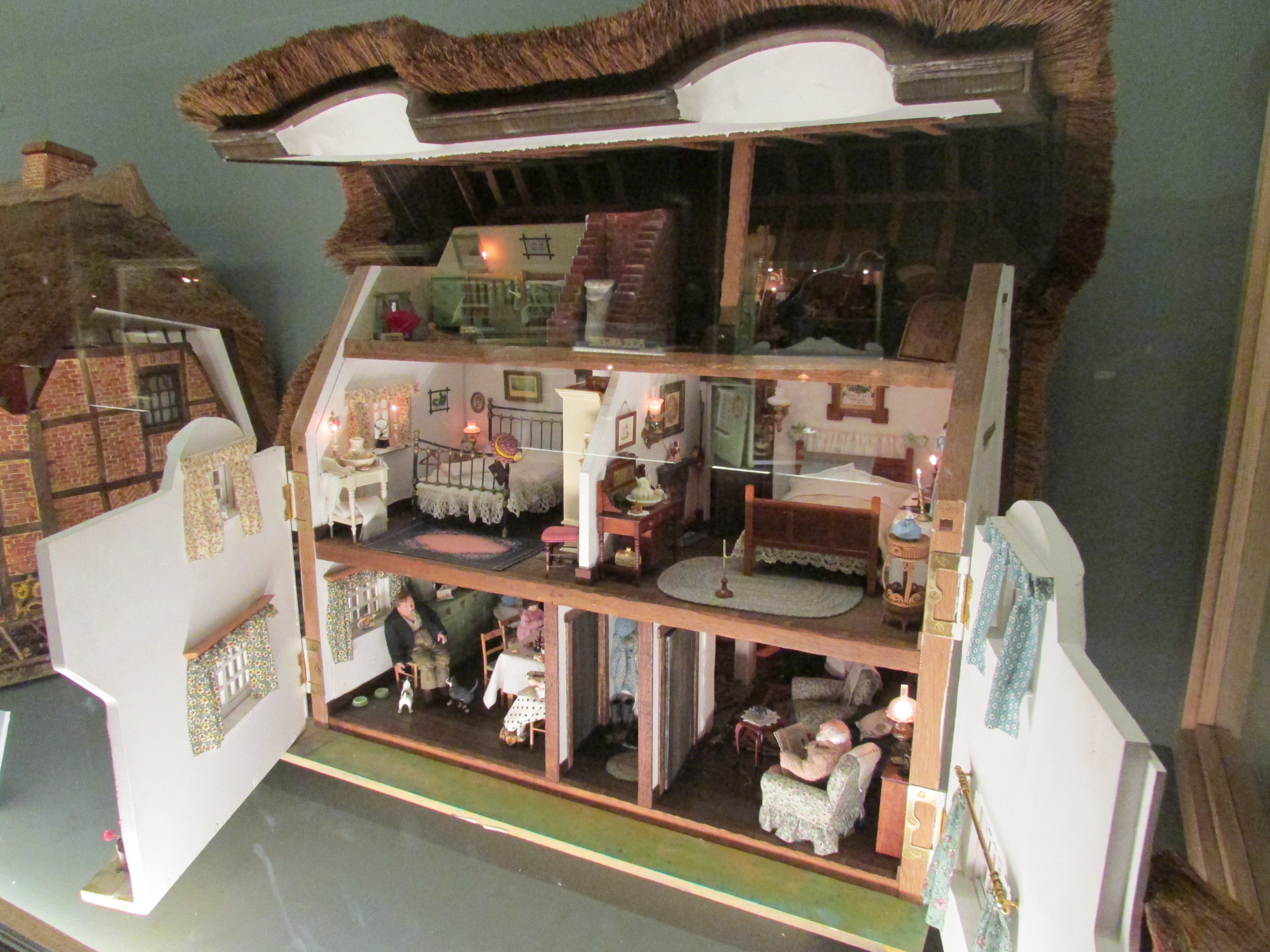

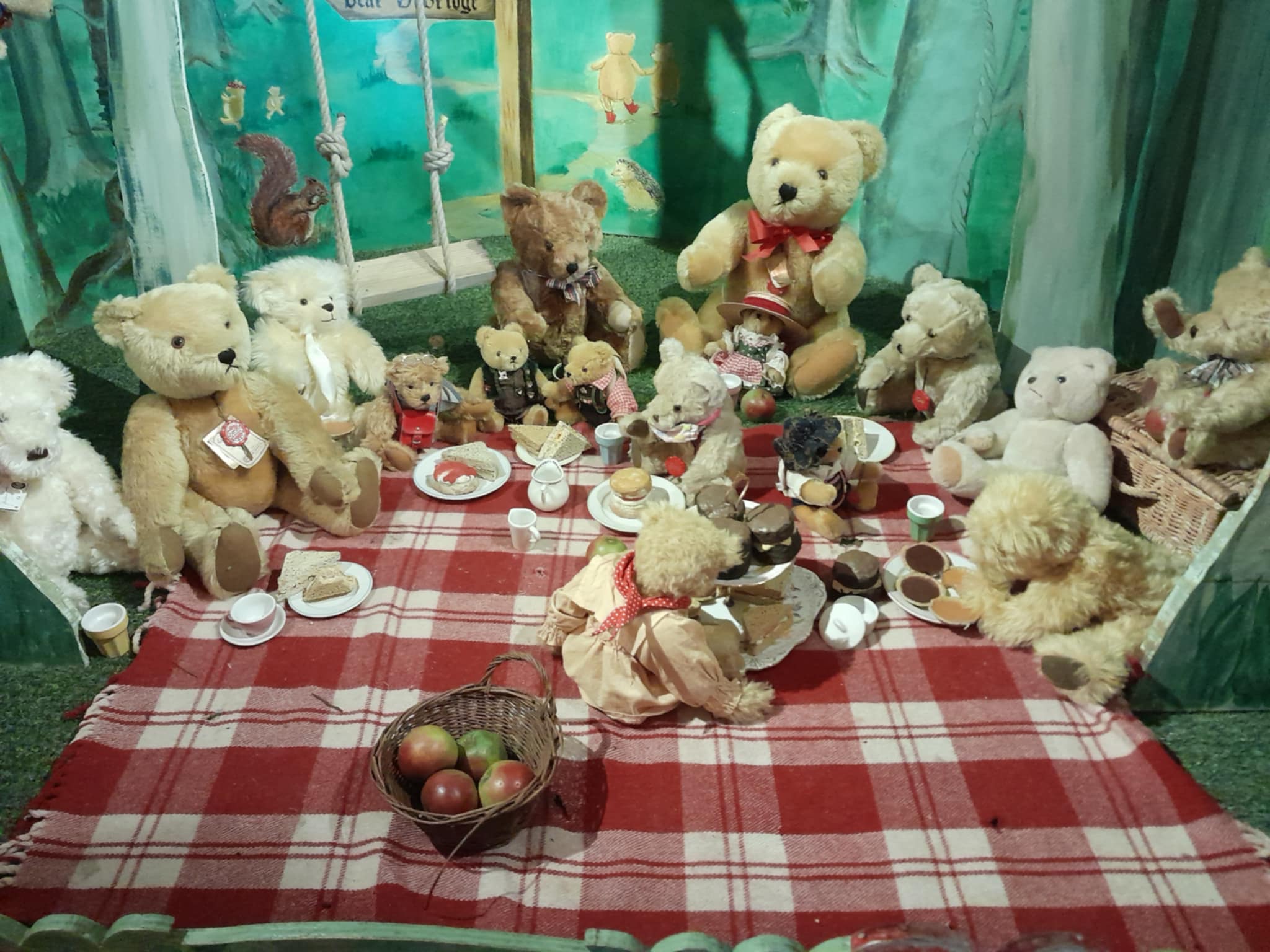
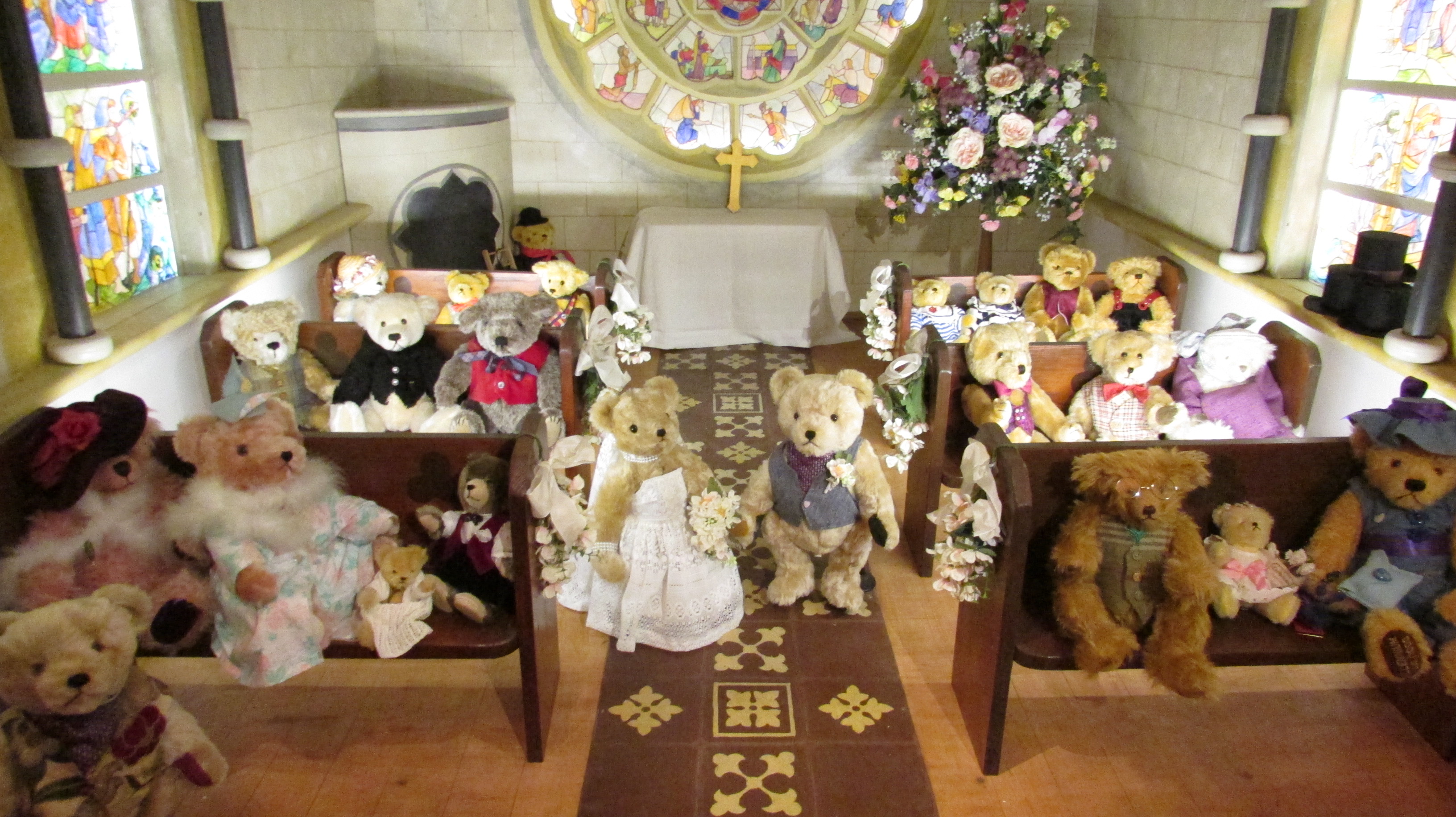
Camera Obscura and World of Illusions
549 Castlehill
Edinburgh
EH1 2ND
Tel: 0131 226 3709
Email: info@camera-obscura.co.uk
www.camera-obscura.co.uk
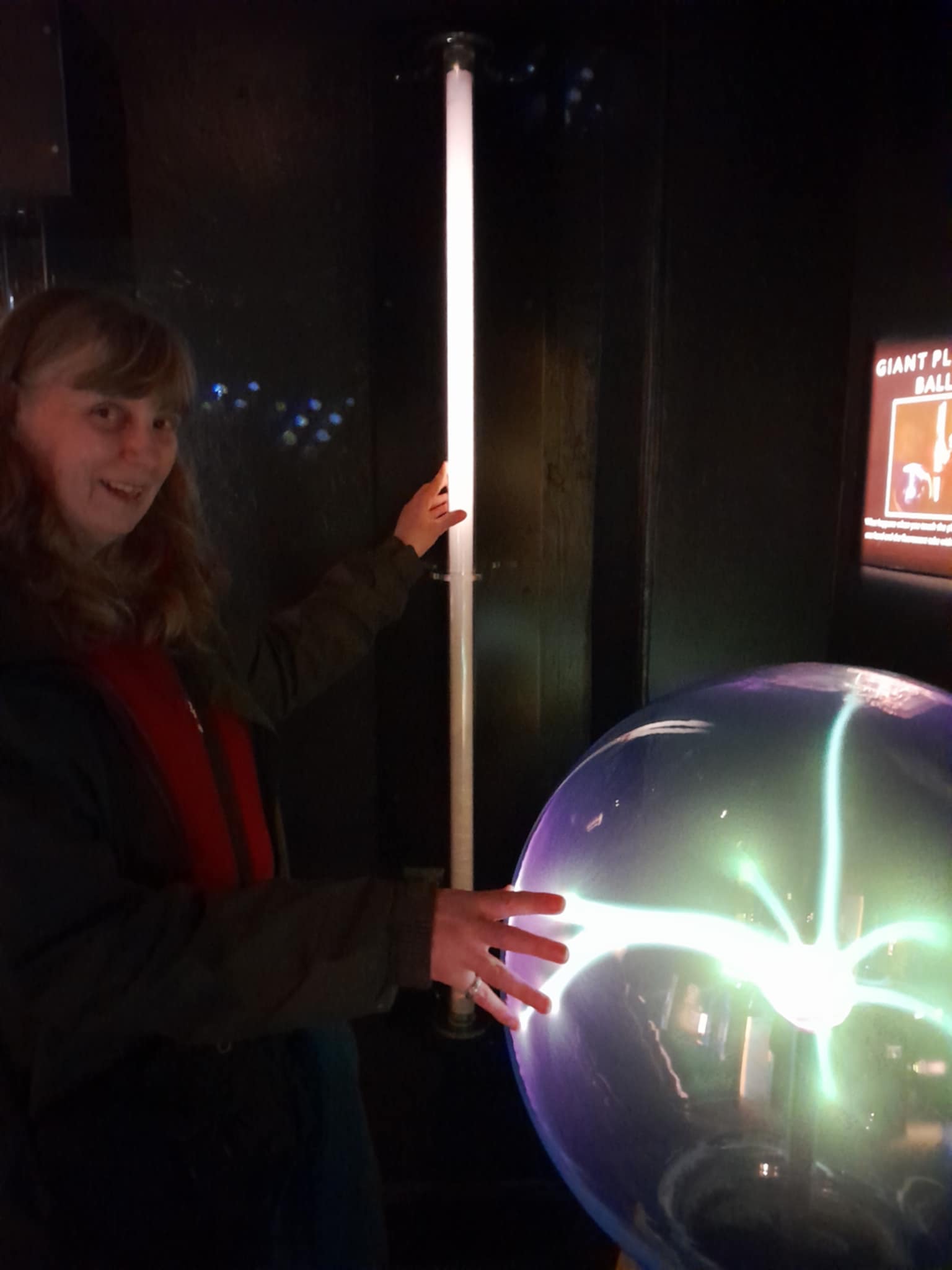
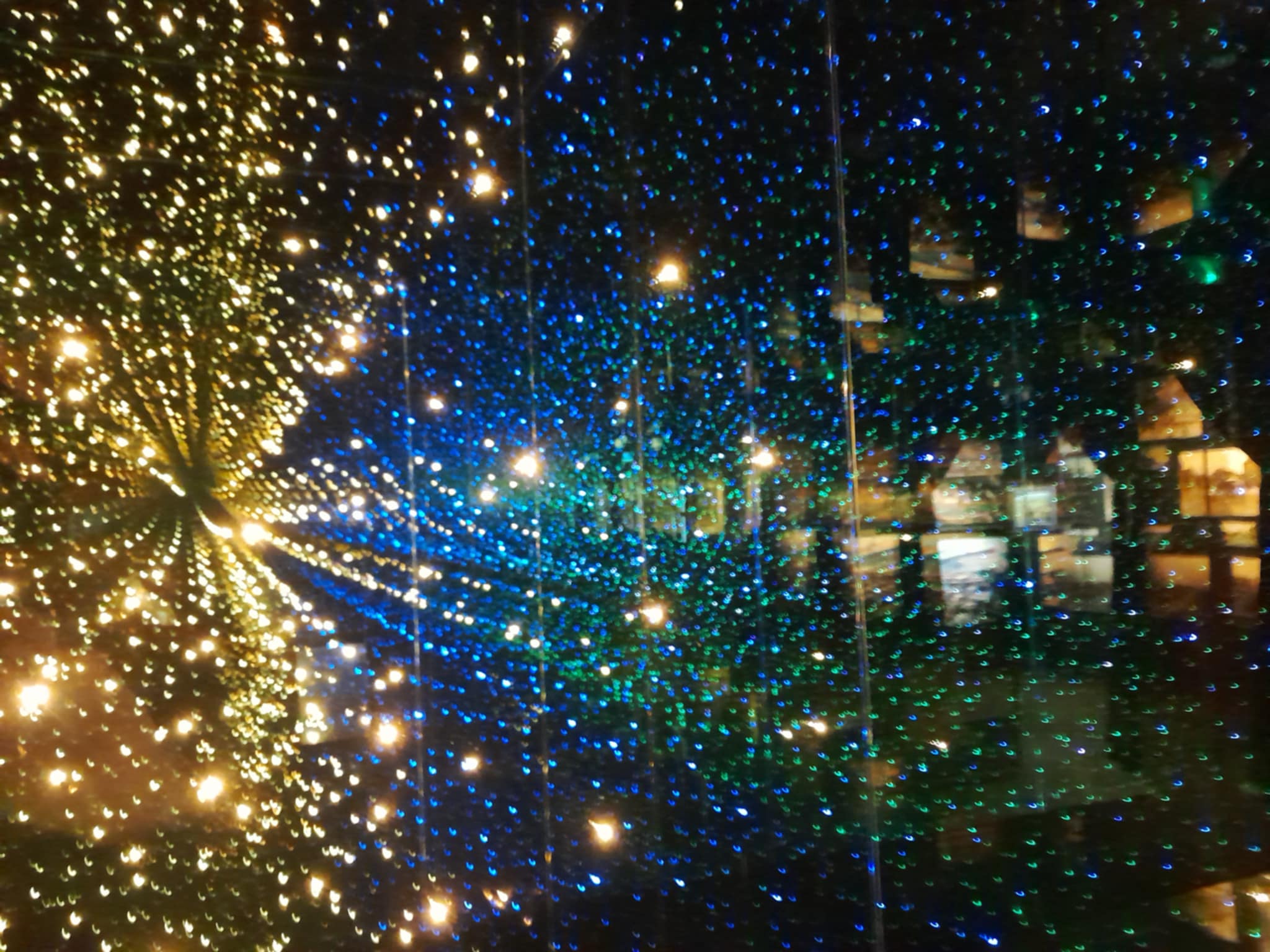
It’s difficult to describe this place as it is completely
wacky! We discovered it on a walk along the Royal Mile in Edinburgh and decided to venture
inside. Here we were greeted with a kaleidoscope of colours, sounds, illusions
and mind bending tricks.
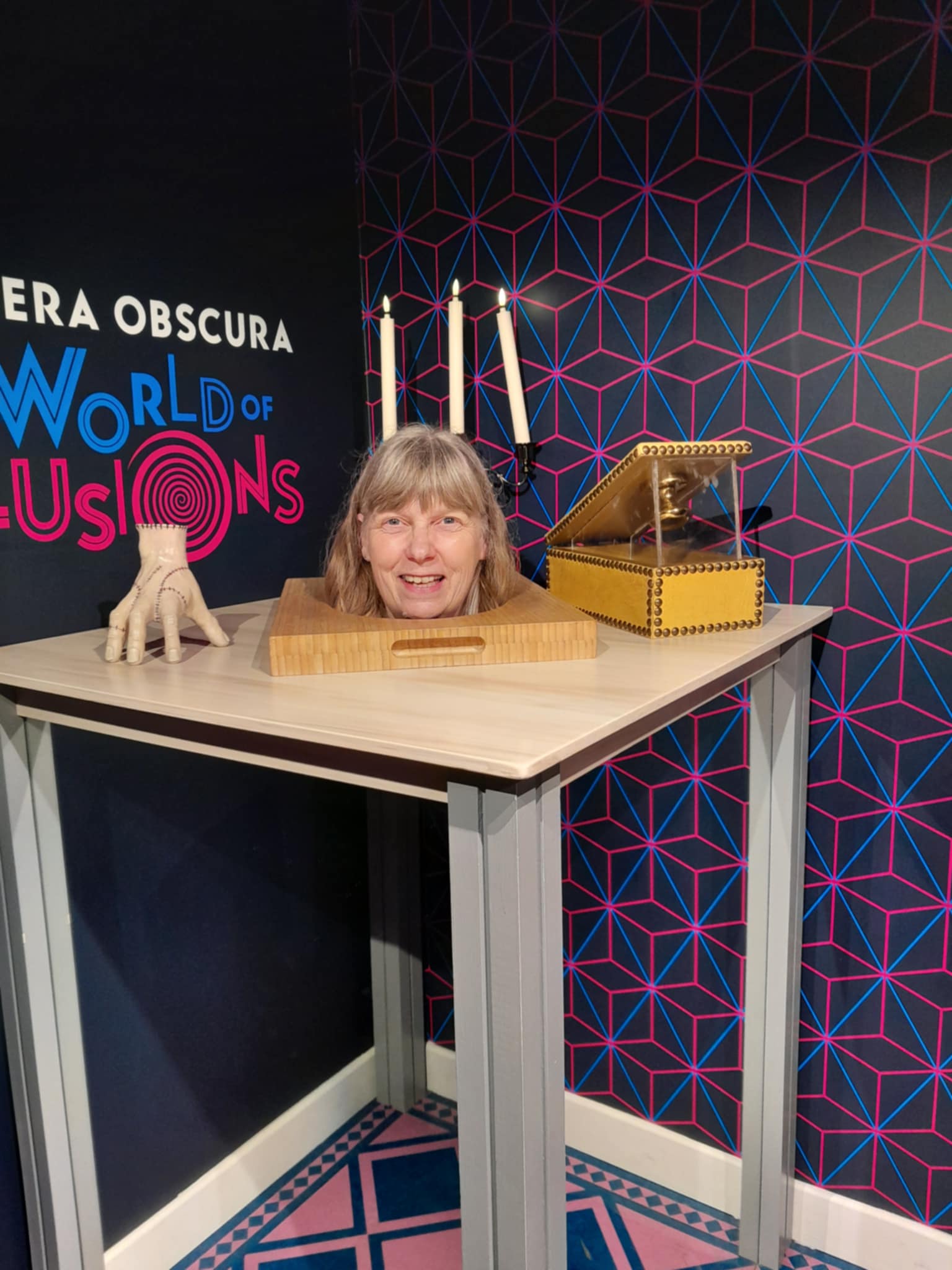
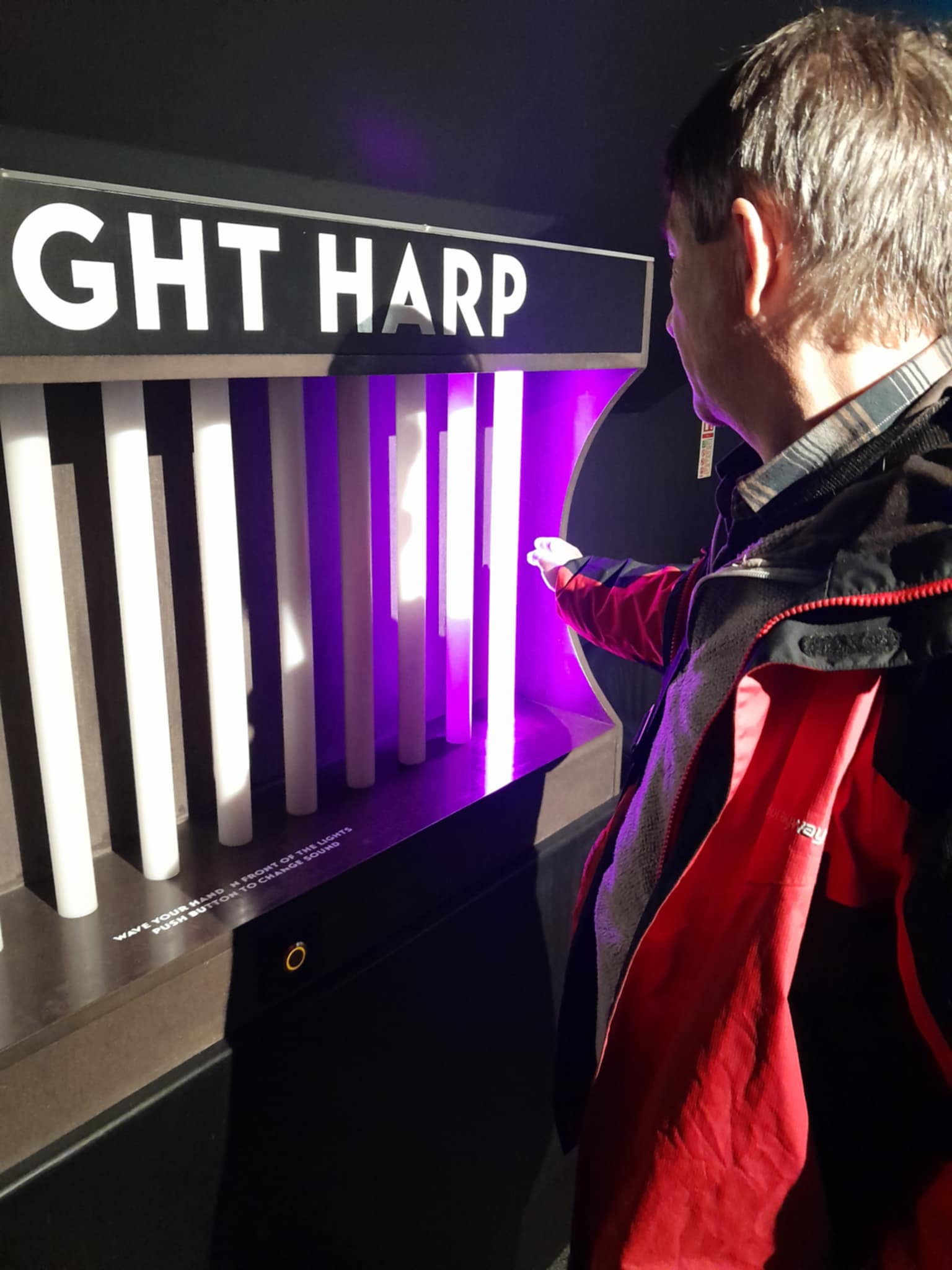
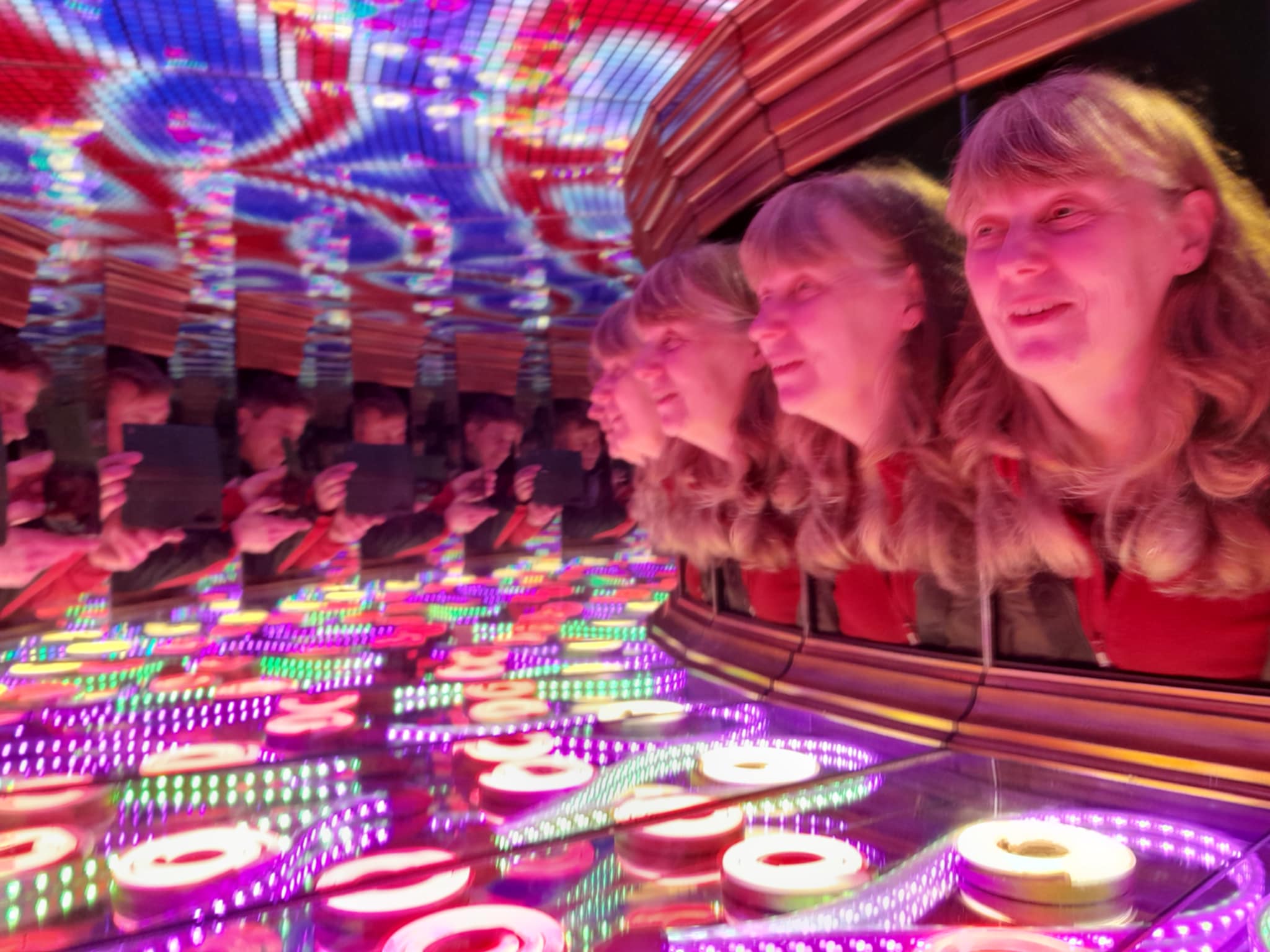
The Himalayan Garden and Sculpture Park
Hutts Lane
Ripon
HG4 3DA
Tel 01765658009
www.himalayangarden.com
e mail: info@himalayangarden.com
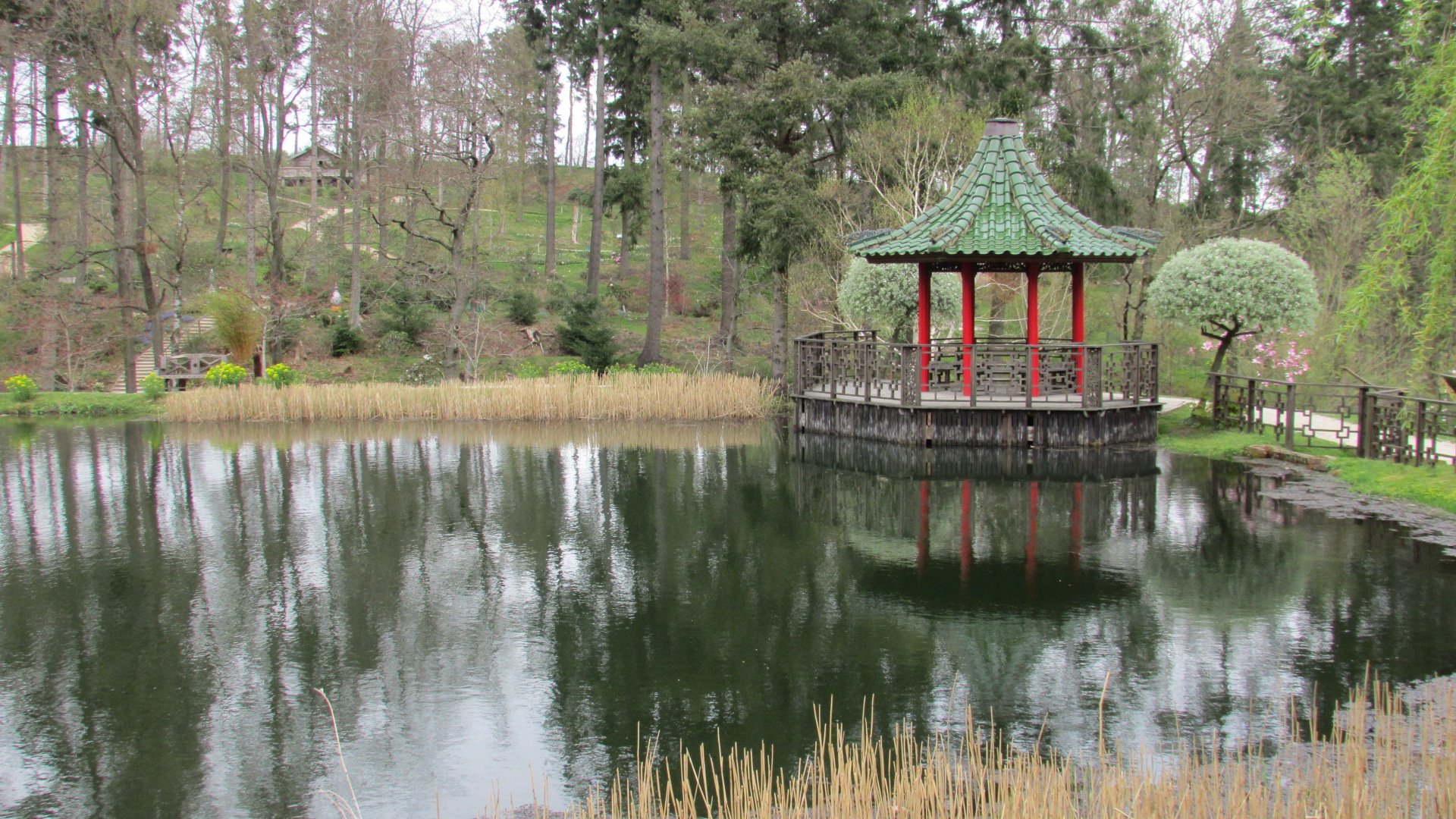
What a hidden gem of a garden this one is! This delightful
garden has a host of unexpected treasures to discover. A beautiful walk with sculptures, lakes, an
abundance of wildlife, a new arboretum and some interesting structures such as
the Japanese pagoda and Norse Hut to discover.

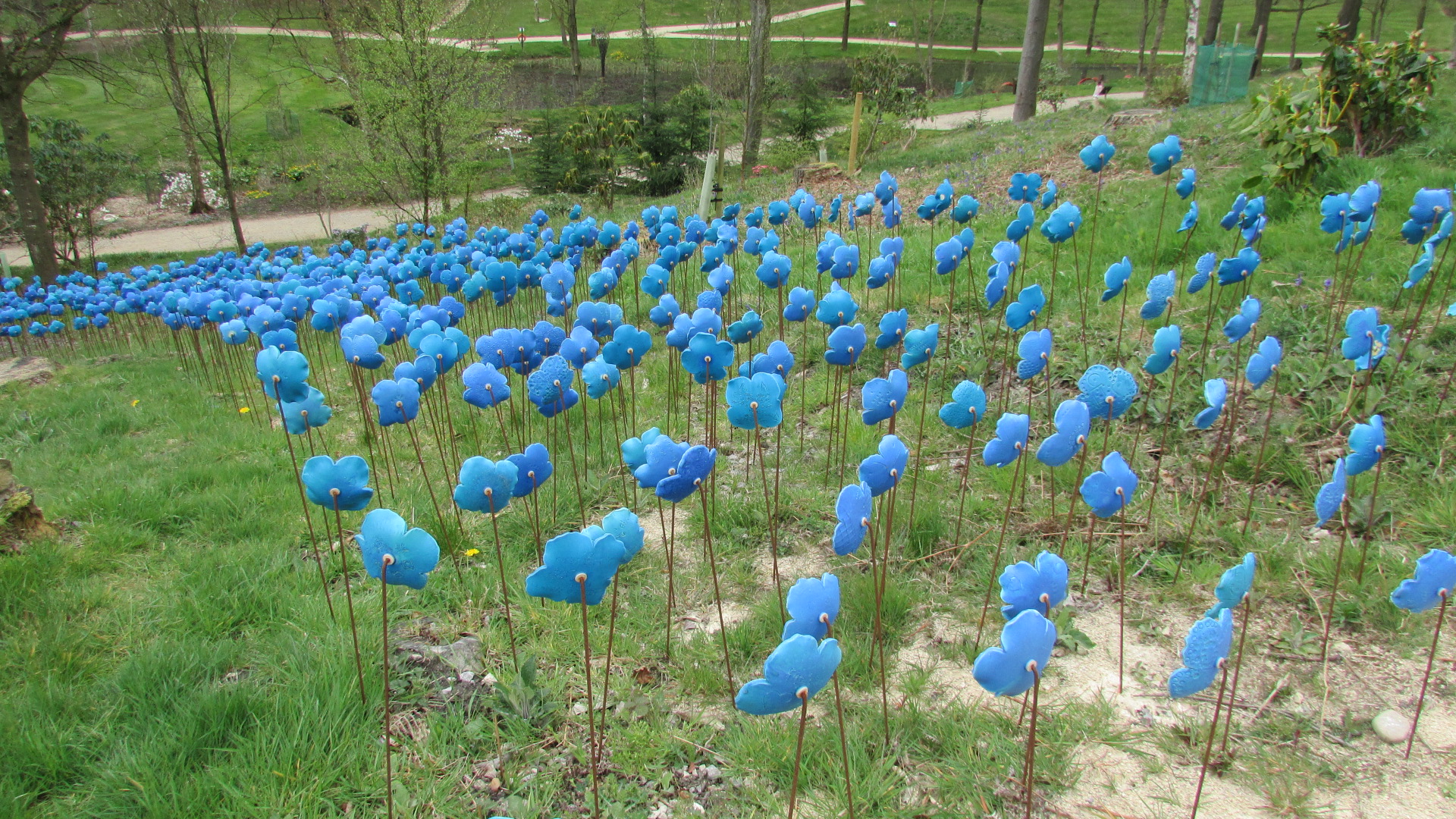

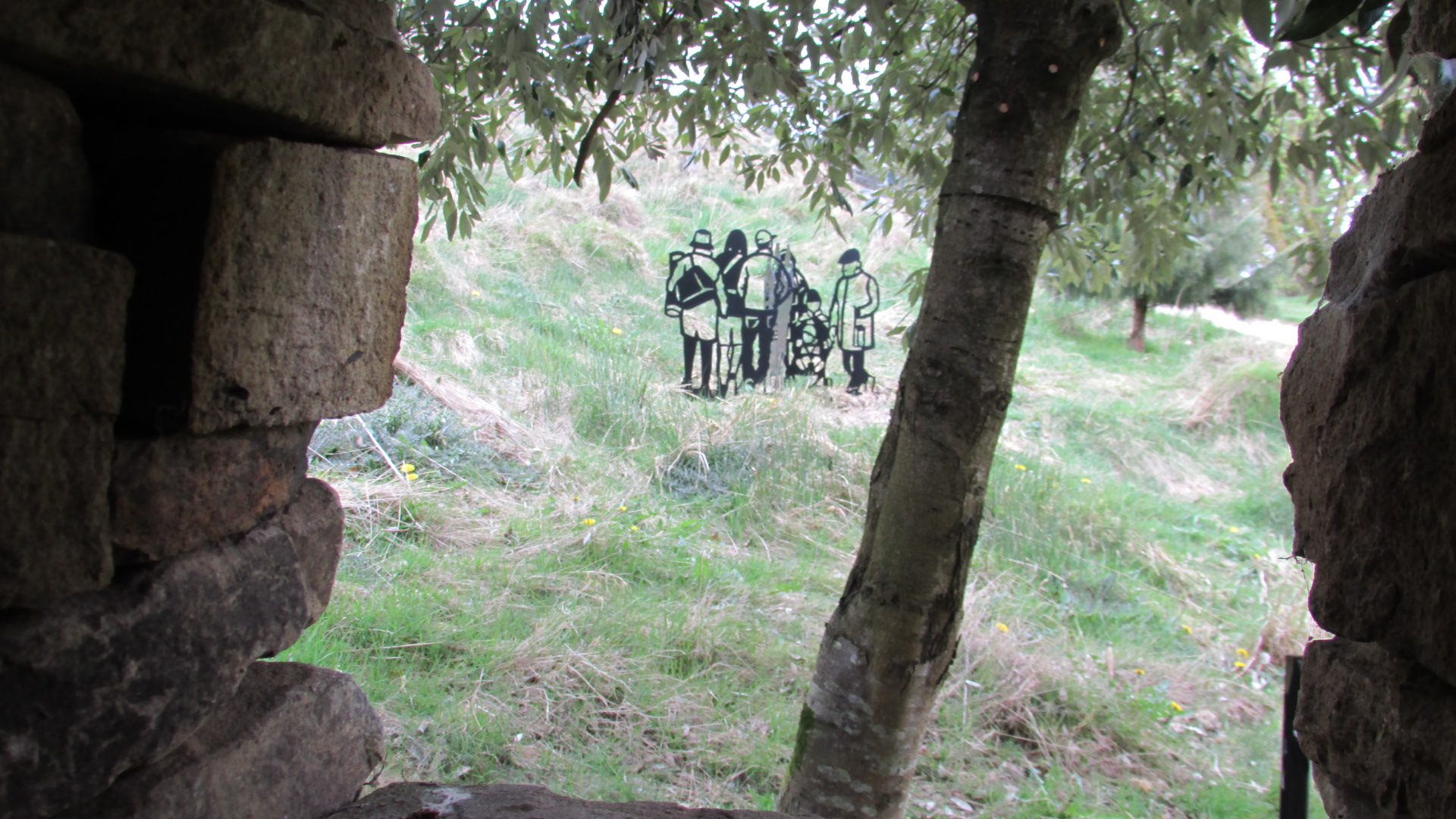
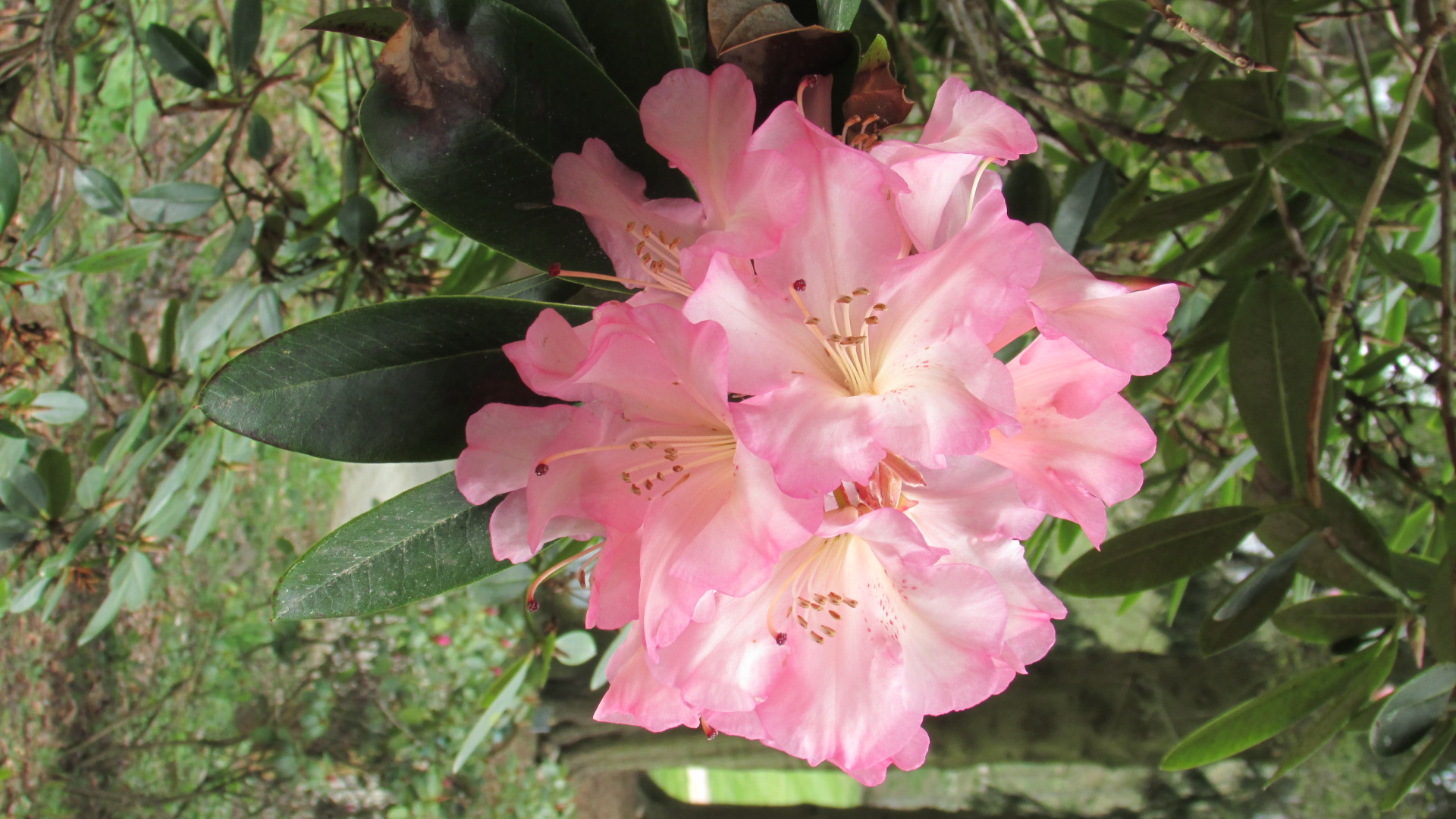
Edinburgh Castle
Castlehill
Edinburgh
EH1 2NG
Tel 01312259846
www.edinburghcastle.scot
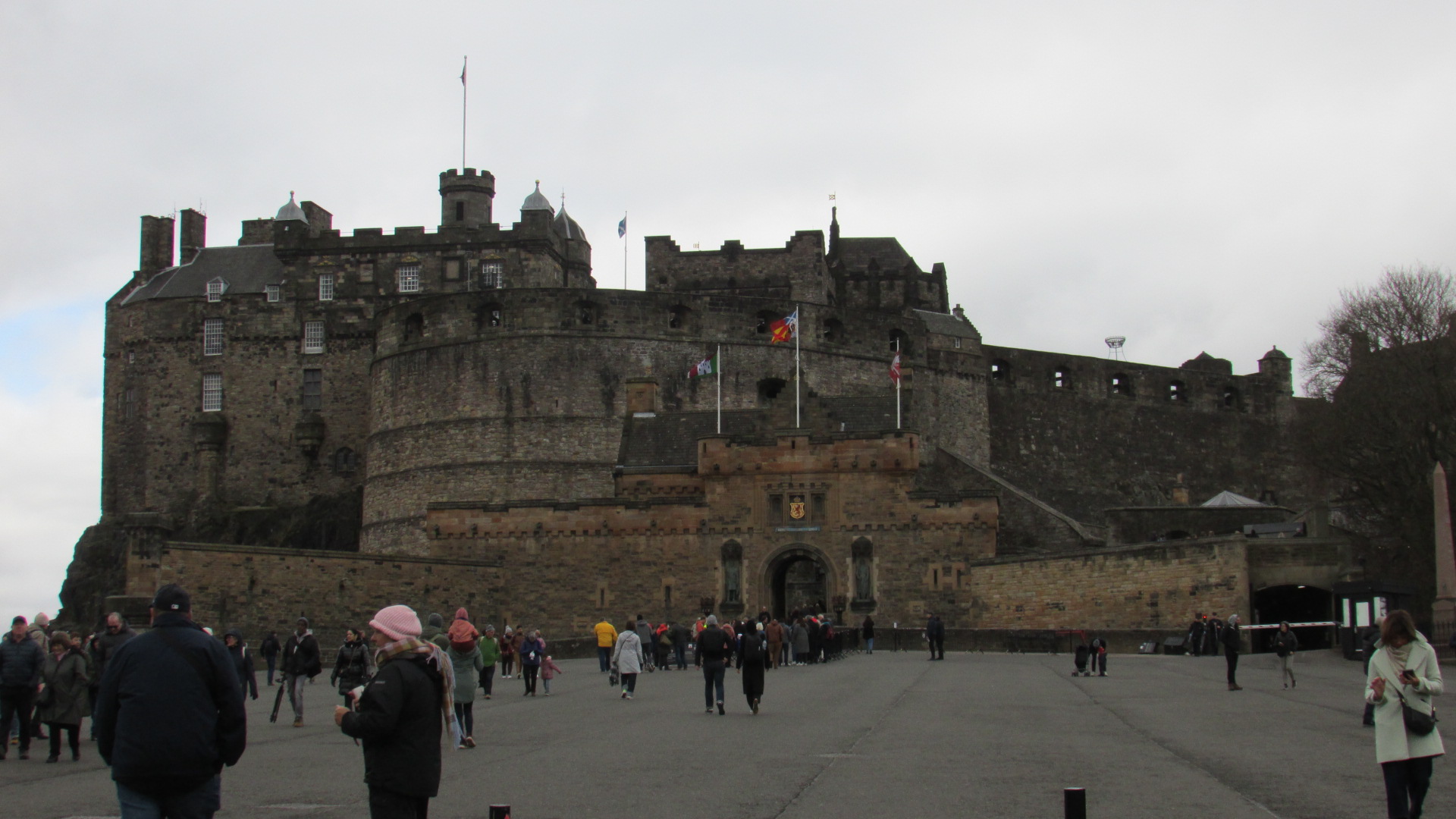
A recent weekend away took us to Edinburgh where we found
masses to do! High on our list was
Edinburgh Castle which is a very imposing building seen throughout the city.
Built during the Middle Ages by King David l of Scotland, it was constructed on
Castle Rock, a volcanic crag, and served as both a royal residence and a
military base. It is a huge place, so if you are planning to visit yourselves,
be prepared! Wear comfortable shoes, layers of clothing (it is quite exposed
being on the crag and much of it outdoors, so we felt quite chilly) and take
your time. There is so much to see here
so plan for it in your itinerary.
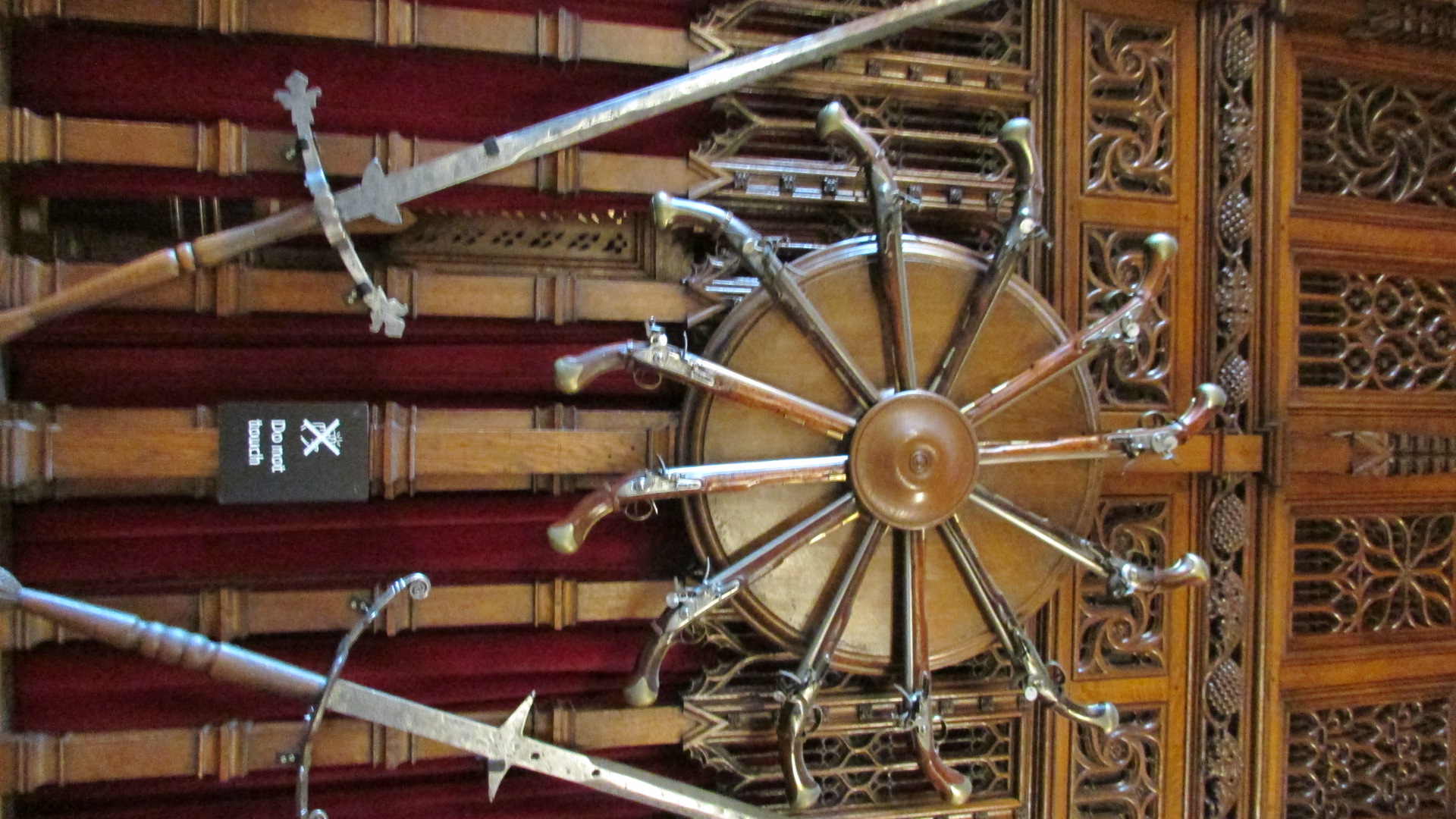
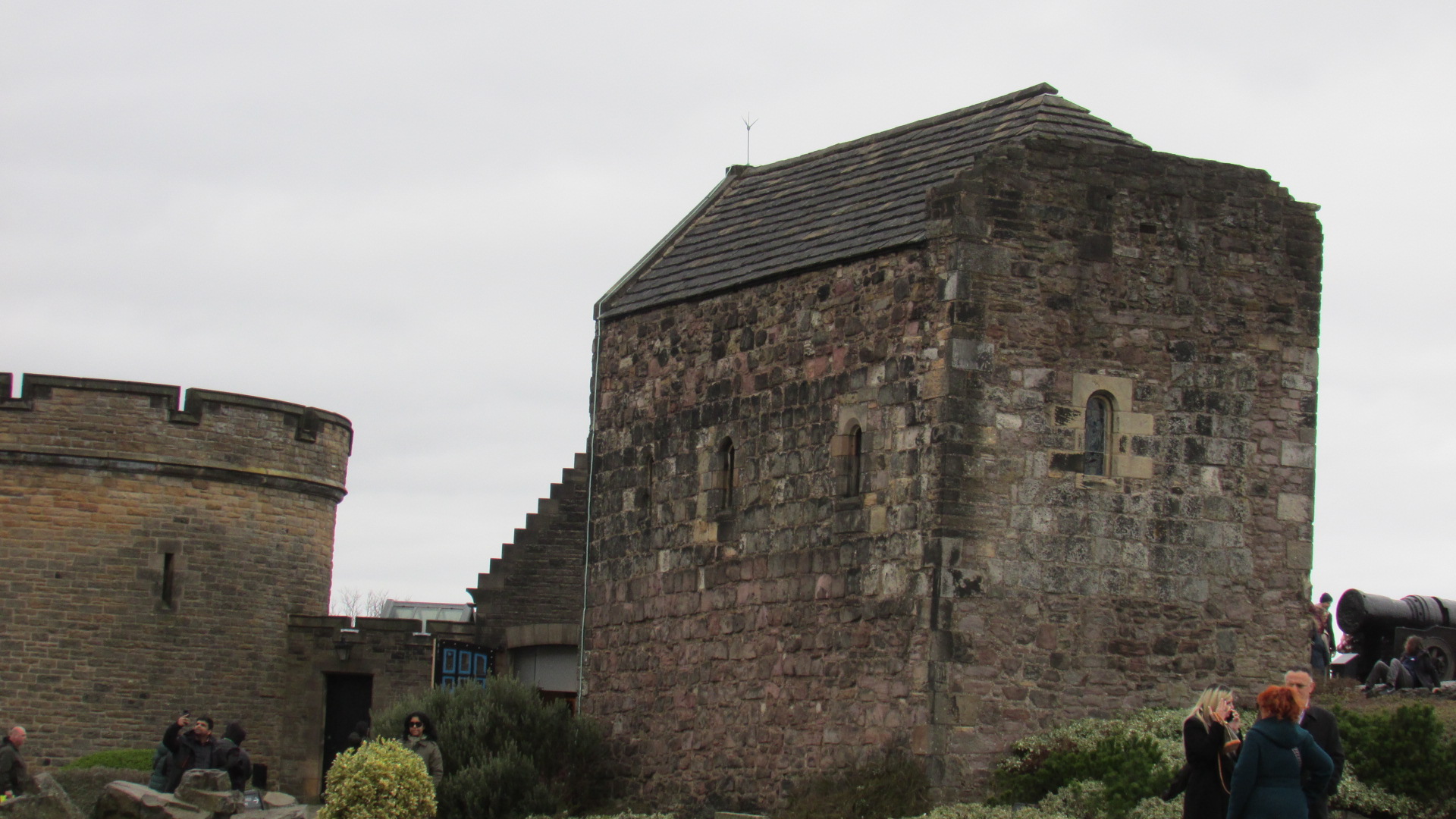
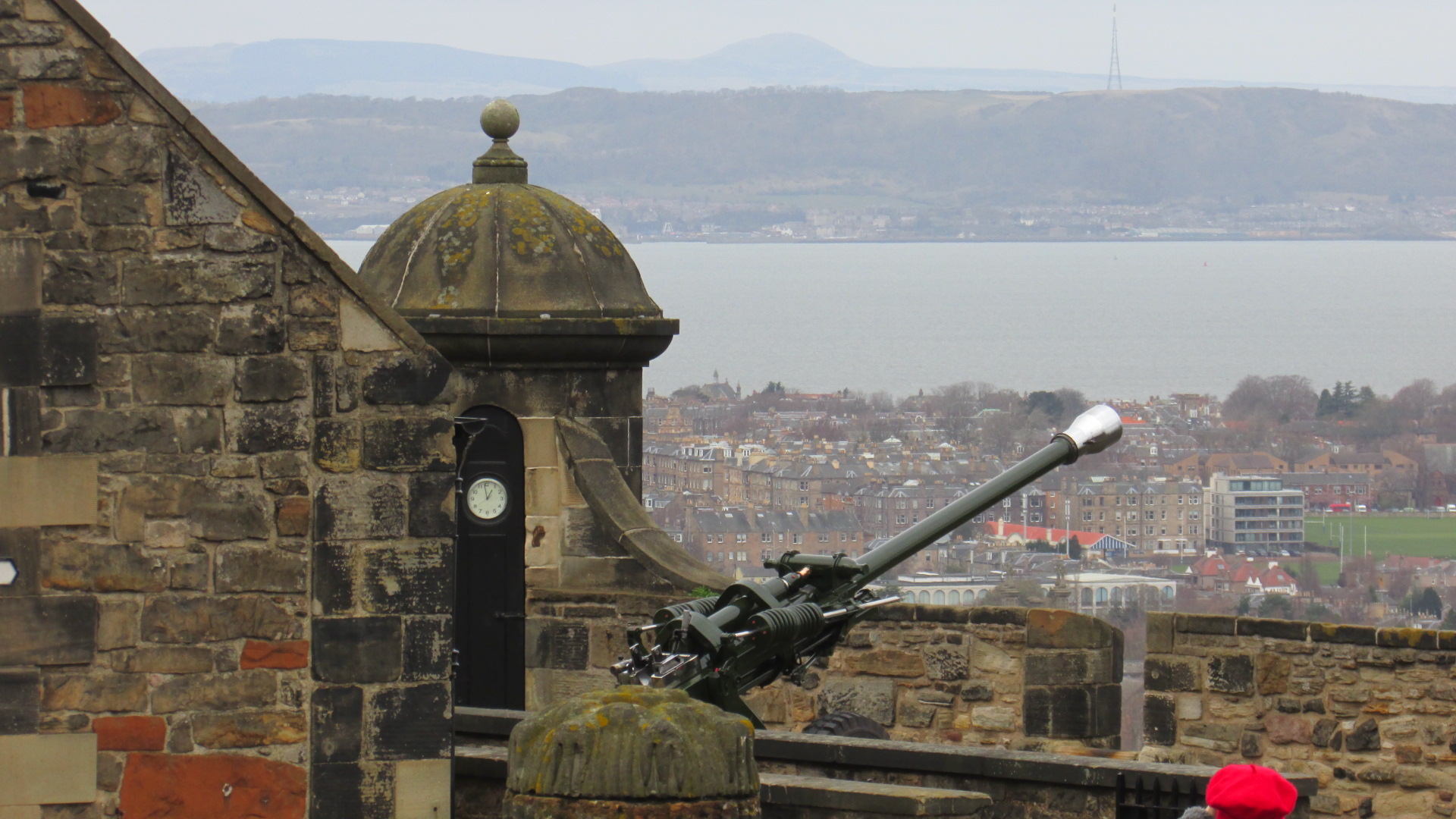
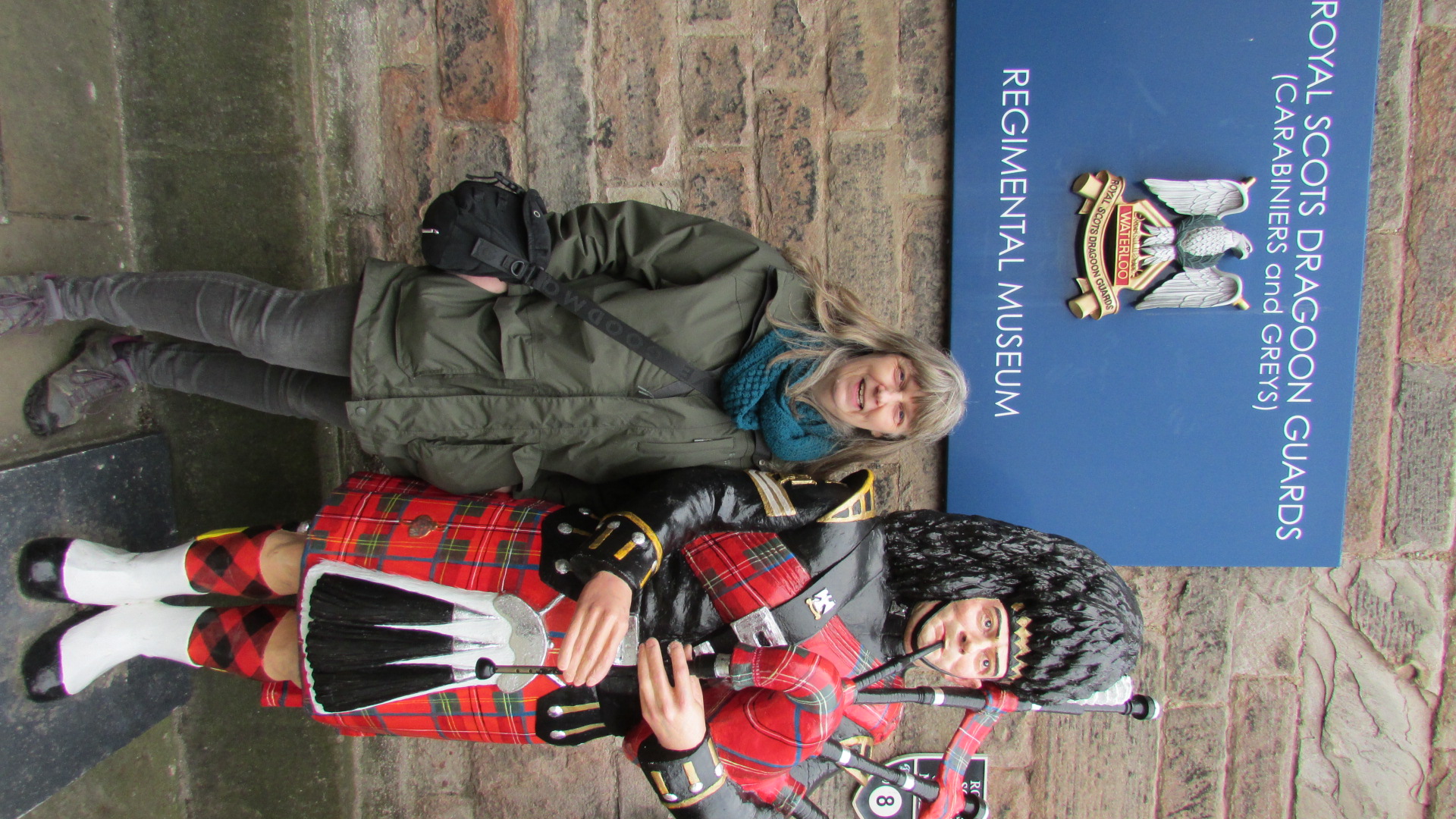
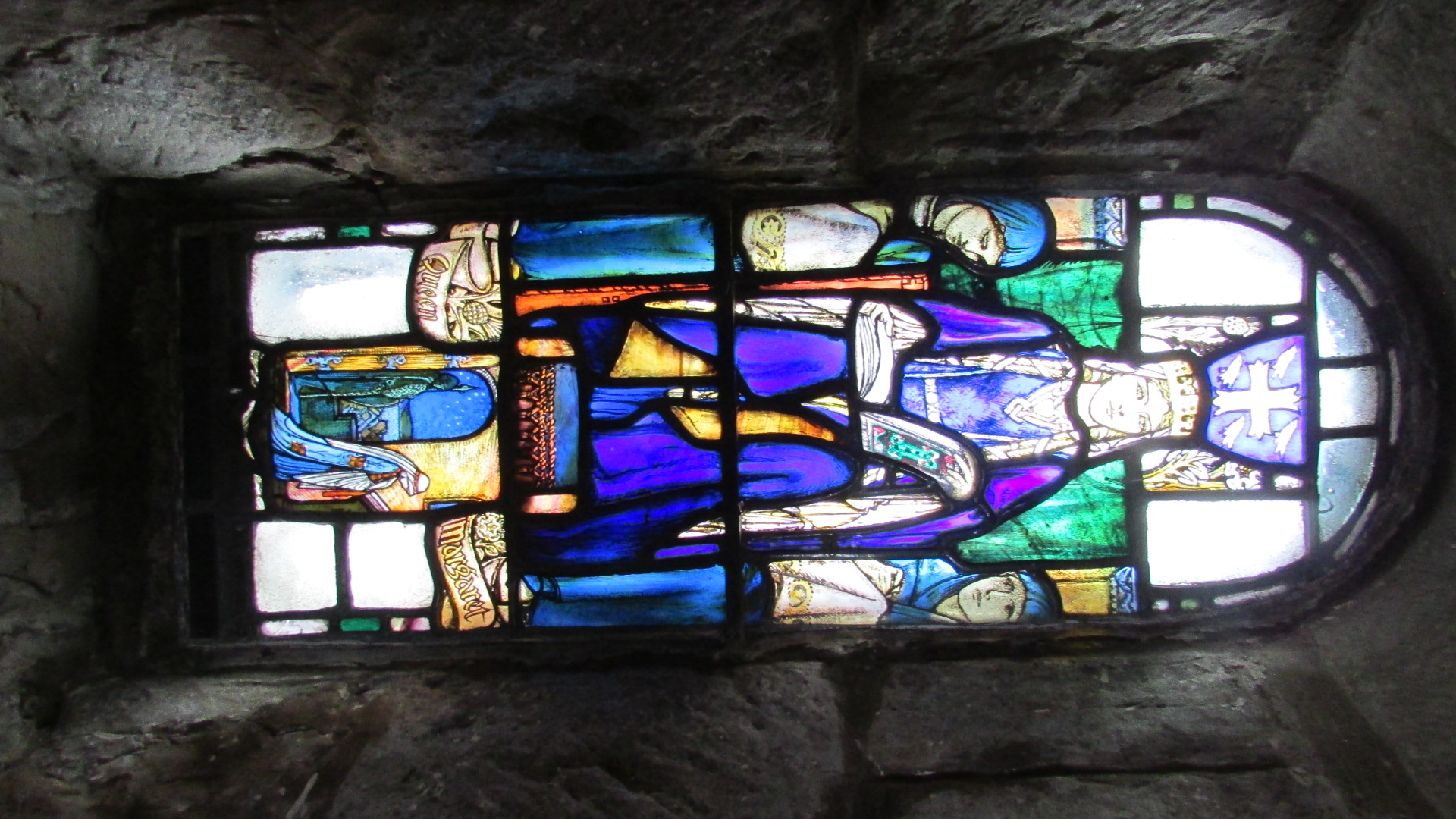
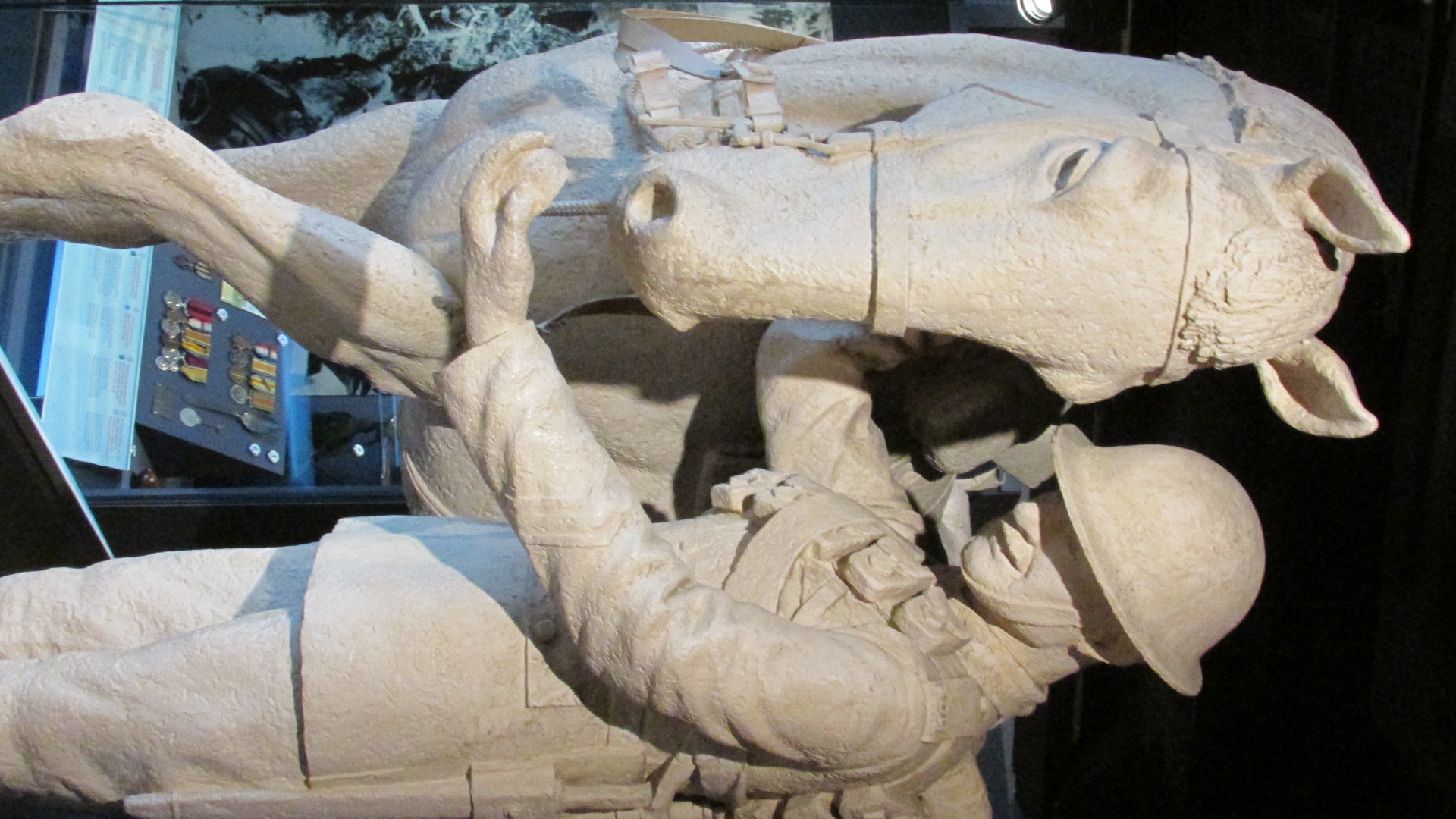

Ryedale Folk Museum
Hutton-le-Hole
Kirbymoorside. YO62
6UA
www.ryedalefolkmuseum.co.uk
email: info@ryedalefolkmuseum.co.uk
tel 01751 417 367
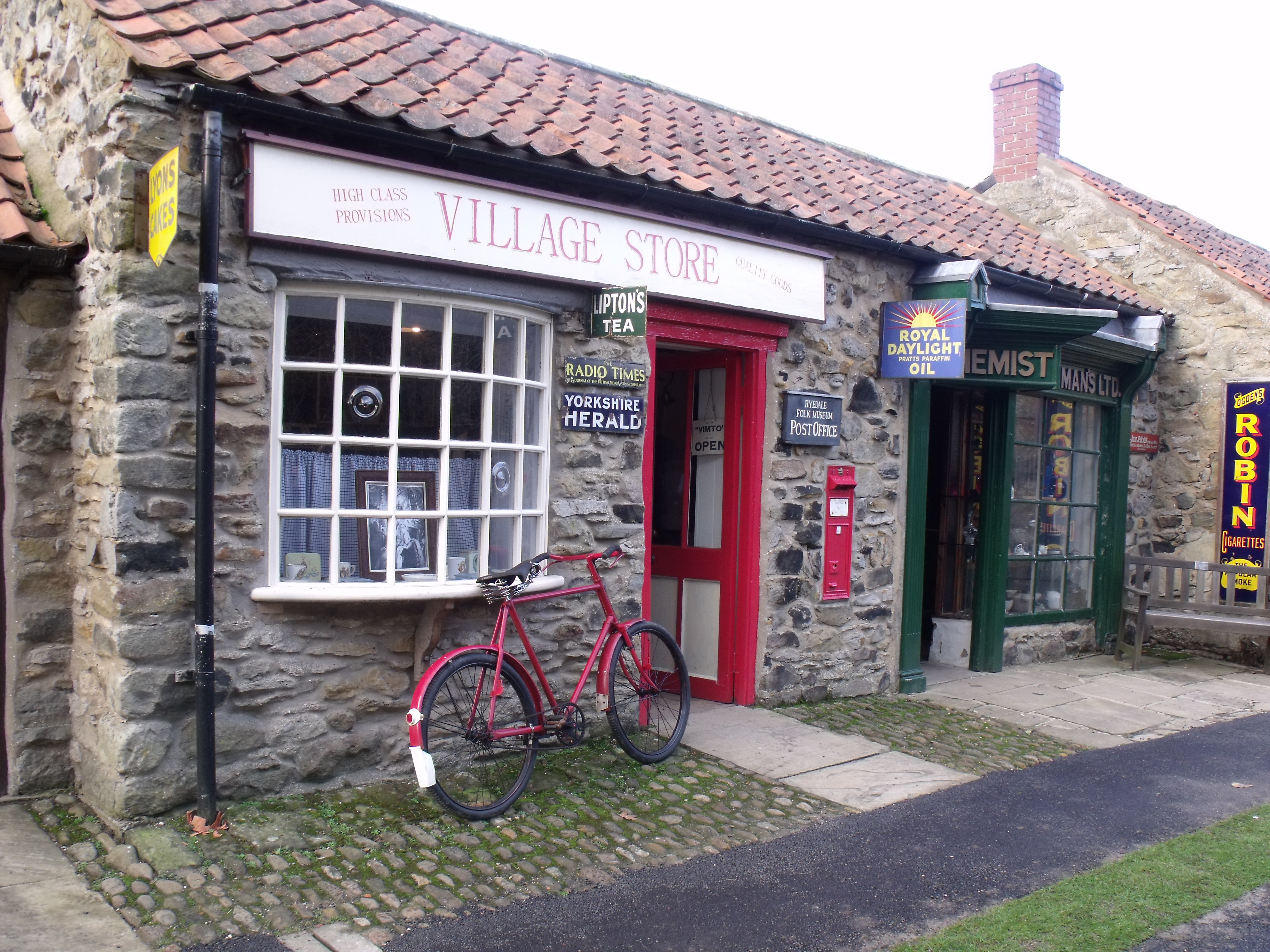
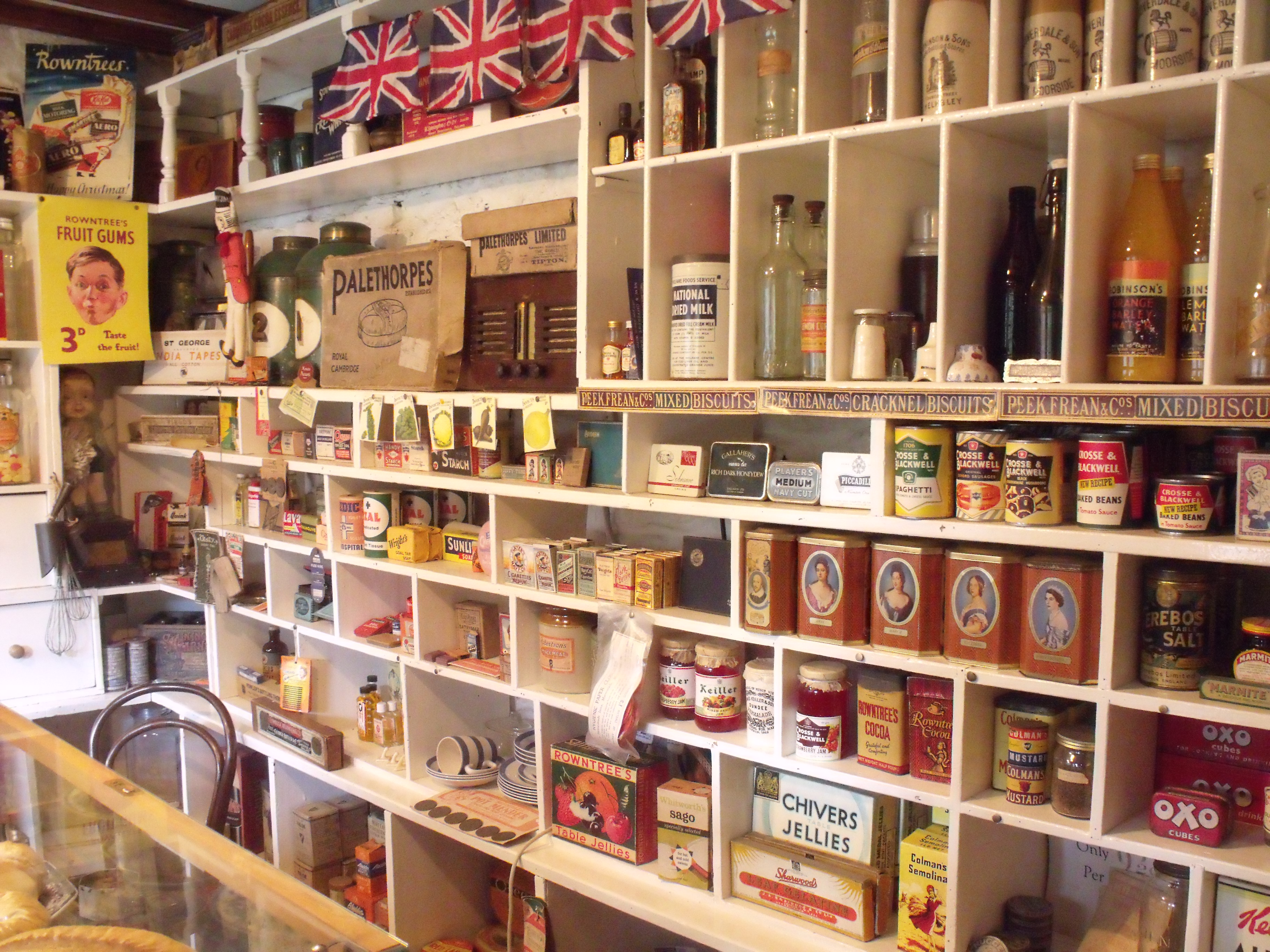
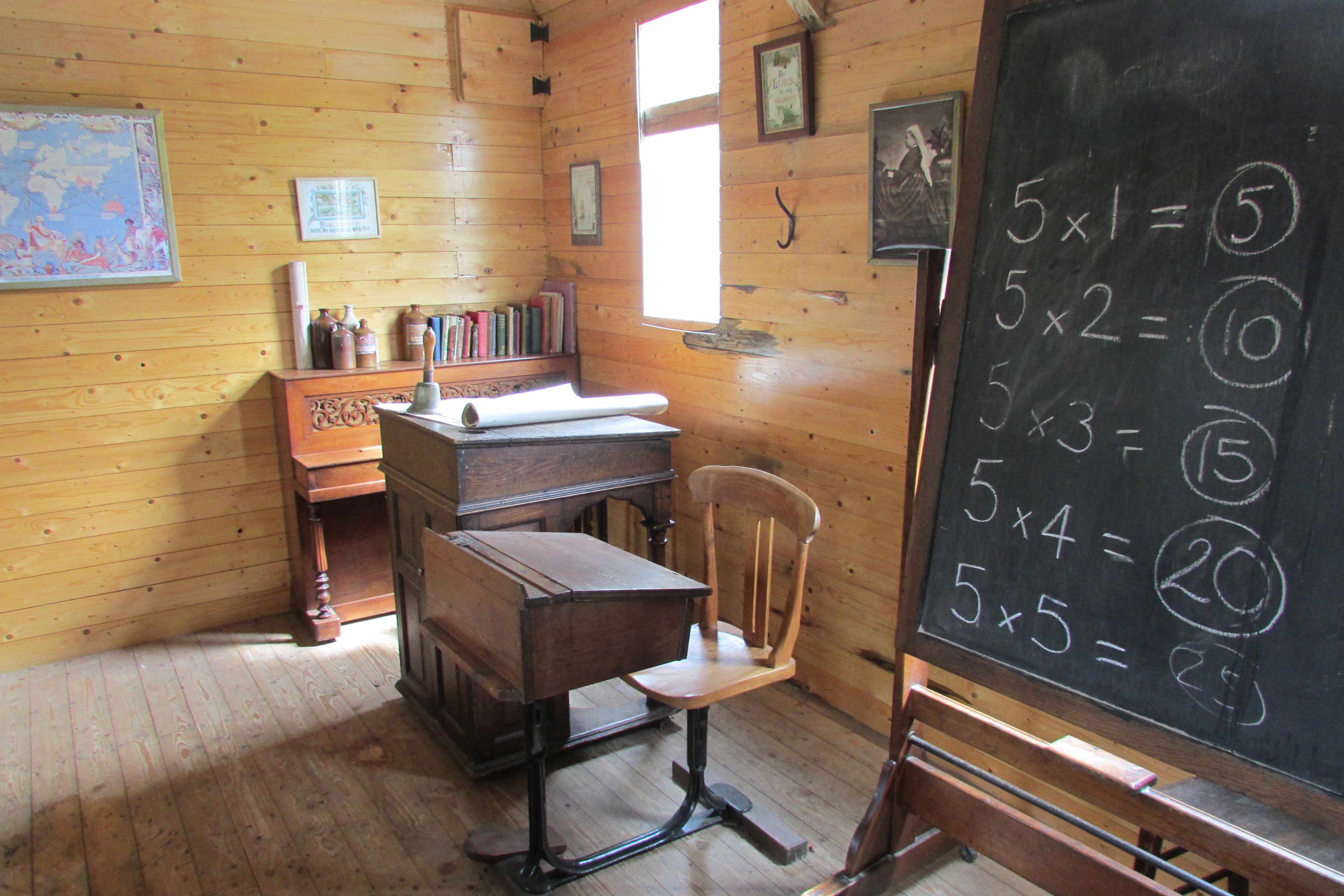
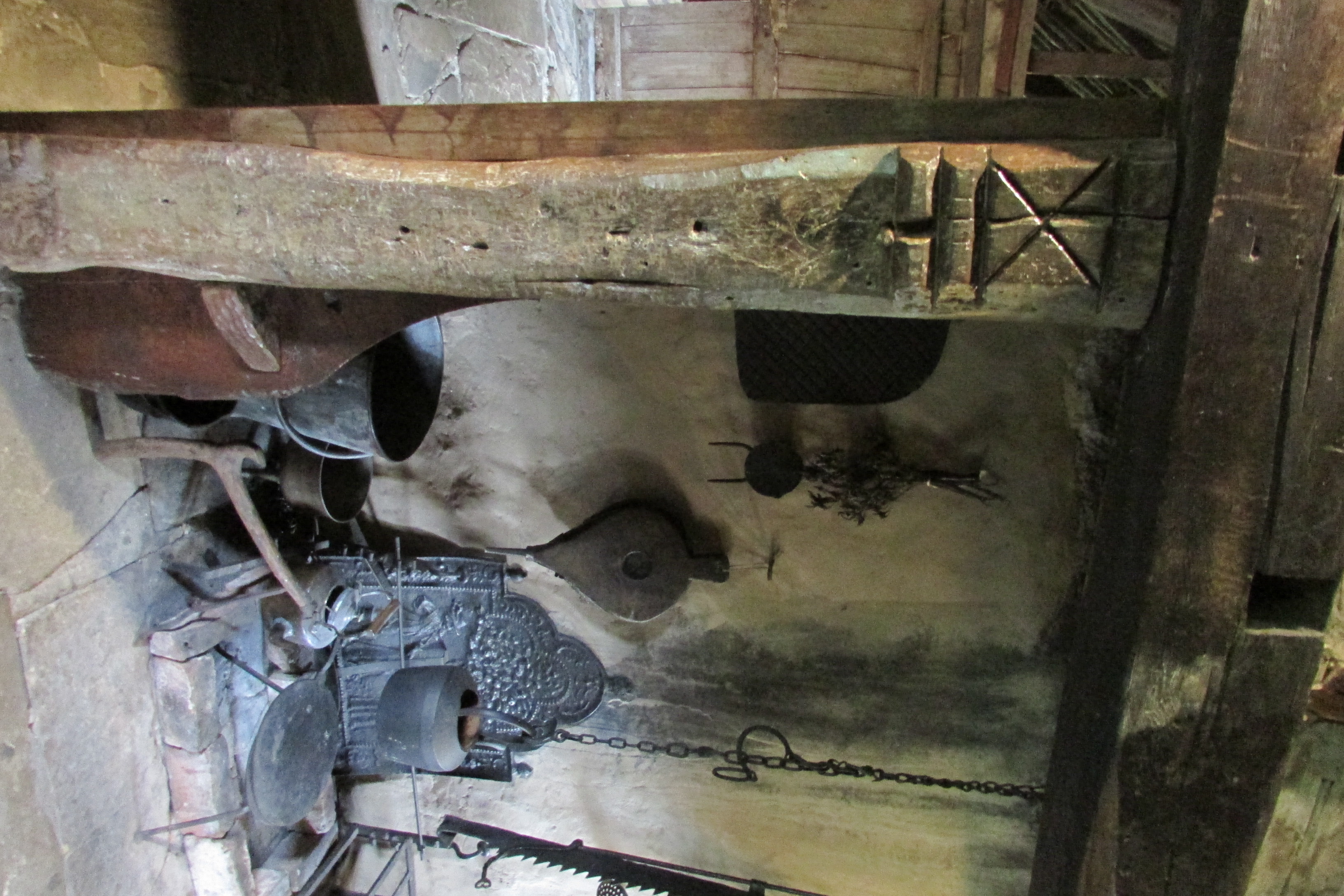
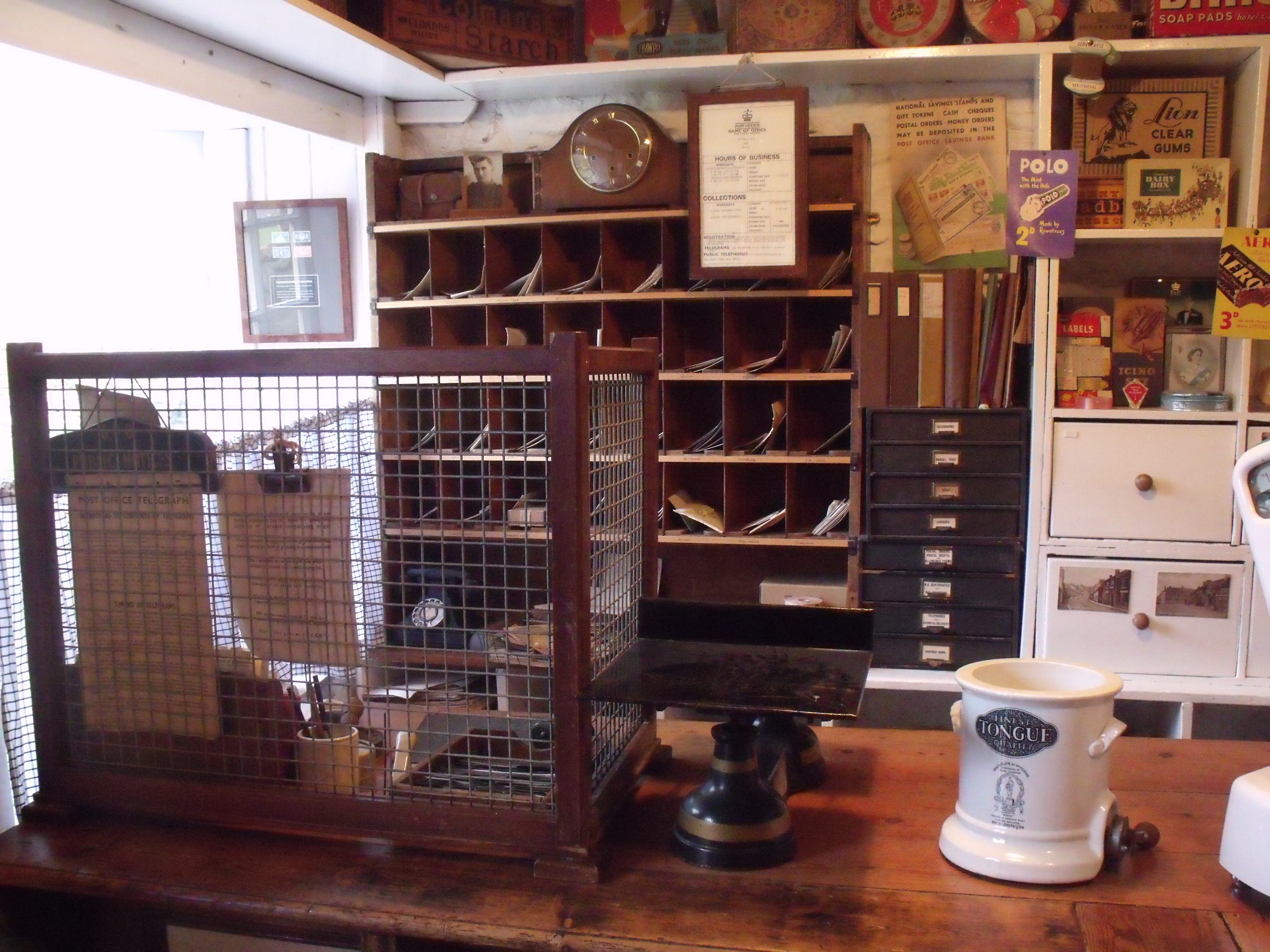
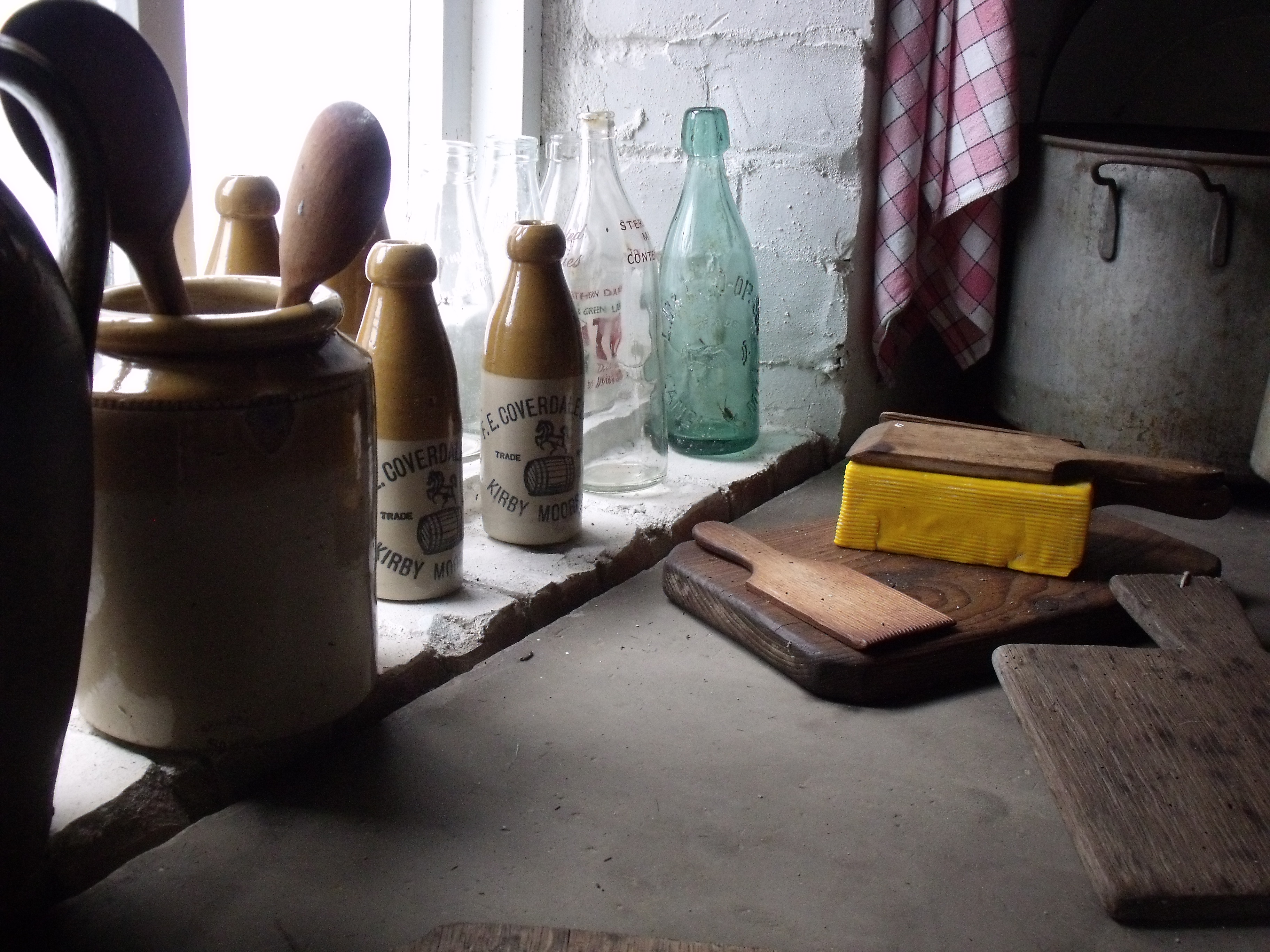
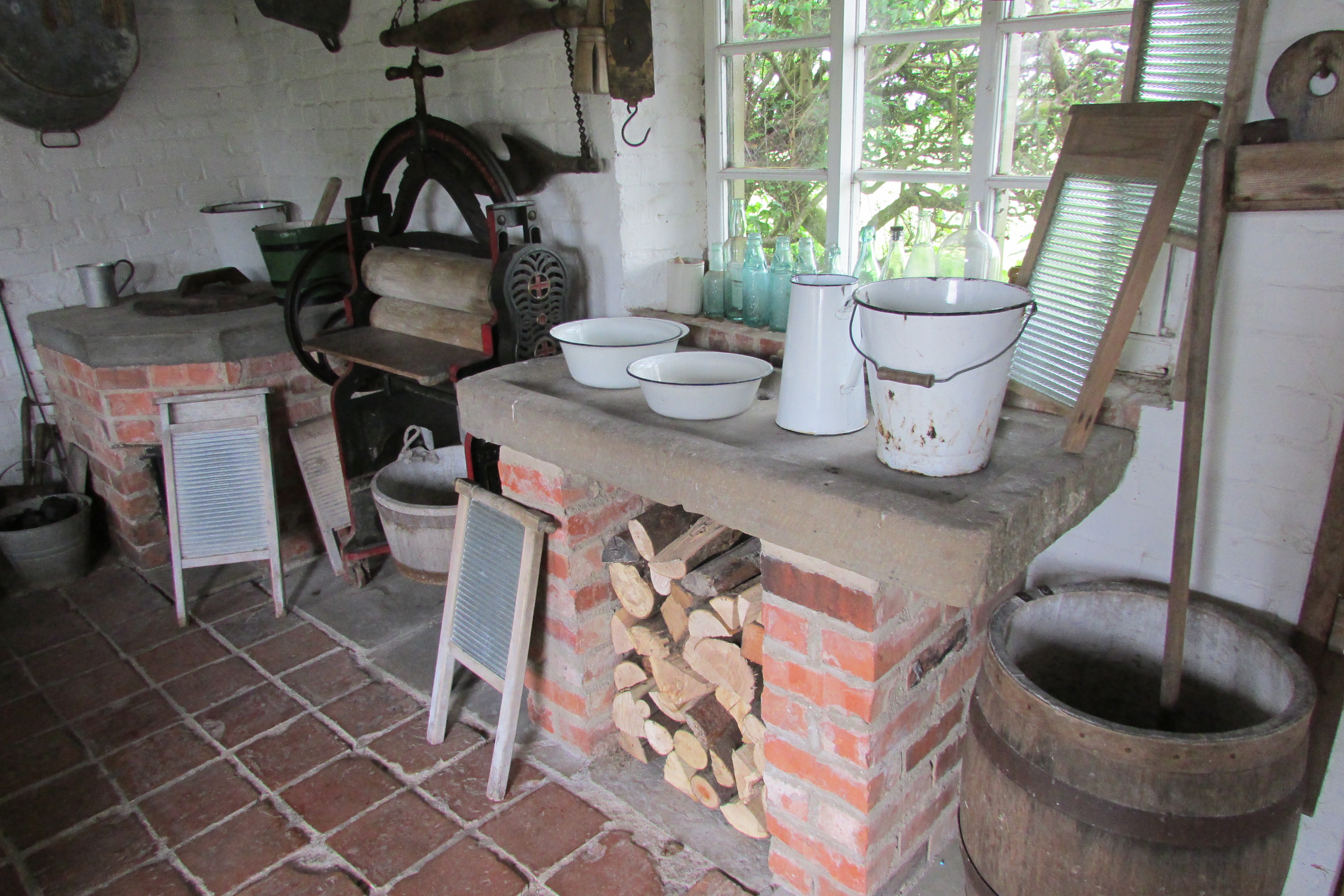
Cadbury World
69 Linden road, Birmingham, B30 1JR
www.cadburyworld.co.uk
Tel 0121 828 9300
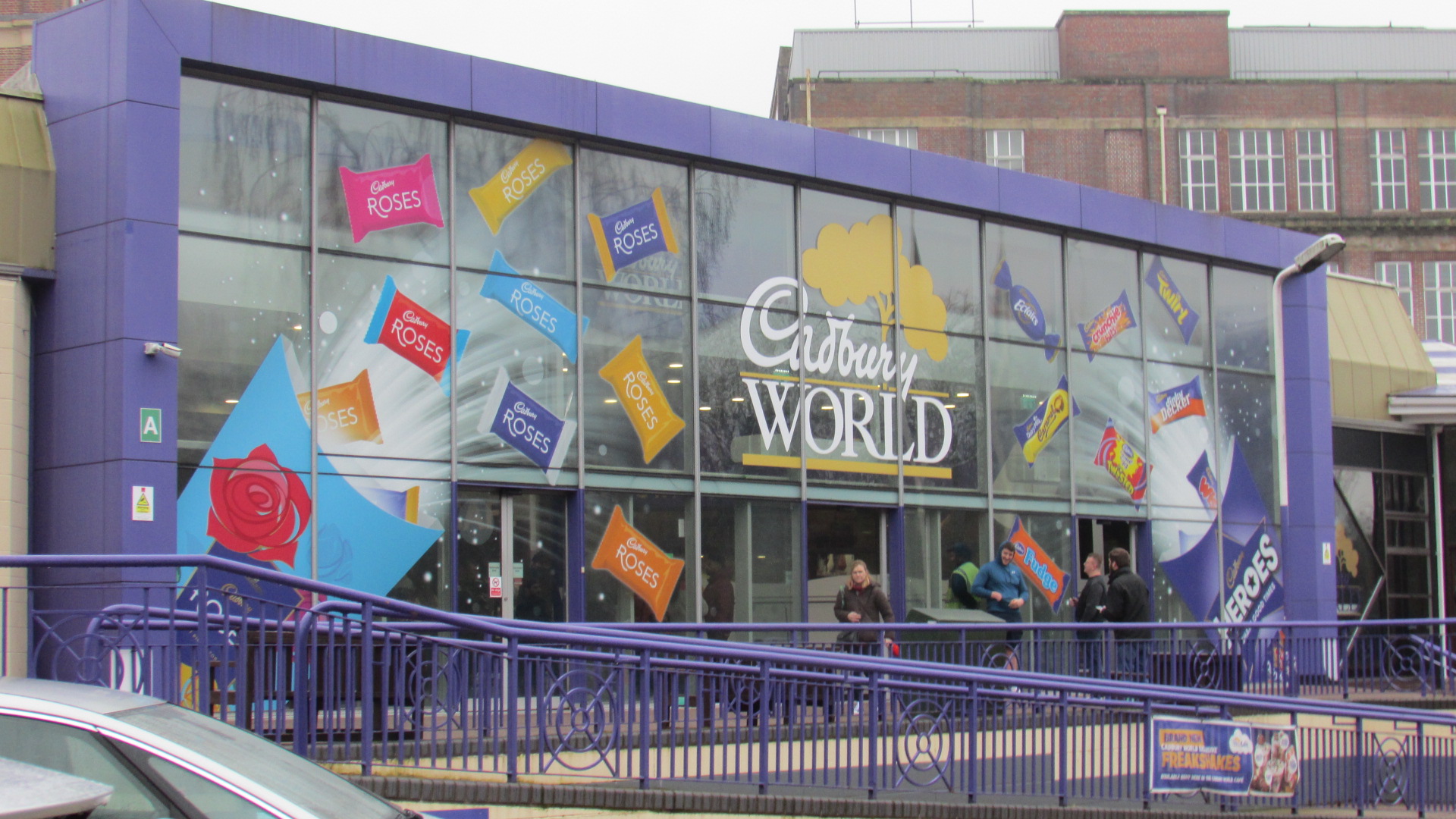
As a chocoholic, a visit to Cadbury World has been on my to
do list for quite some time! So when a free weekend came up, I decided to book
up and check it out.
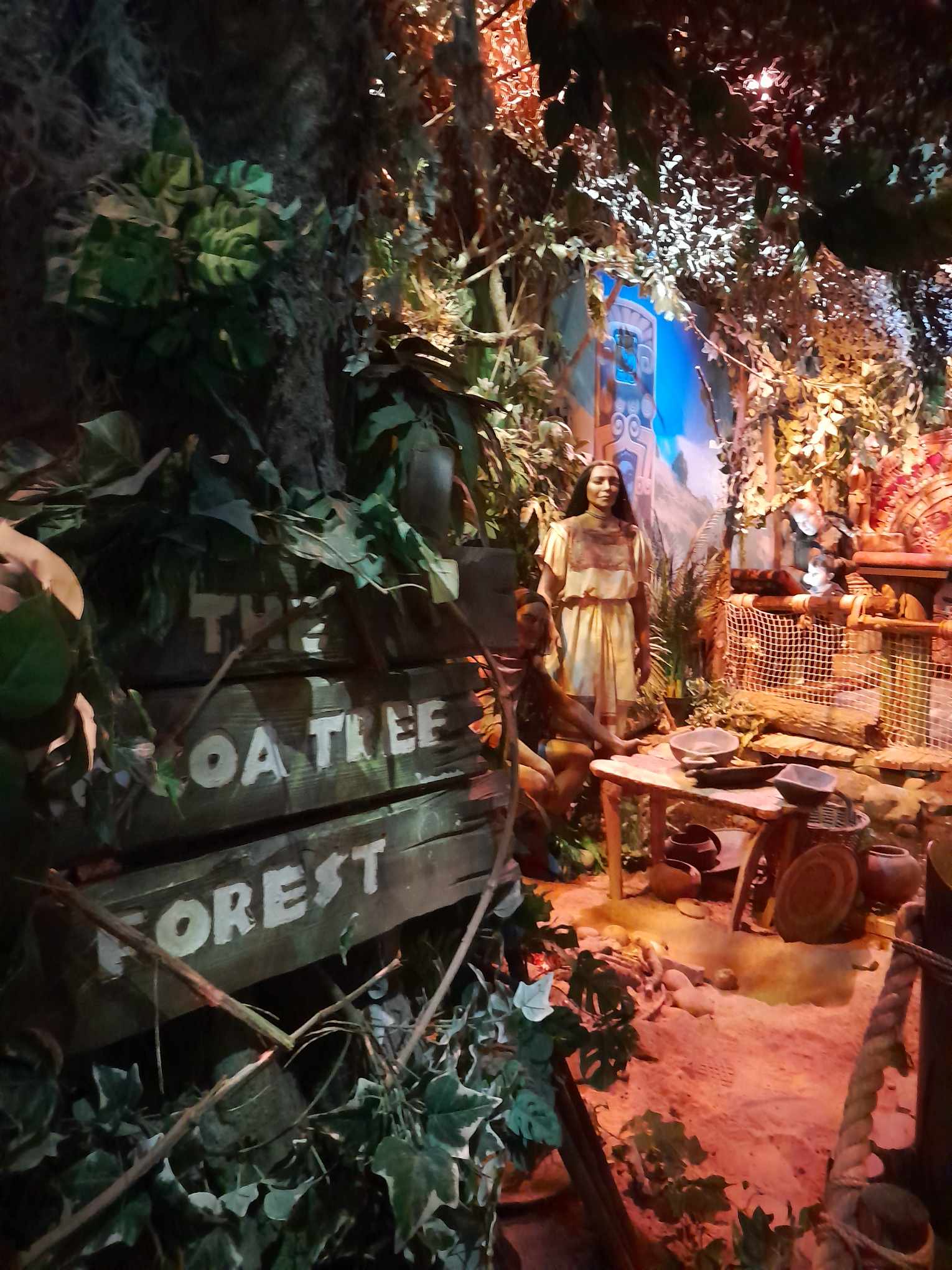
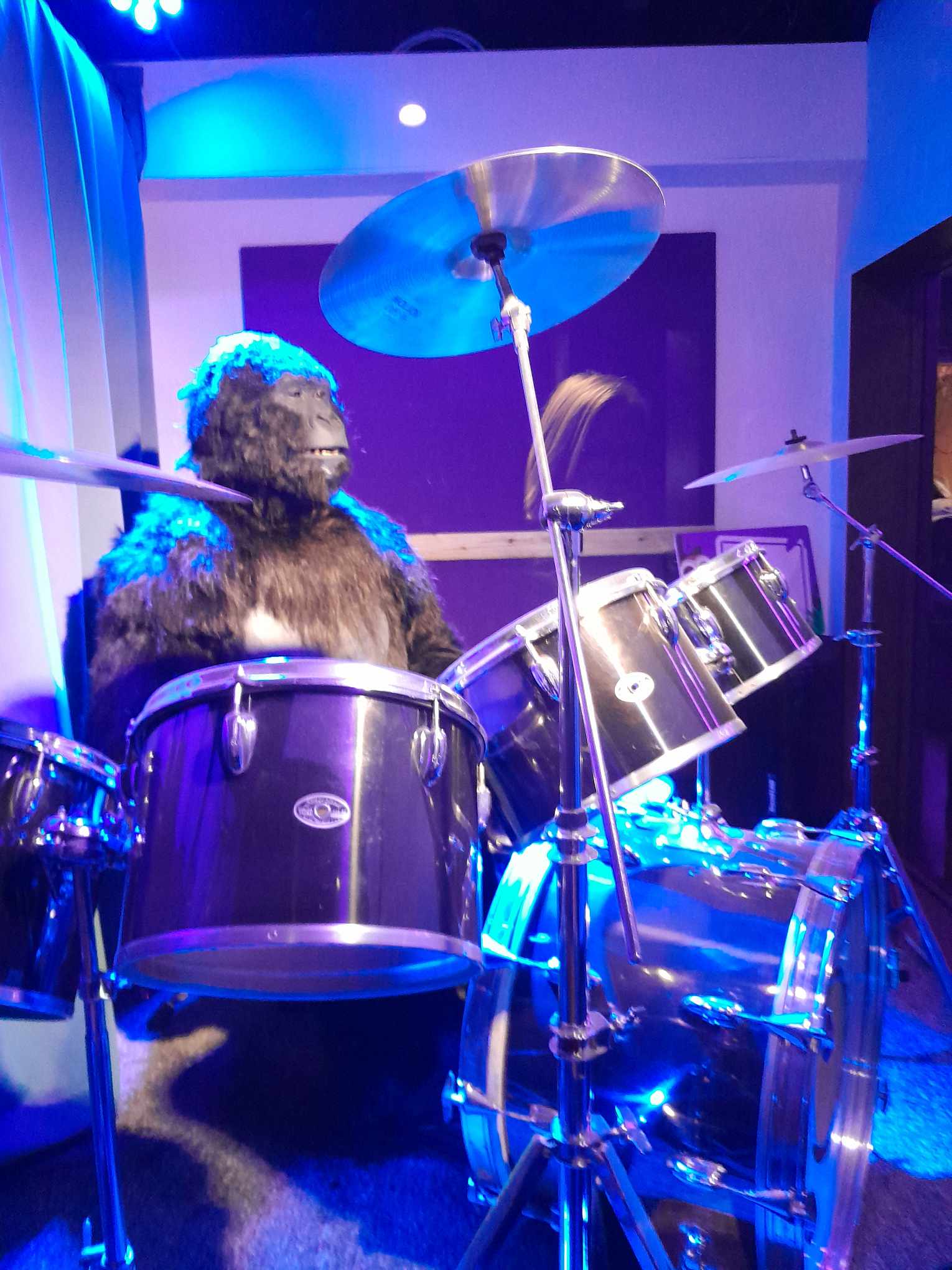
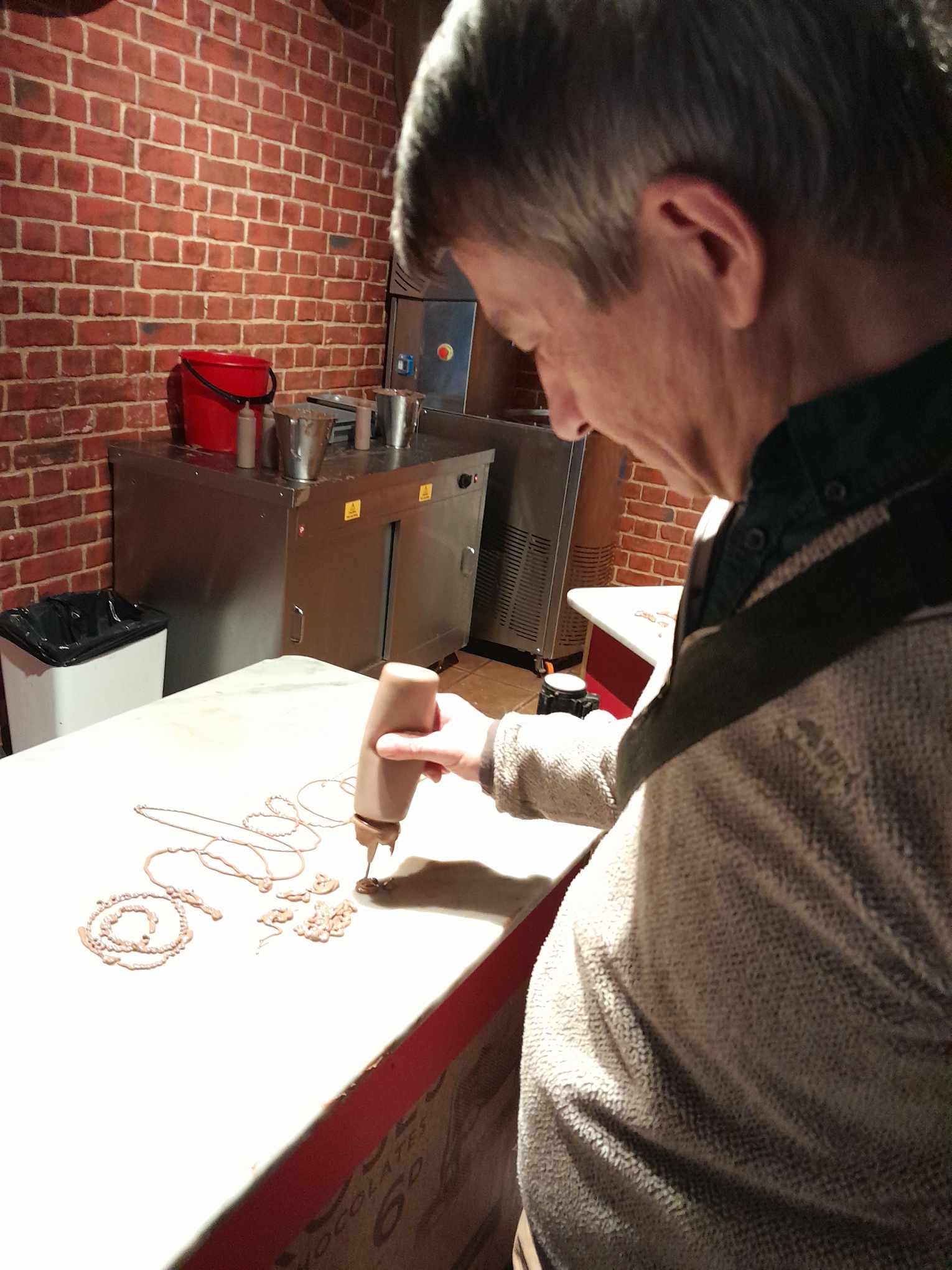
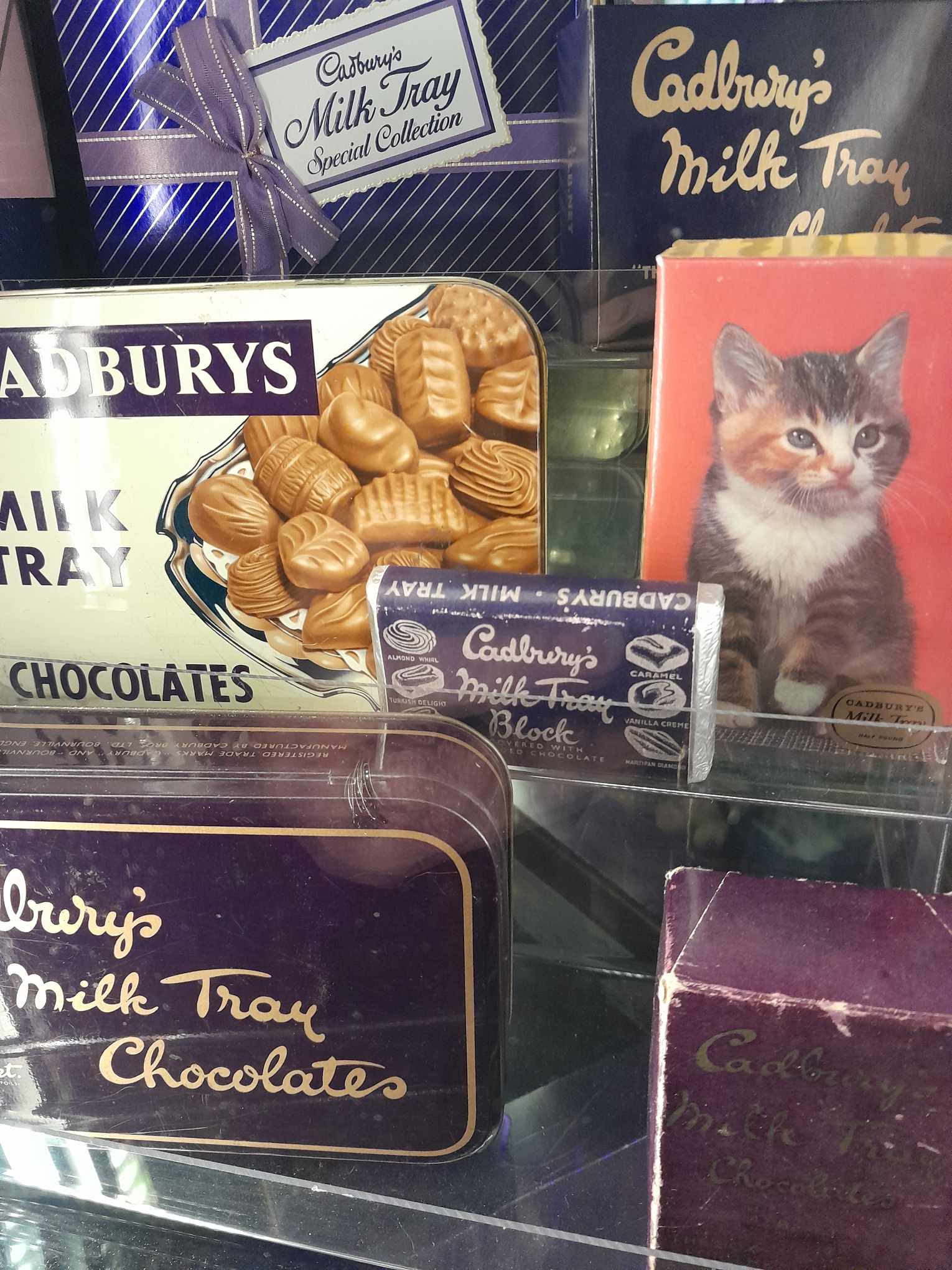
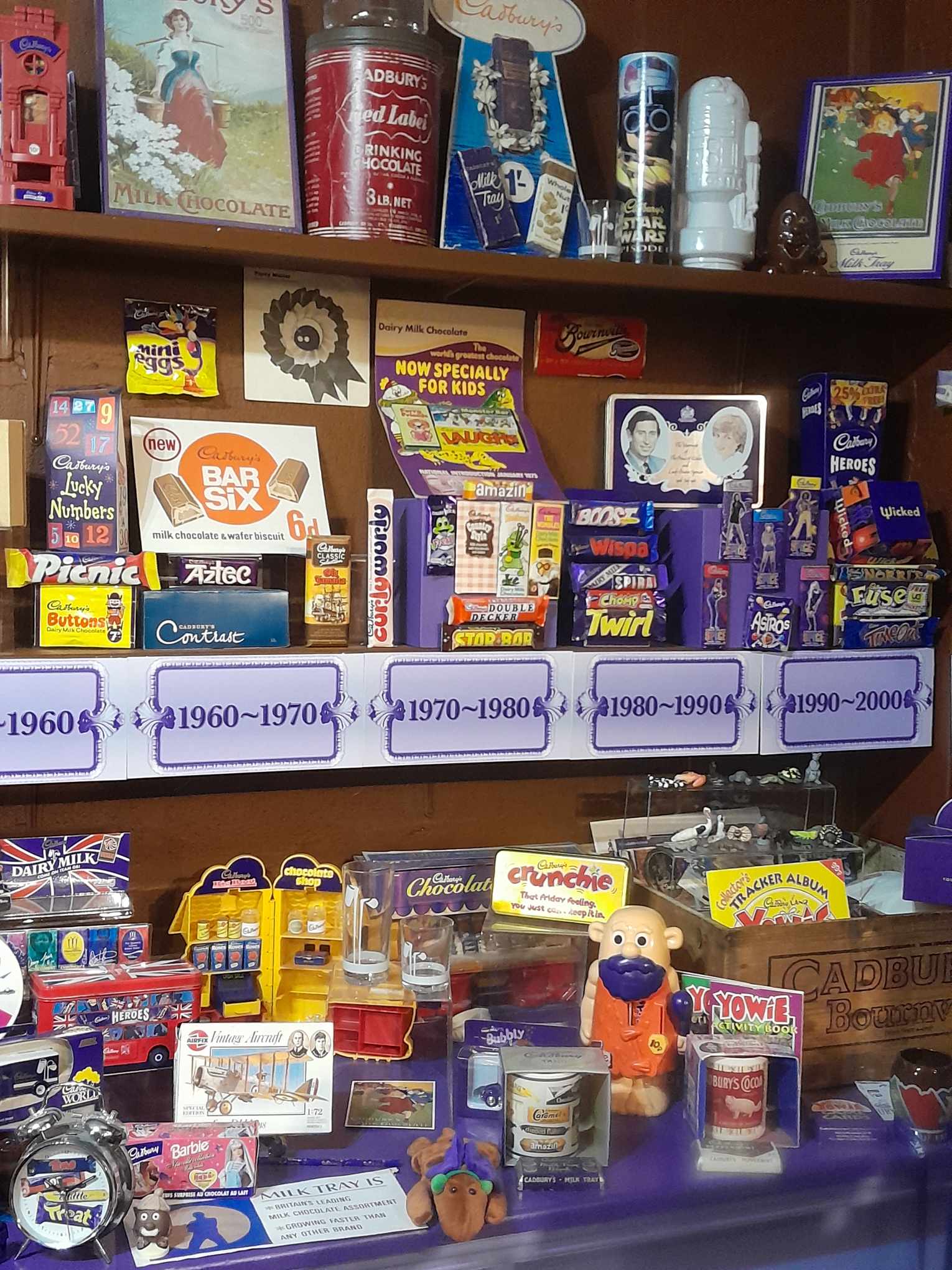
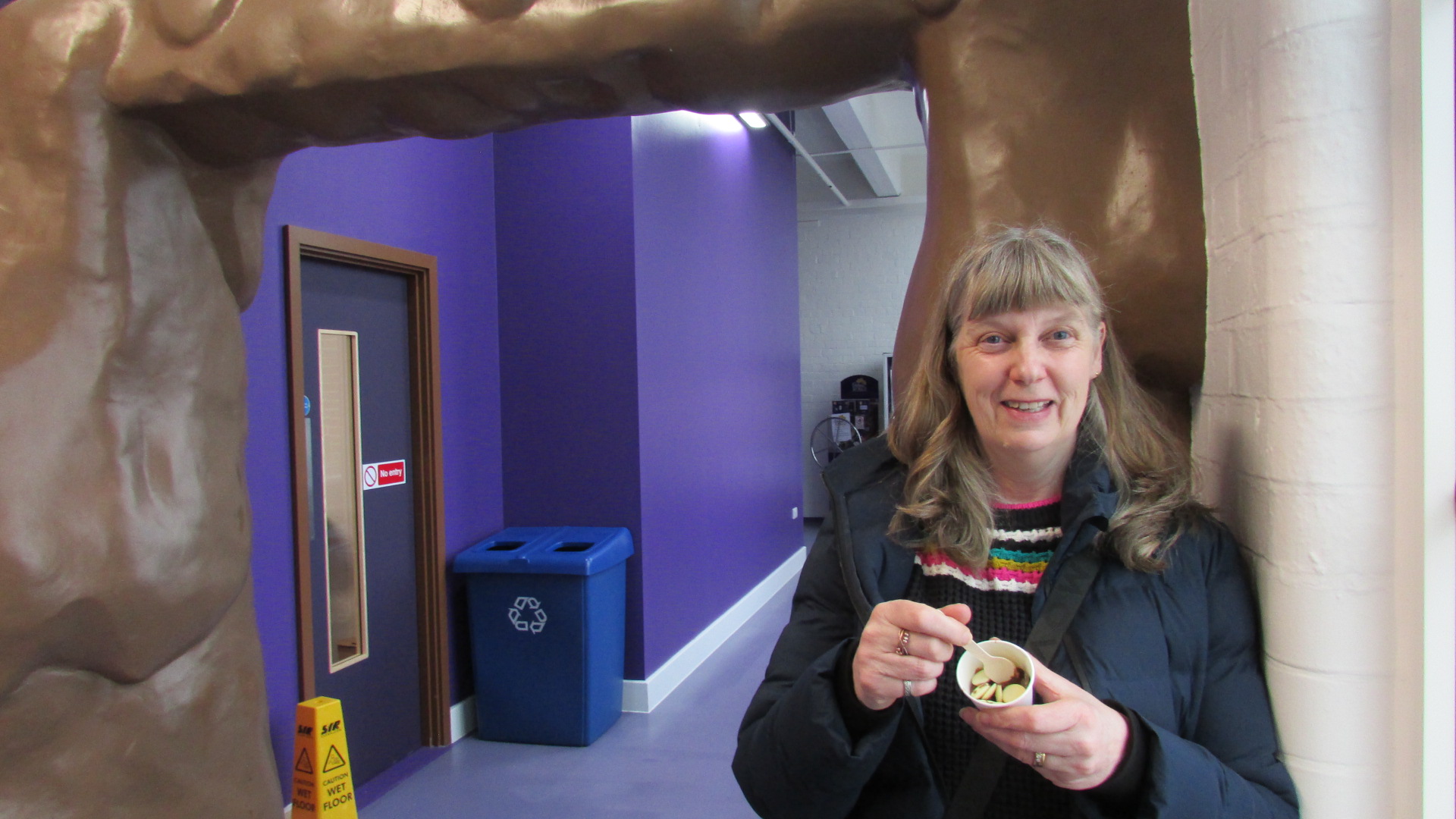
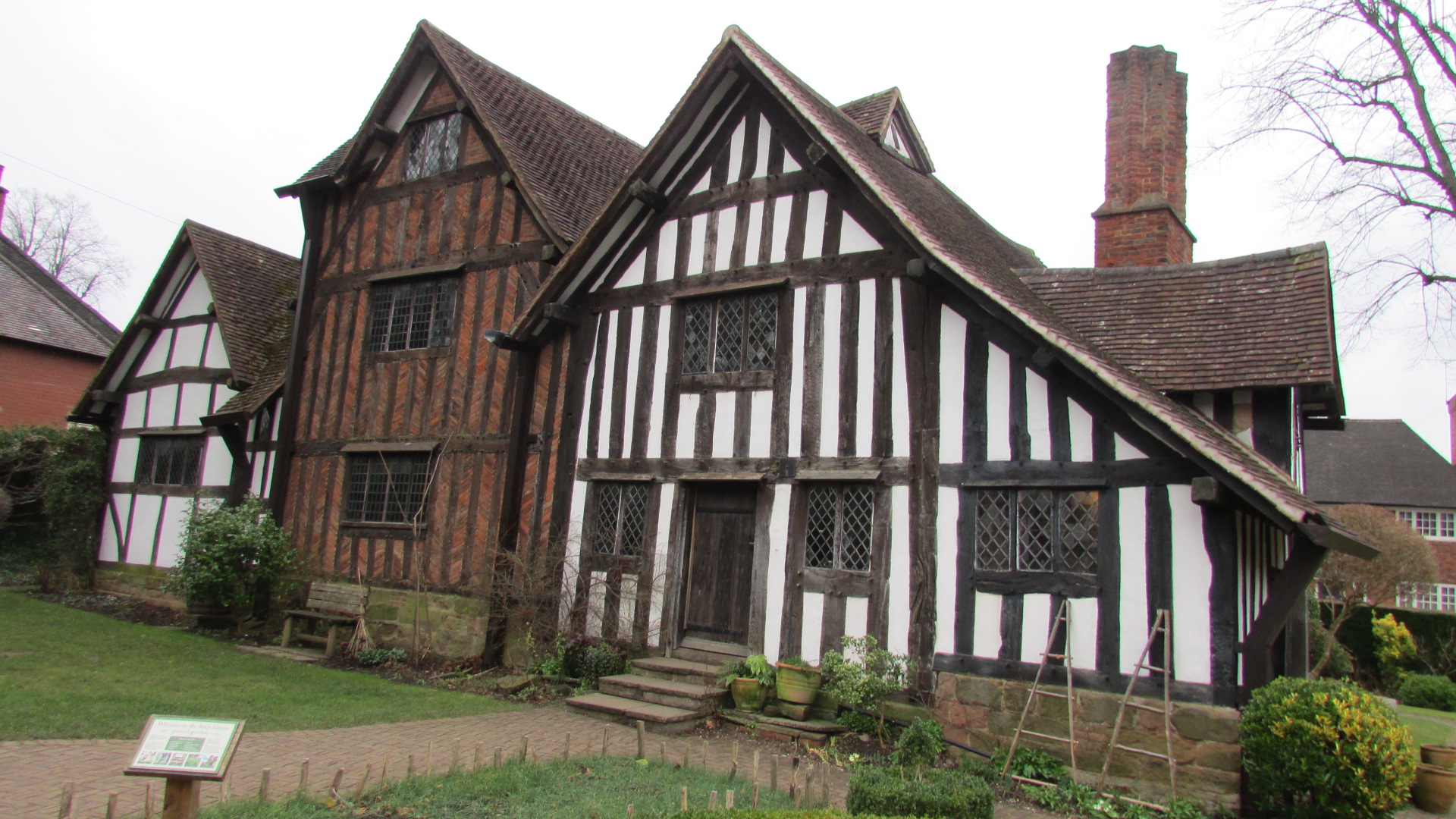
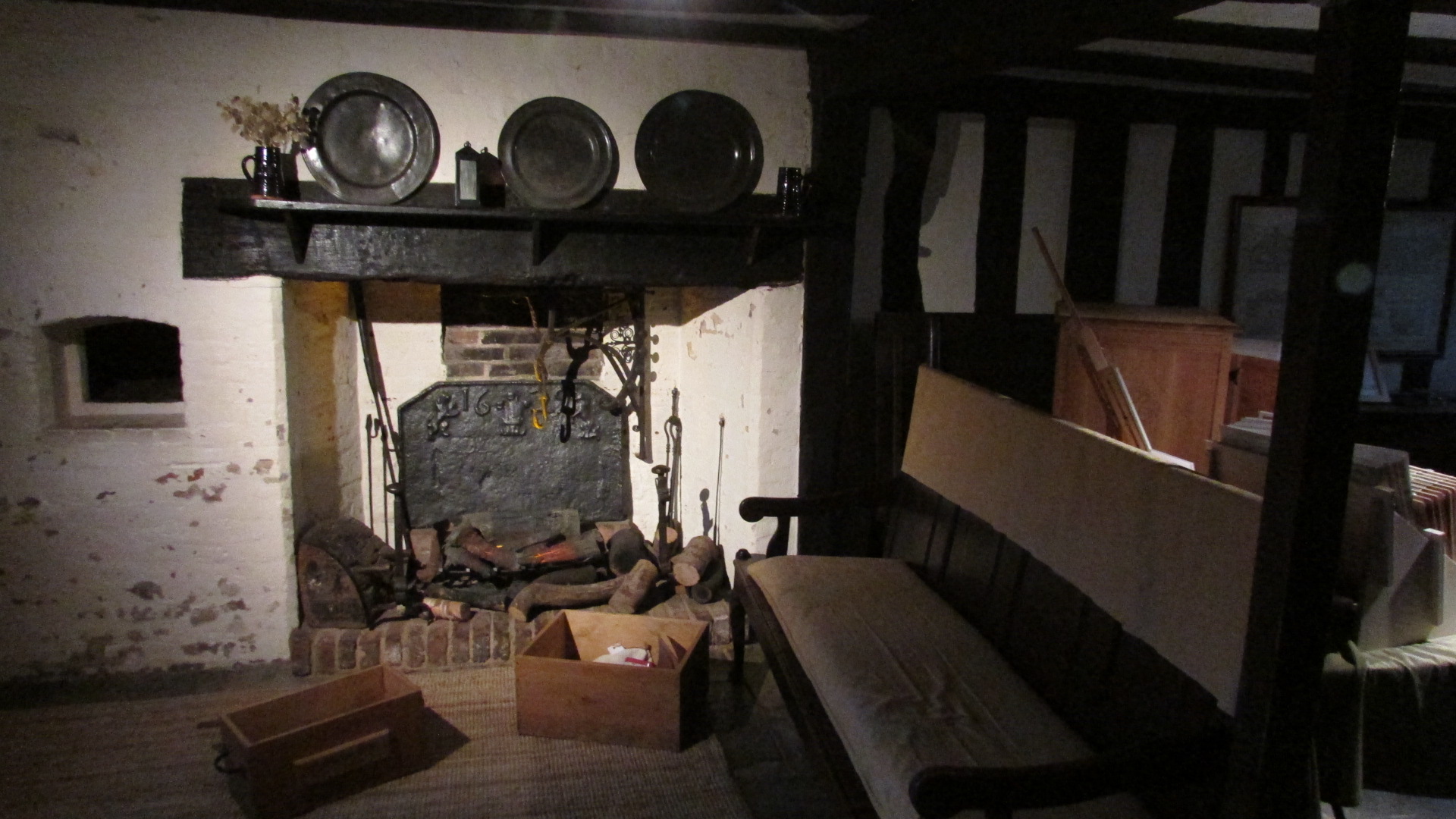

The Young V&A Museum
(formerly the Museum of Childhood)
Cambridge Heath Road, Bethnal Green, London E2 9PA
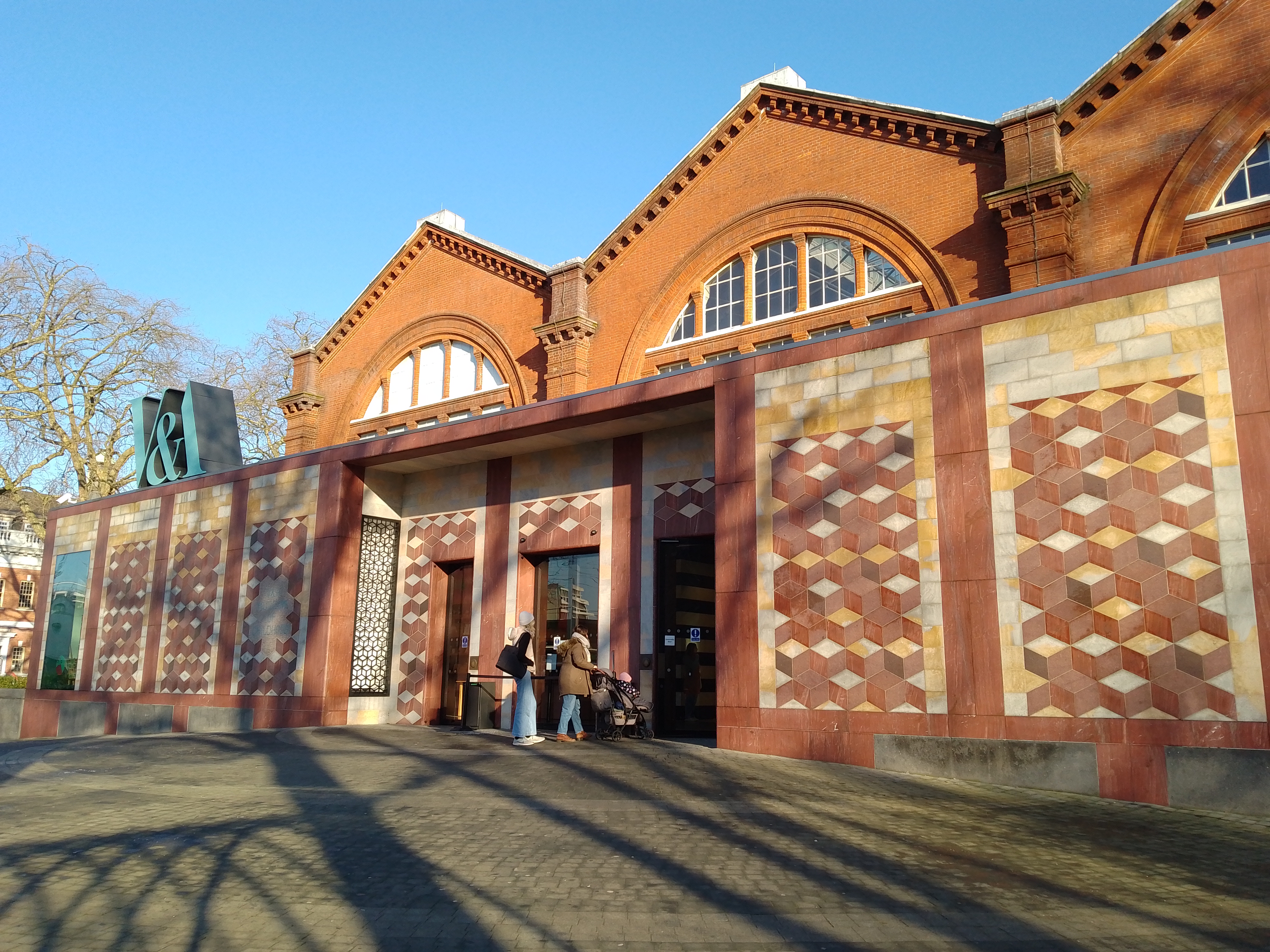
After consultation with over 20,000 children and the local
community, this museum has recently had a £13 million revamp to transform it
from what was a museum of nostalgic childhood to a museum for modern children. Its primary
audience is 0-14 years of age, but there is still plenty on offer to entertain
older members of the family too, as my husband and I found out when we visited
recently.
